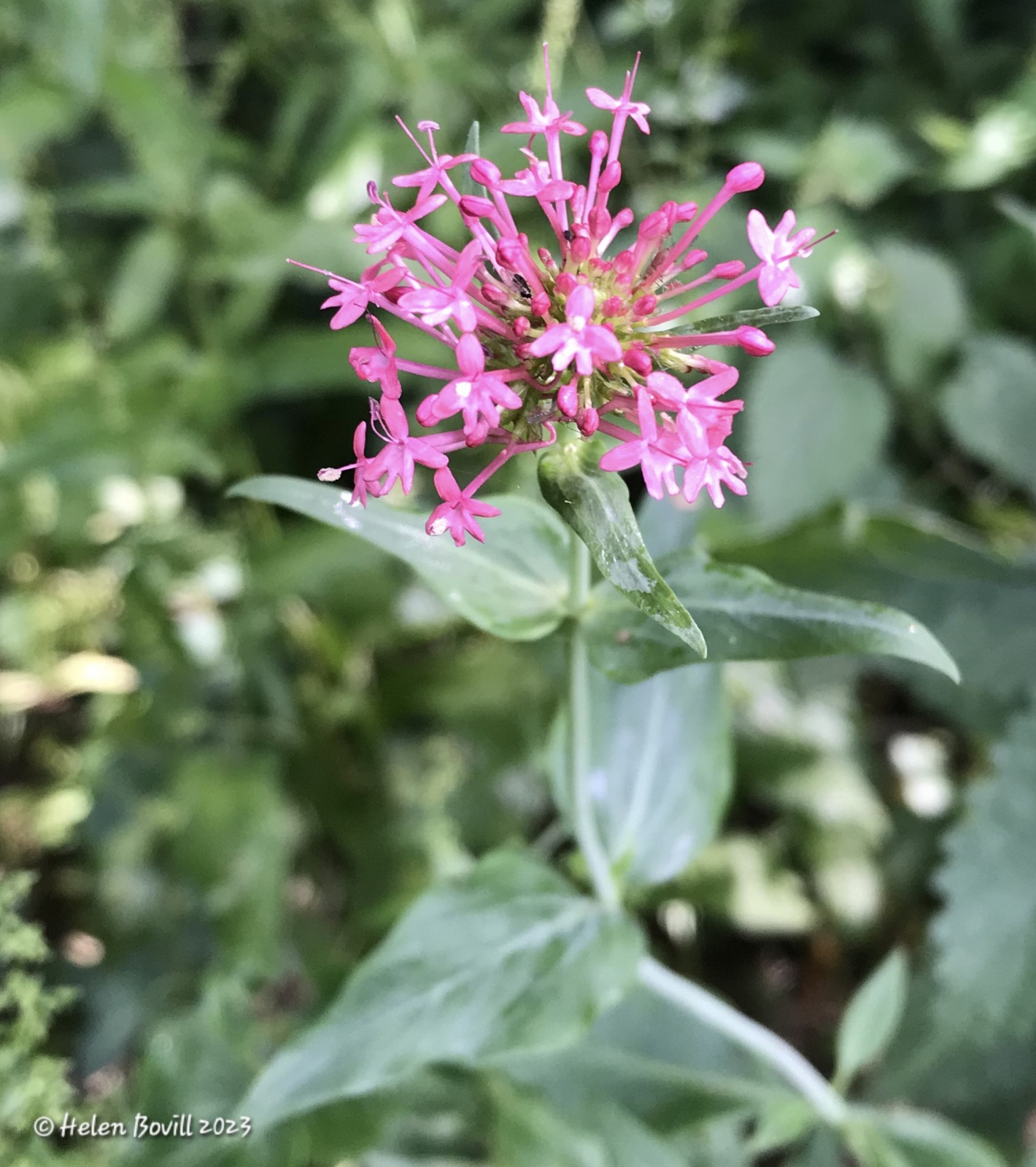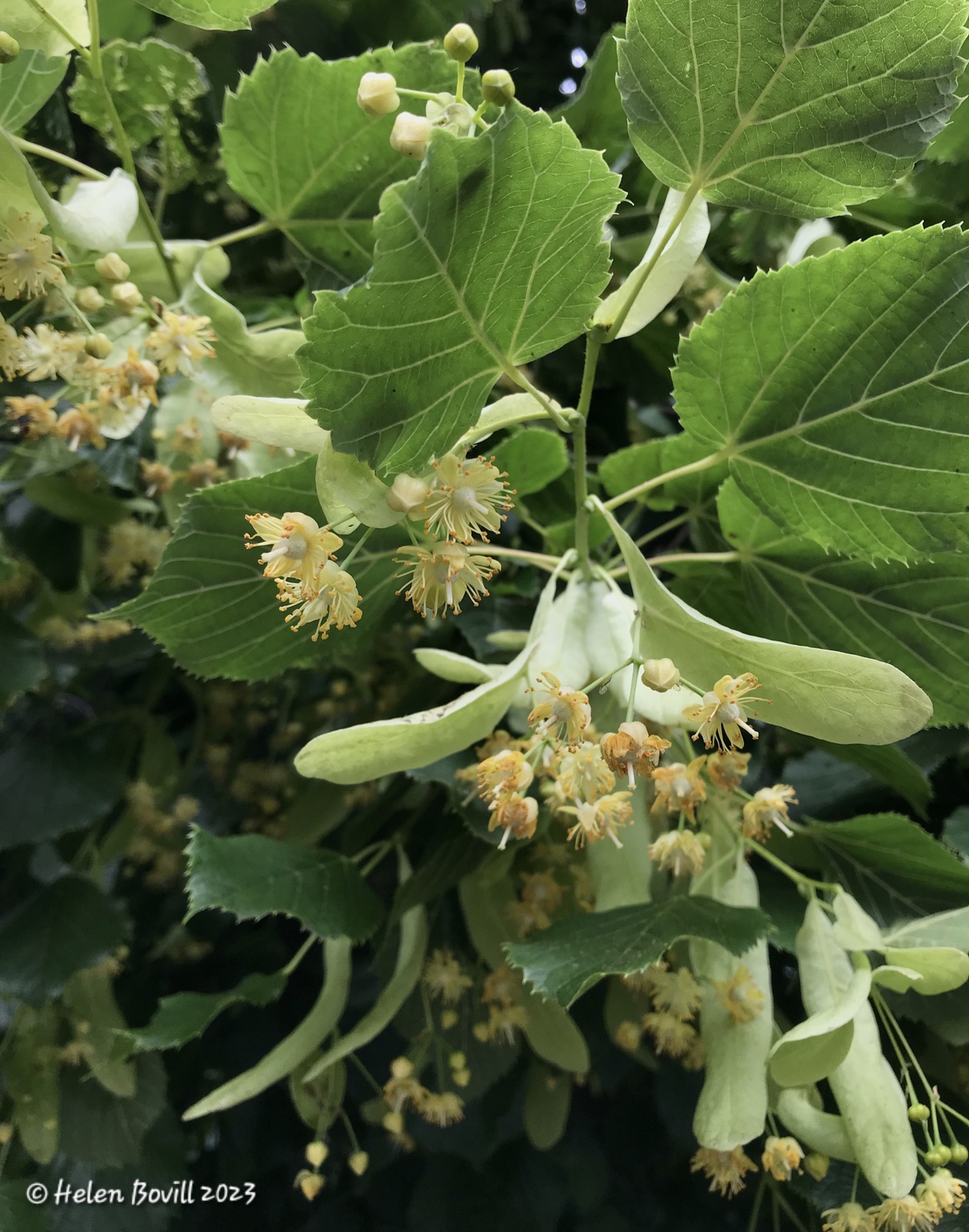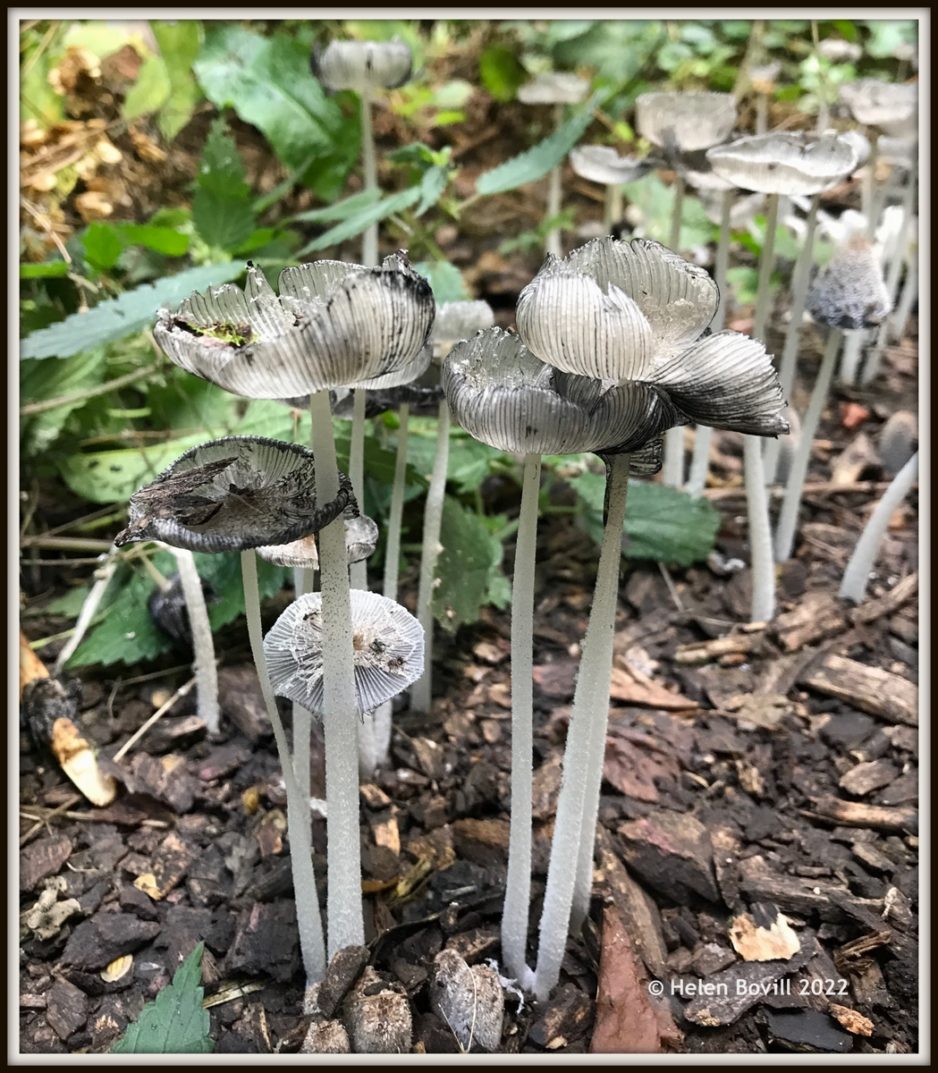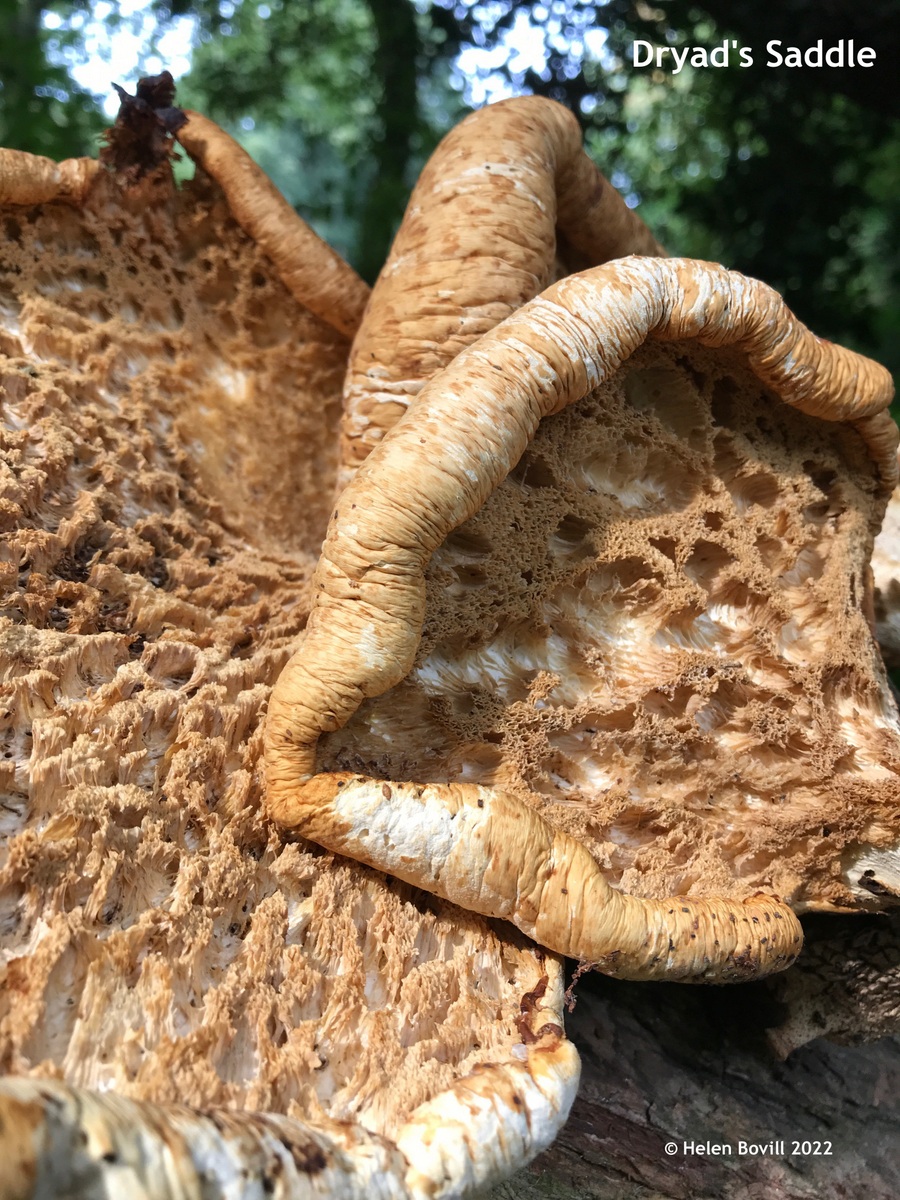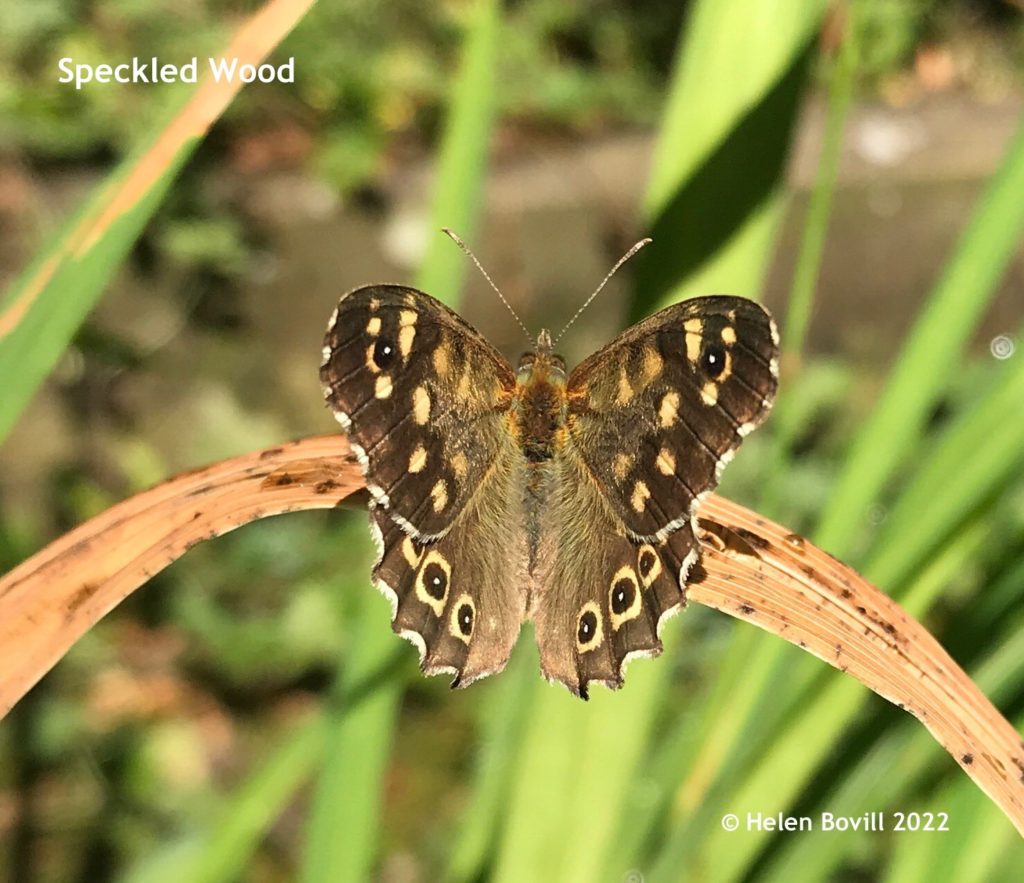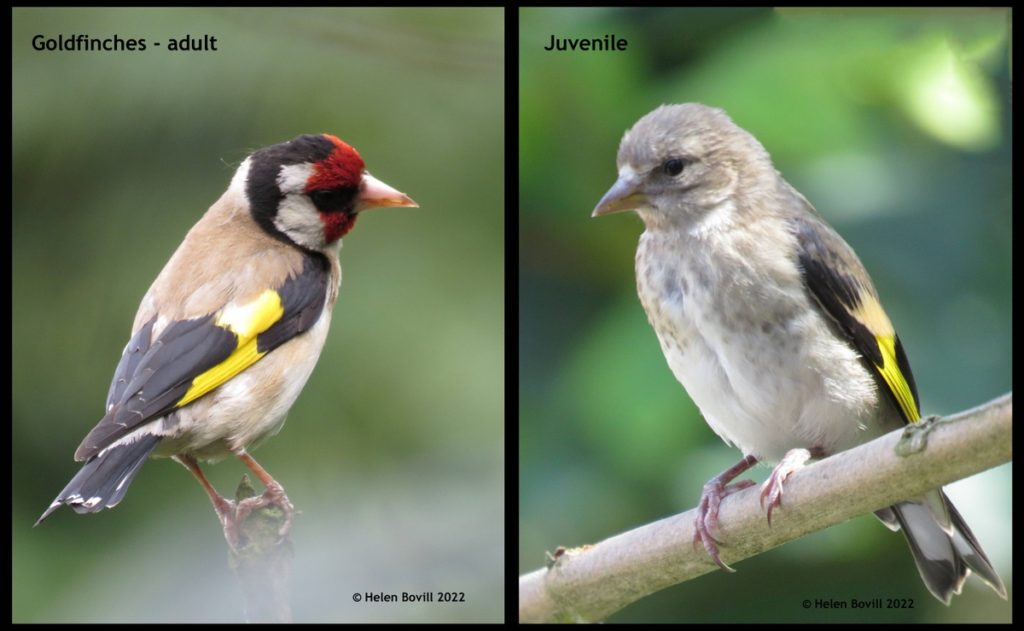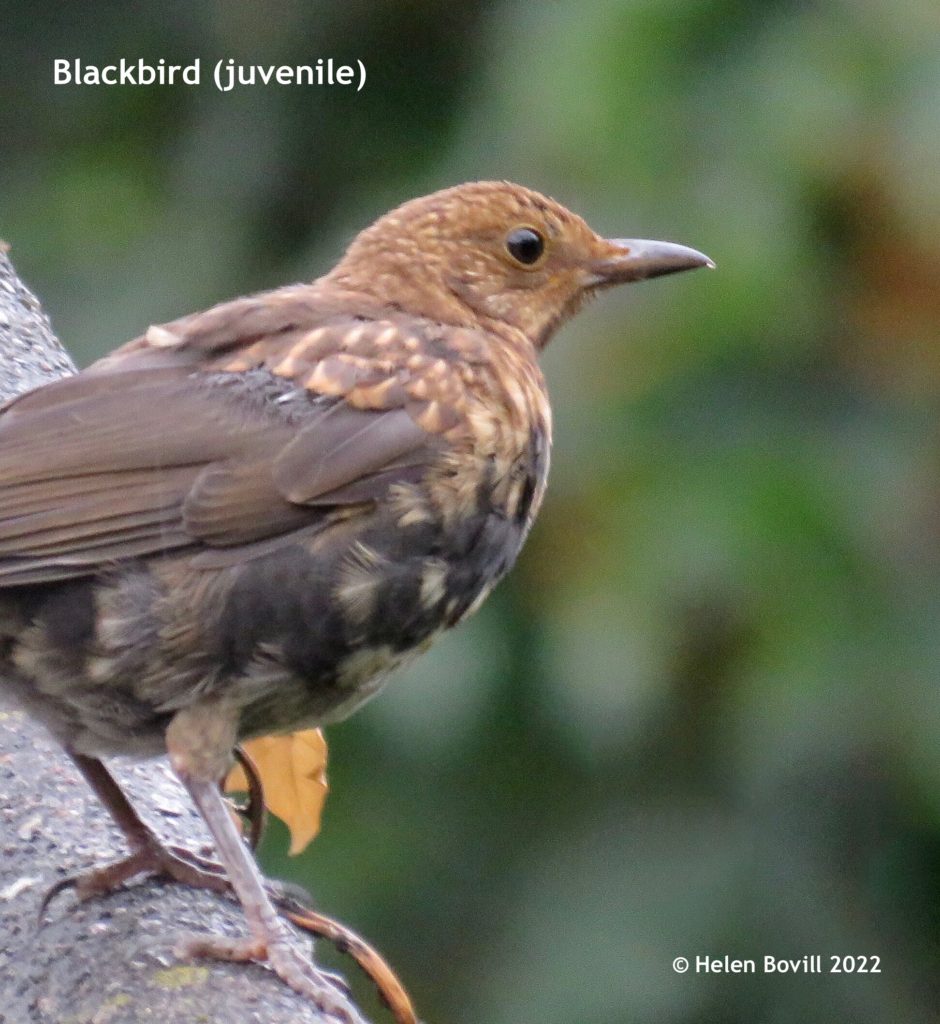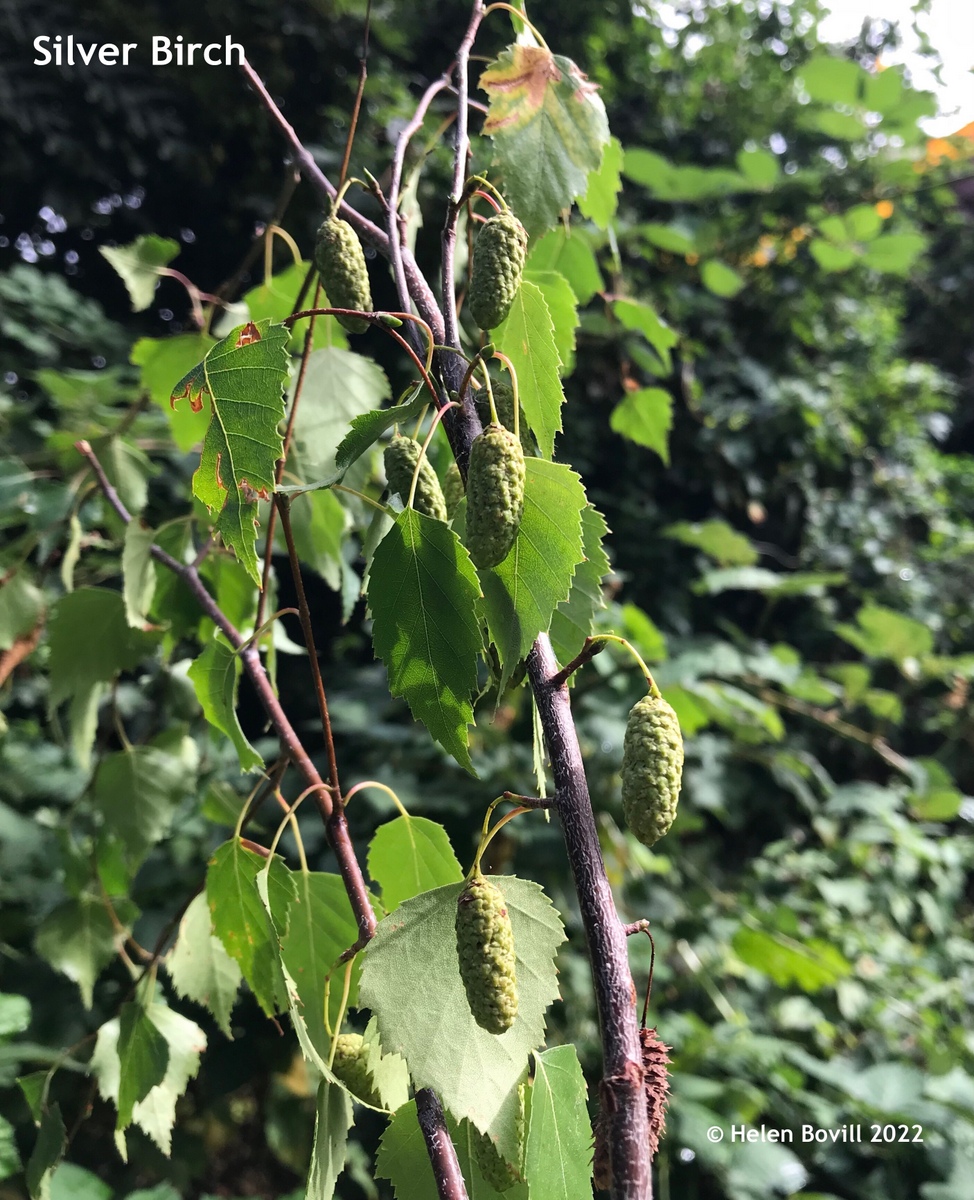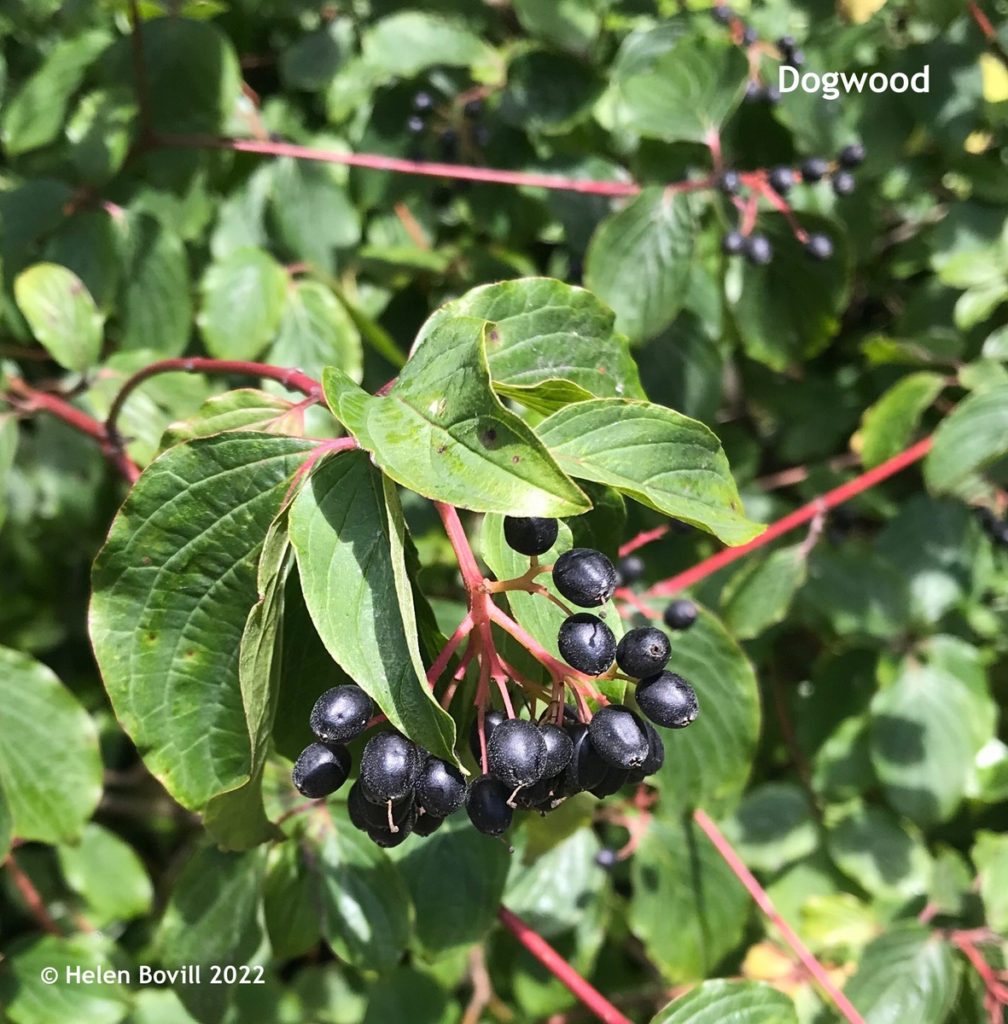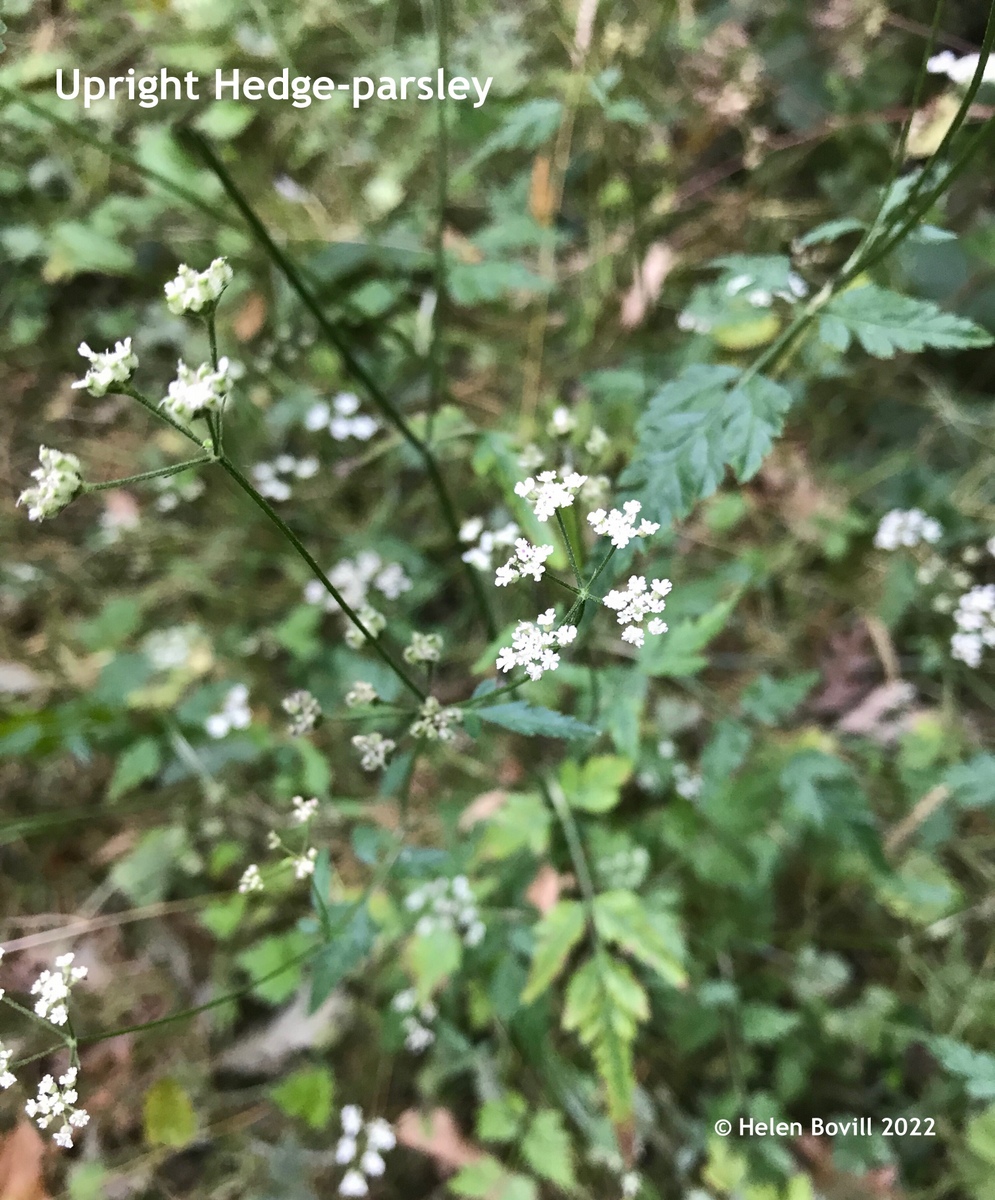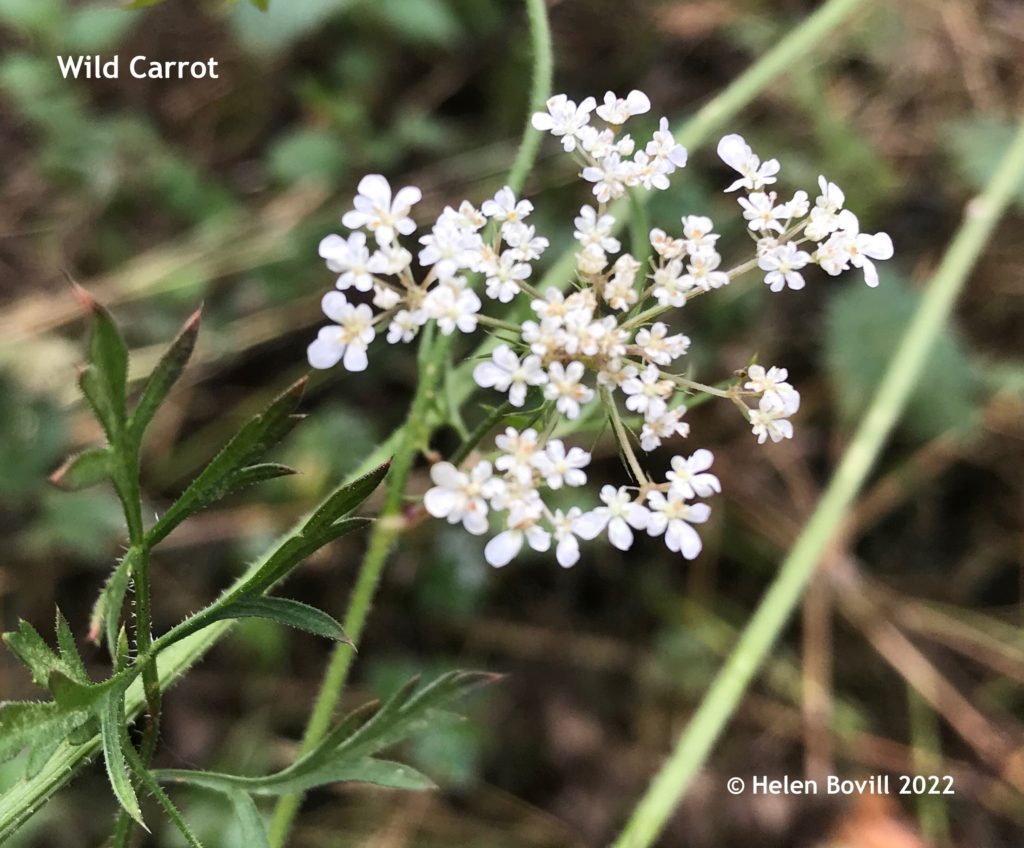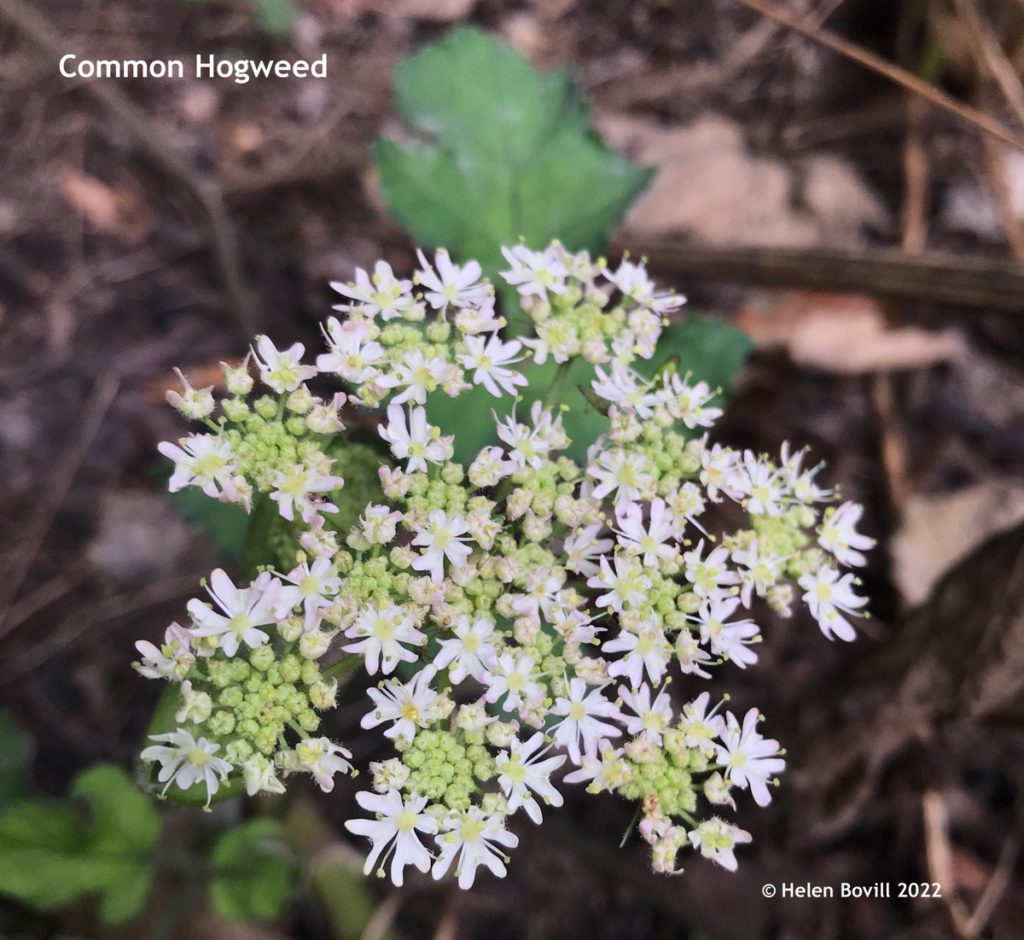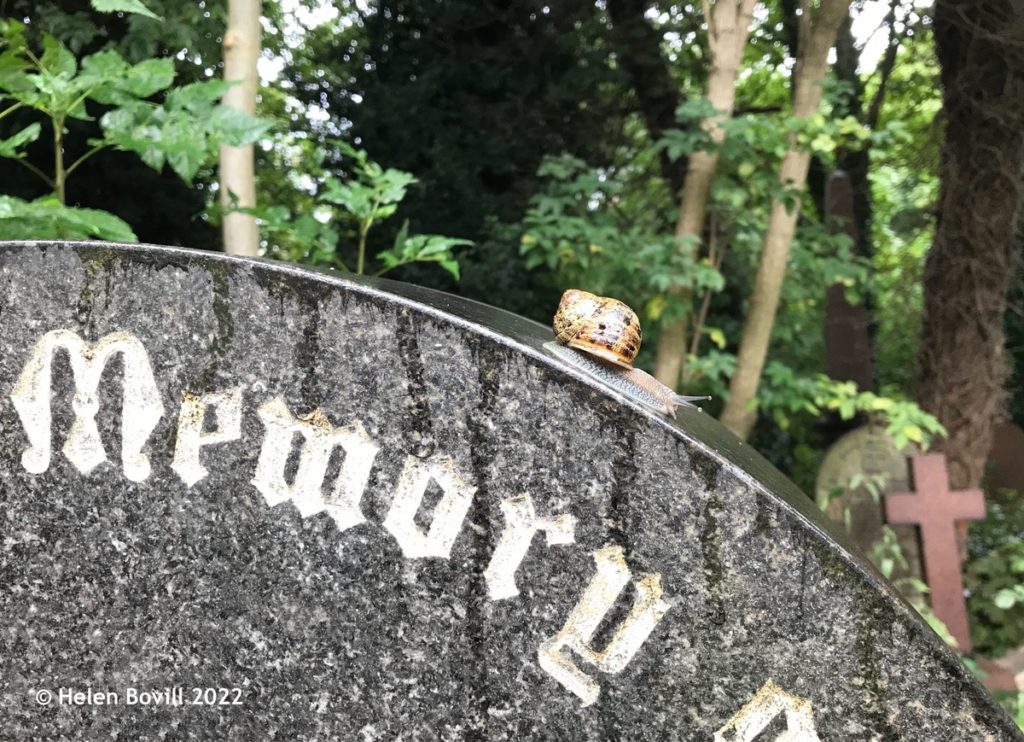The month started off cold and wet, and up to the middle of the month the footpaths were still muddy. But warmer, sunnier weather arrived later in the month and continued to the end of it. I had plenty of opportunities to watch the cemetery wildlife during this busy time of the year. The dry footpaths made it particularly pleasurable for me, as did the smell of the flowers on the privet bushes dotted around the cemetery.
Plants
New Species
Most of the cow parsley and a lot of the hogweed has now died back. Although this can look a little unsightly in places, it has allowed some different plants to come through and I found four new species that I hadn’t noticed in the cemetery before.
The first of these was Meadowsweet (see photo above). This was growing on the grass verge alongside the cemetery. It might be one of the plants the volunteers set along there in November 2022 but which has only just managed to flower for the first time this year.
I also found some Corky-fruited Water-Dropwort – at least, I’m pretty sure that’s what it is. It wasn’t planted by the volunteers, it being on a different part of the verge to the area that was planted.

So it’s worth bearing in mind at this time of the year that not every plant with a round cluster of densely packed white flowers is Cow Parsley or Hogweed!
One of the things we did plant was Common Birds-foot Trefoil, and I was delighted to find some of it in flower.
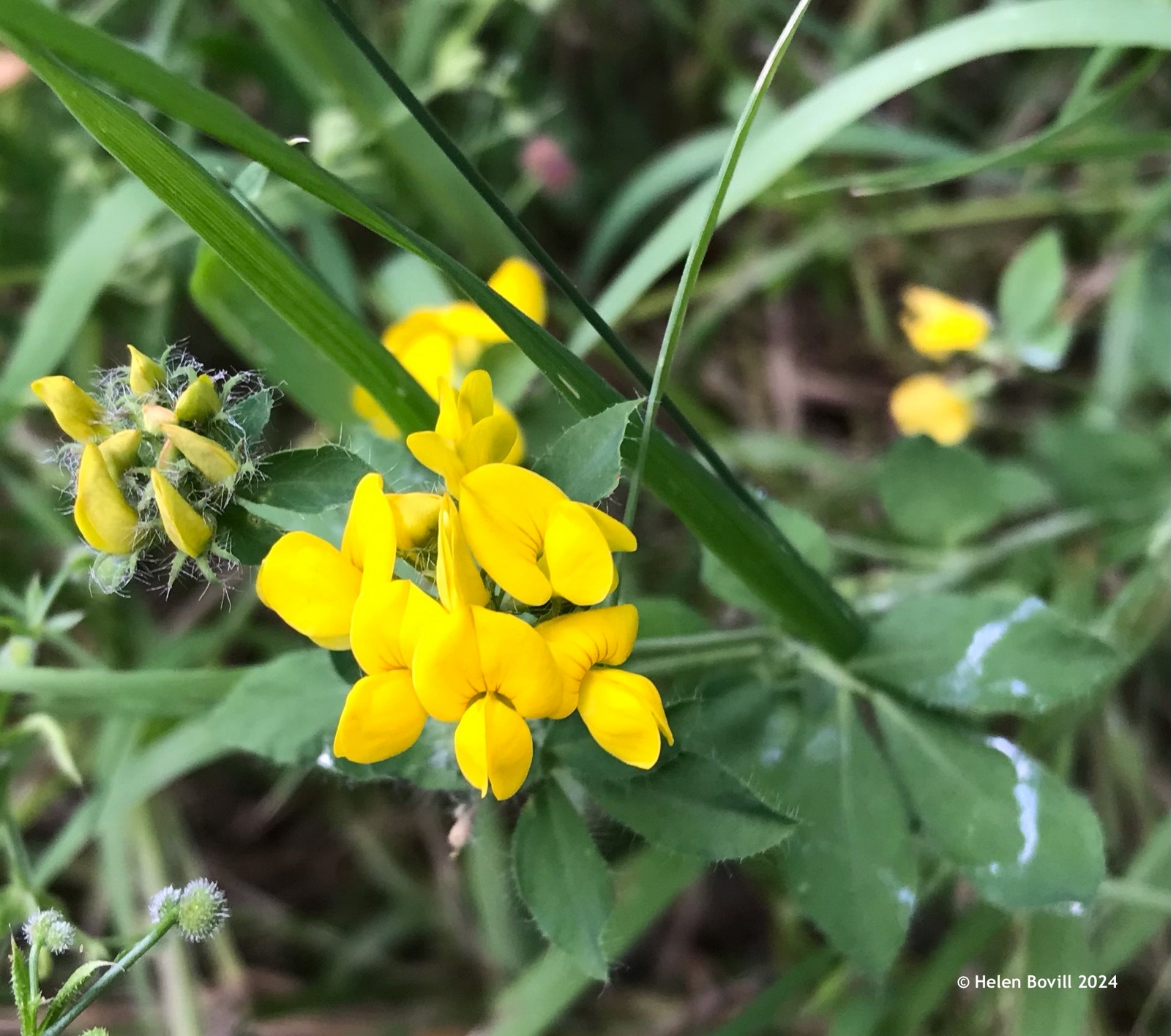
I also found a very similar-looking plant, albeit considerably taller, growing nearby. It looked very much like Meadow Vetchling.
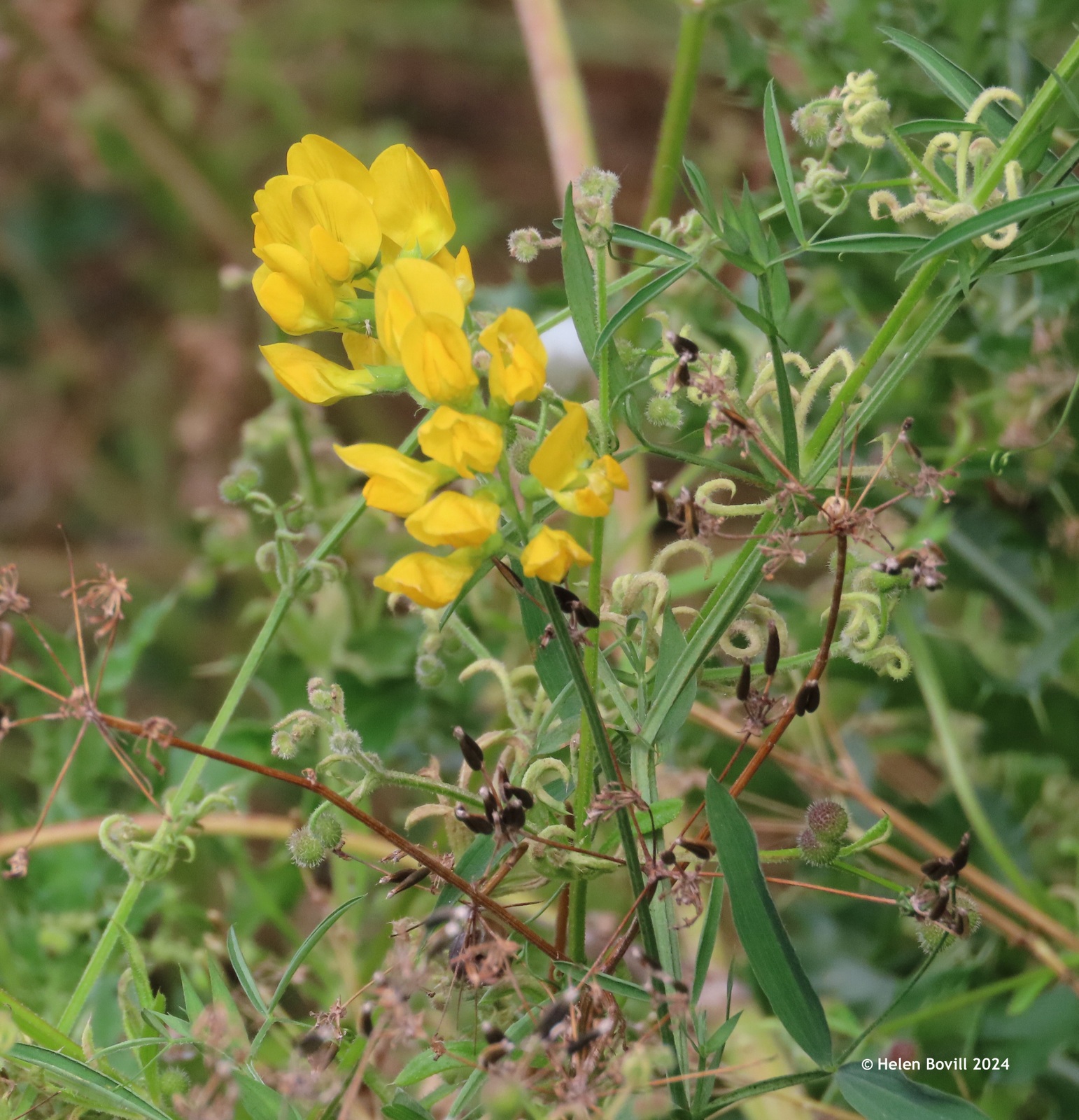
Established Species
Staying with yellow flowers, I also saw a few clusters of Common Ragwort on the grass verge. This is a perennial plant, flowering every other year. It’s great for the insect branch of the cemetery wildlife, and can flower until as late as November.
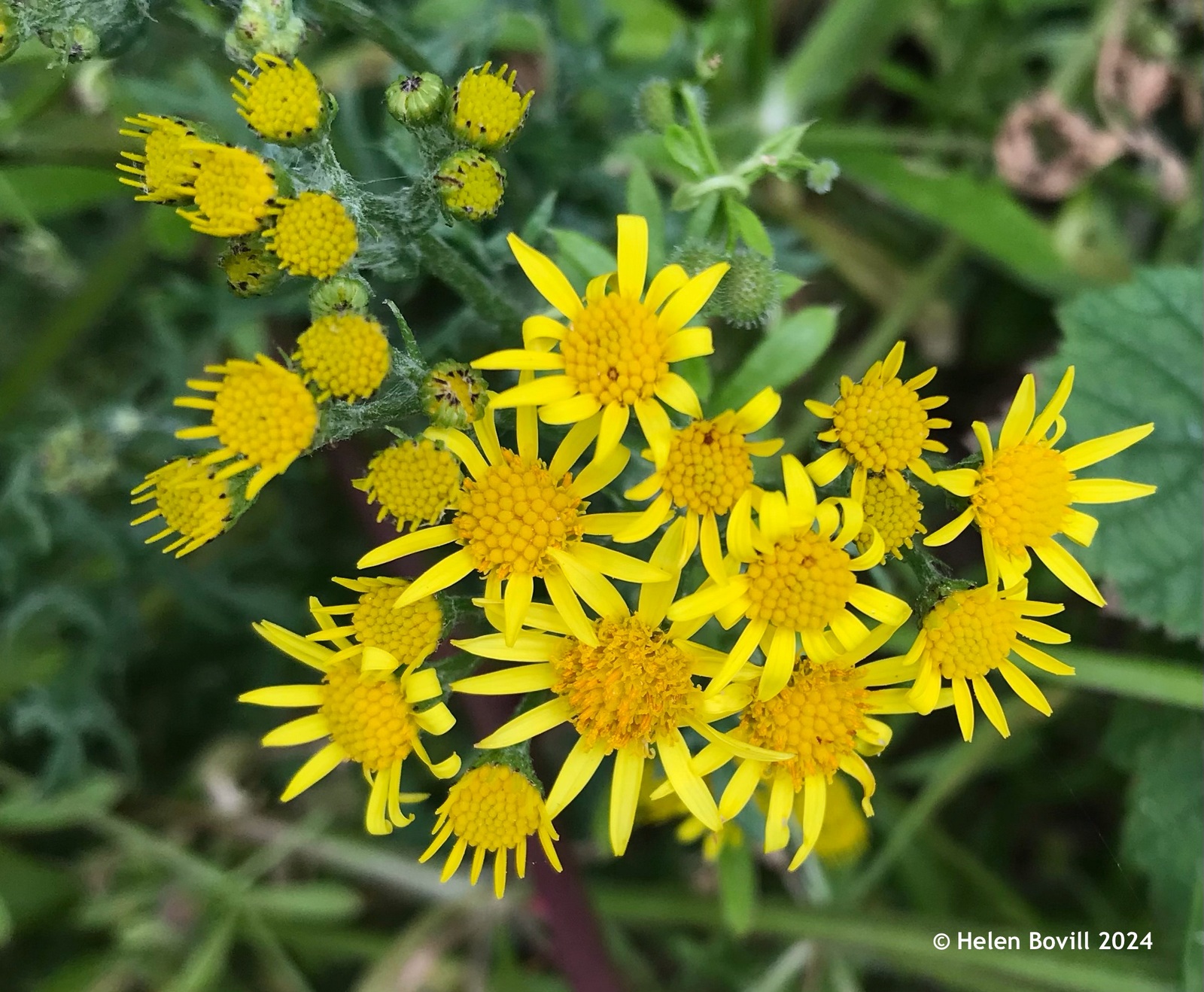
I found two different types of Mallow growing on the verge – Musk Mallow, one of the plants set by the volunteers in 2022, and Common Mallow, which is just growing wild.
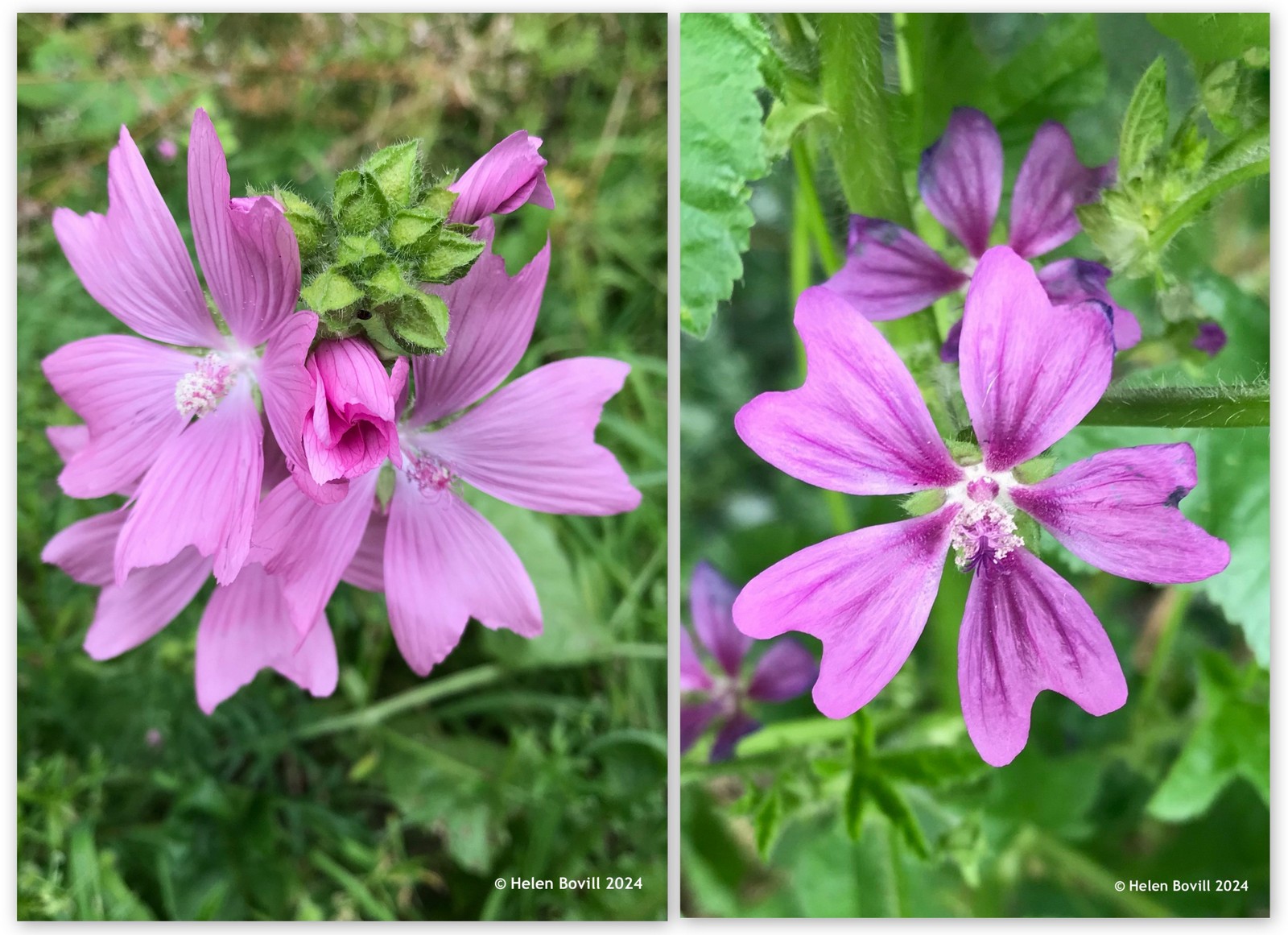
Also on the verge I found a nice patch of Feverfew.
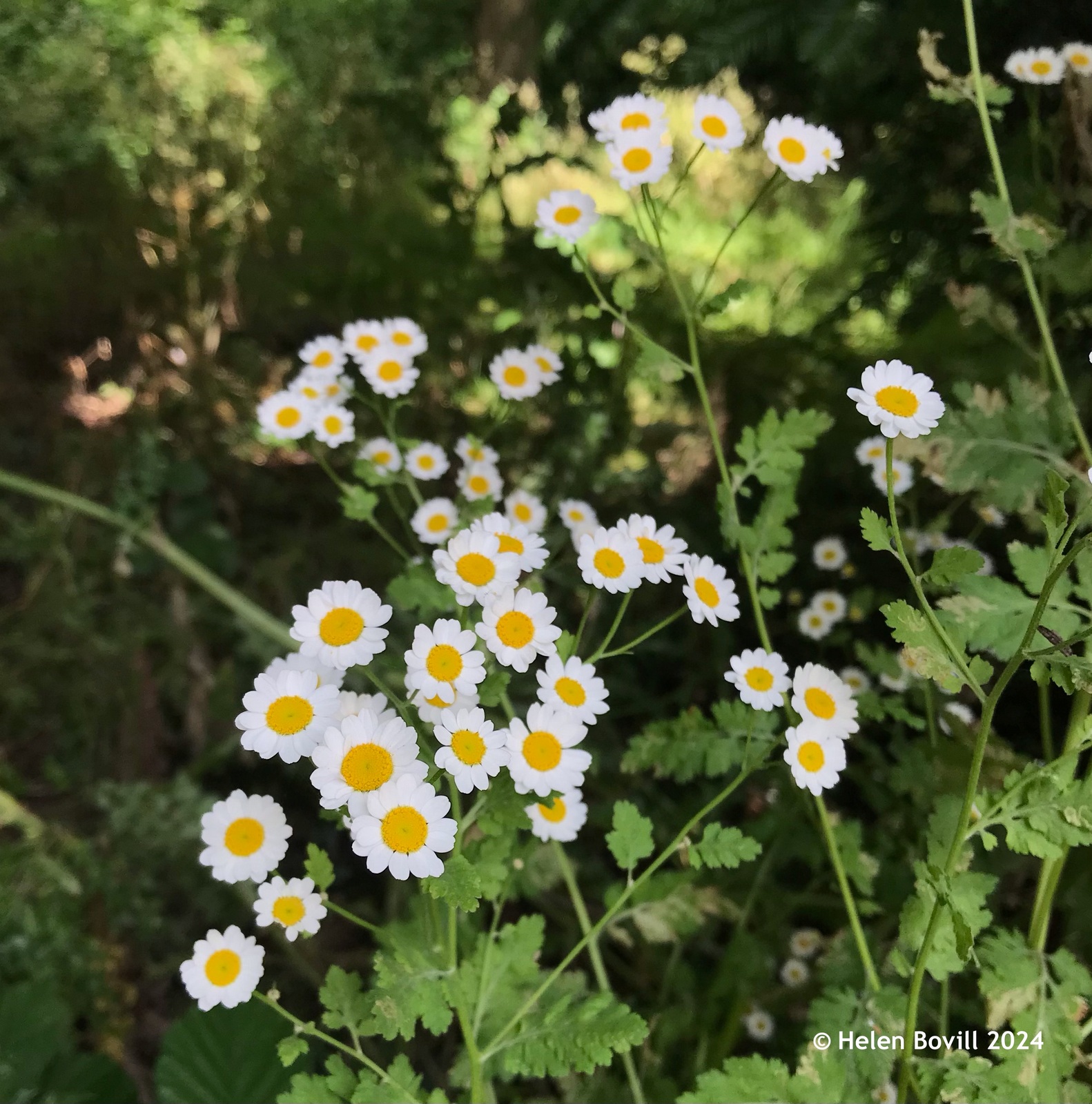
Inside the cemetery I found some Hedge Woundwort and some Wall Lettuce, although it bears no resemblance whatsoever to the lettuce you’d have with a salad!
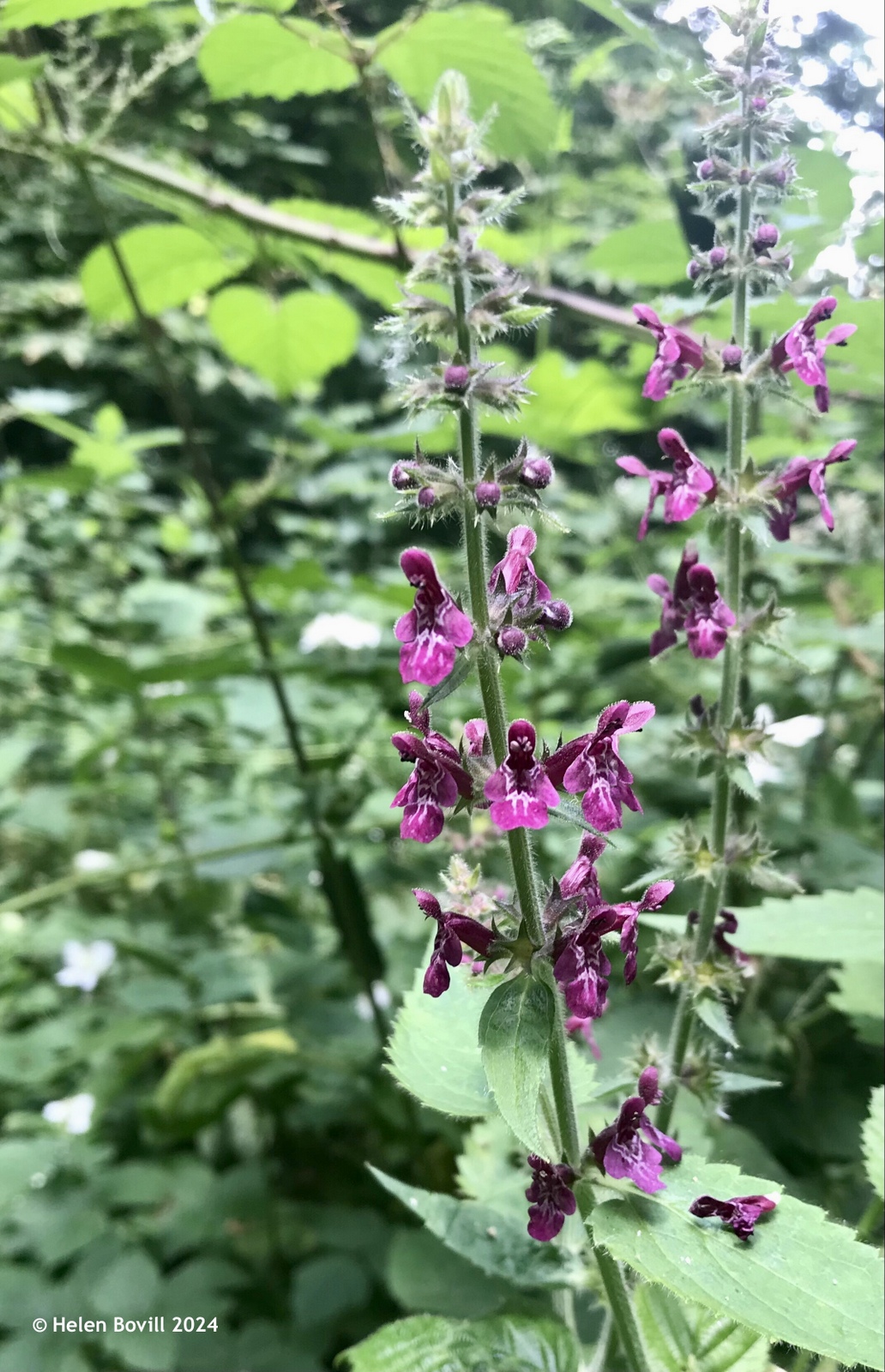
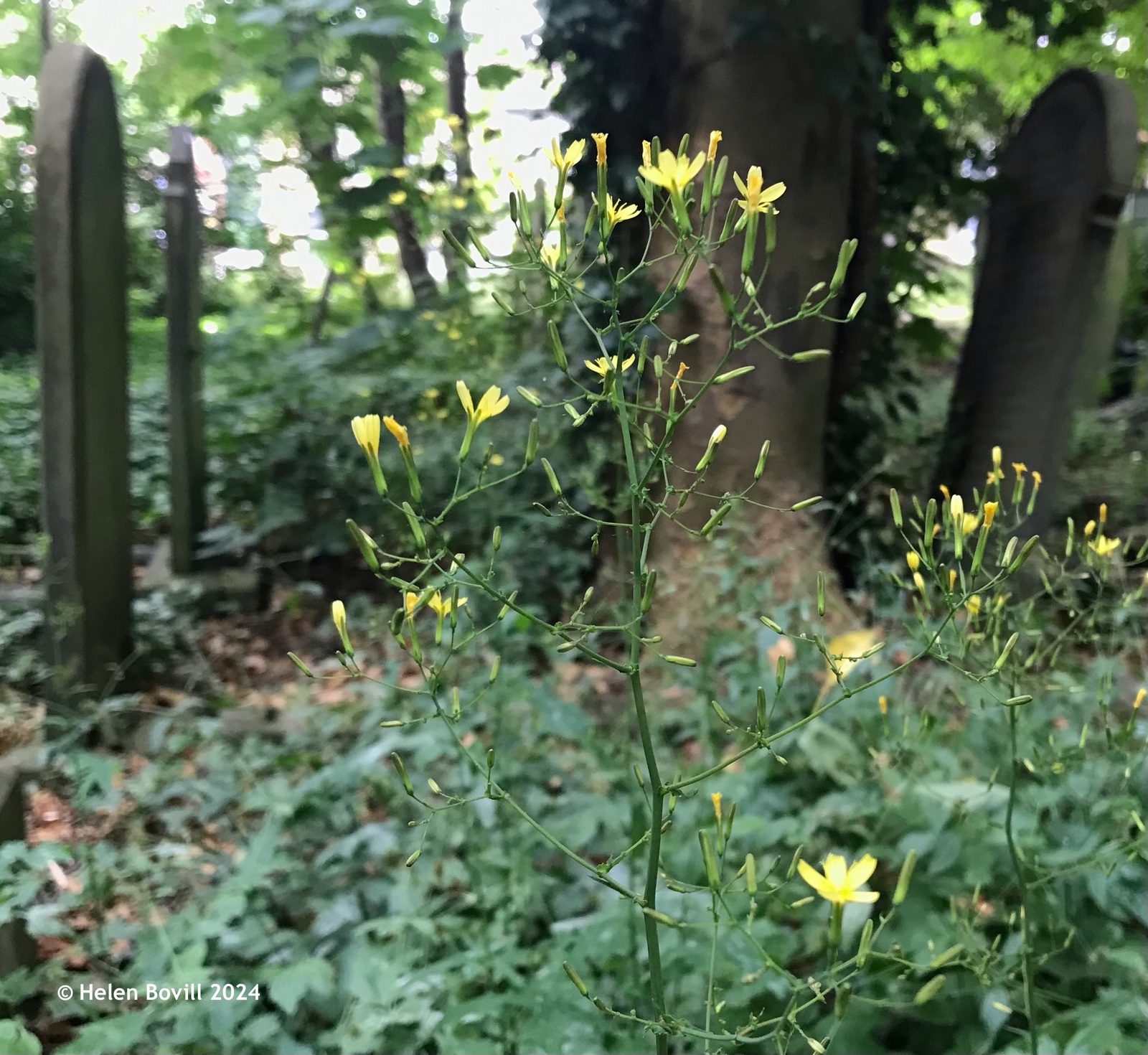
There’s still plenty of Herb Robert growing in various places in the cemetery – this pretty little pink wildflower seems to be having a very good year. I also saw plenty of Campion – both red and white varieties – growing in the cemetery and on the grass verge. Other wildflowers I’ve seen this month are dandelions, knapweed, thistles, buttercups and Hedge Mustard.
Insects
Despite the abundance of flowers and nectar, it’s been a very poor month for butterflies. I saw just one Red Admiral and a couple of Speckled Wood, all in the Quaker Burial Ground. But we are in the “June gap” – this is the quiet period when the eggs laid by the early butterflies are hatching and developing into the next generation of butterflies ready for flight from July onwards.
I did see some bees, ladybirds, a Green Shield Bug and a few hoverflies including this Hornet Mimic hoverfly.
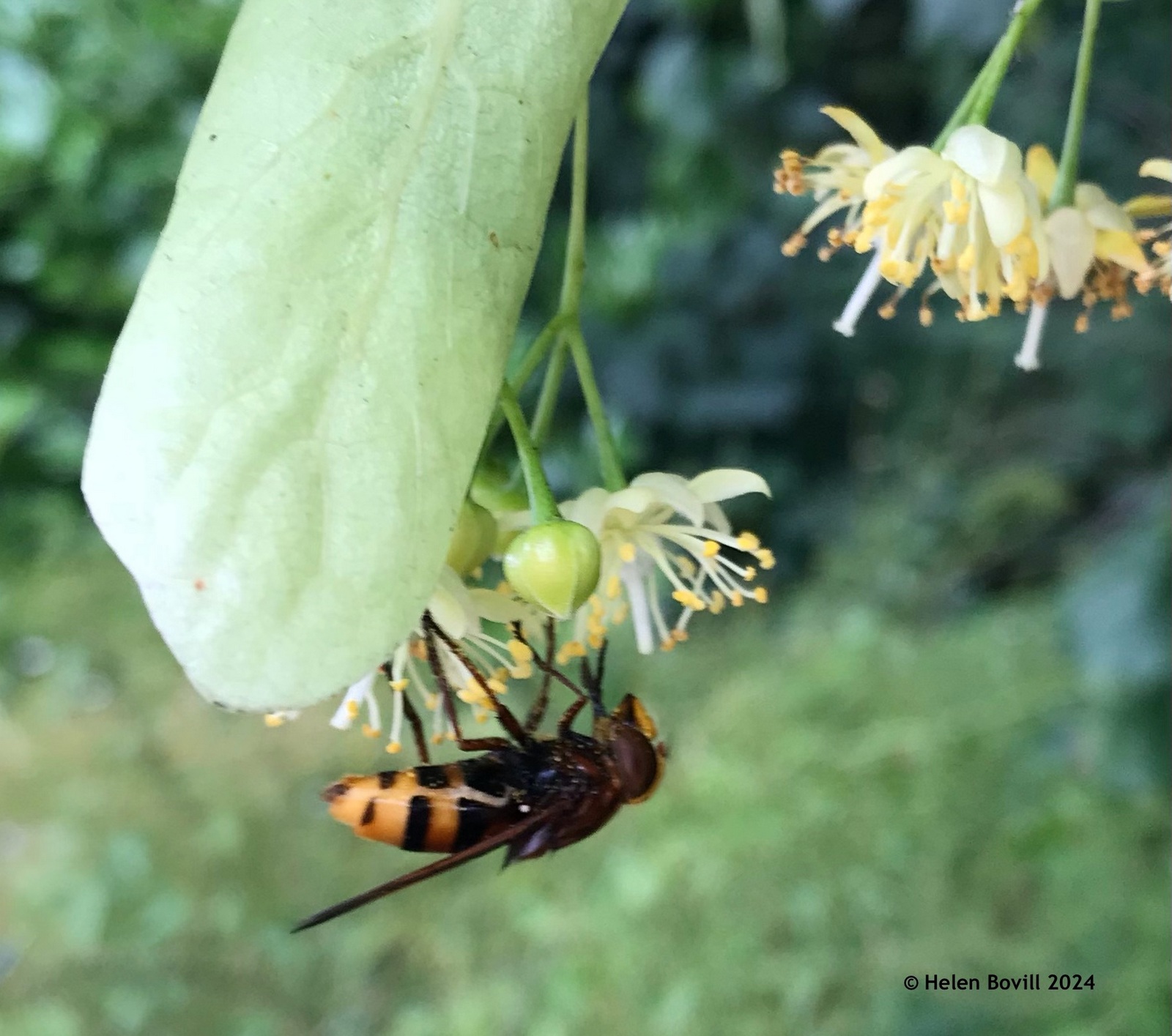
But the insect I saw the most of this month was the Thick-legged Flower Beetle (sometimes called the Swollen-thighed Flower Beetle). It was only last year that I saw my first one in the cemetery, but this year there’s been a huge increase in their numbers.
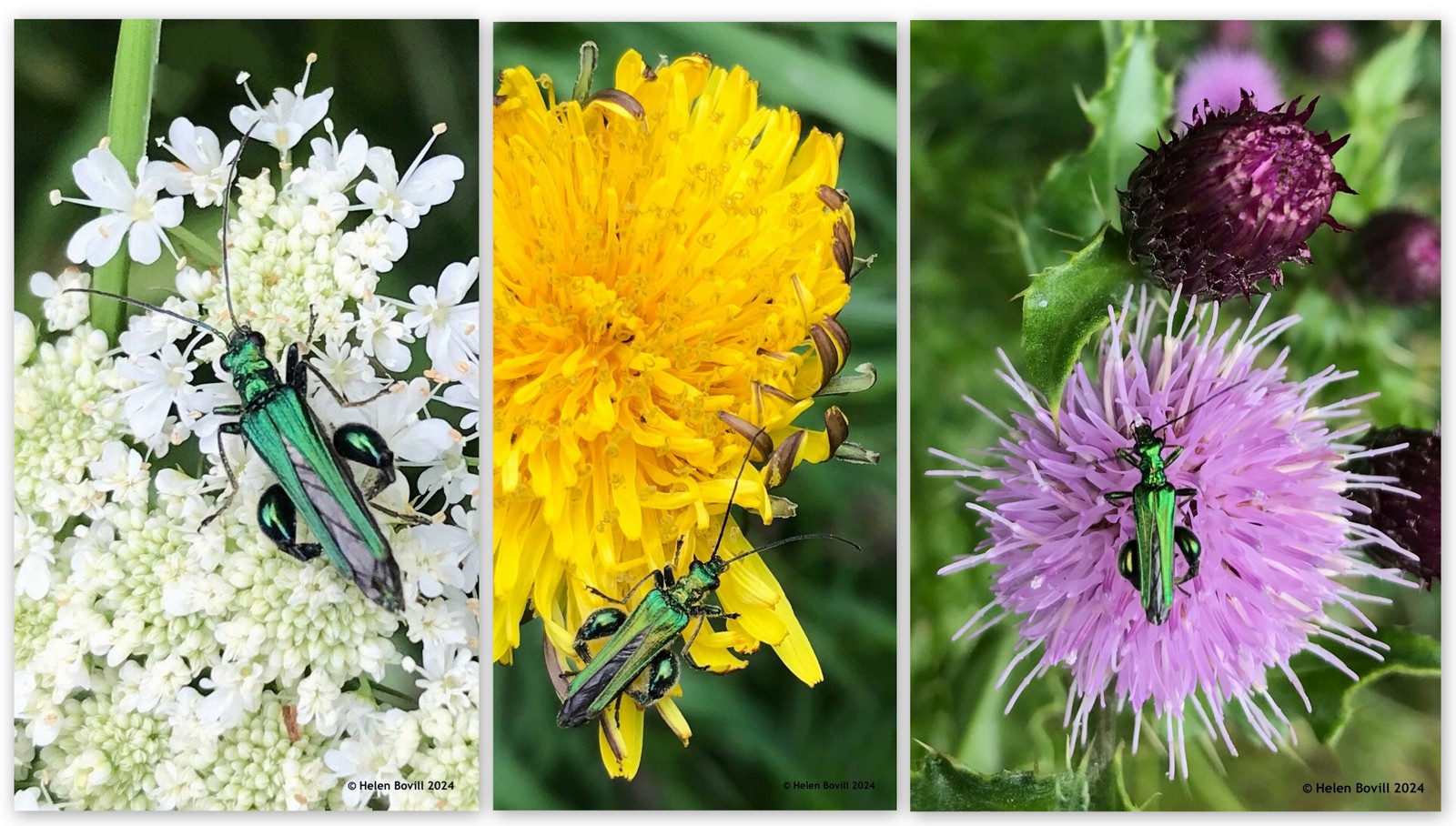
I checked on the iNaturalist website and found a distribution map that indicates this is a species found mainly in the south of the country, with very few being recorded north of York. It makes me wonder if this species is spreading northwards now as a result of the warmer temperatures and milder winters.
Birds
I saw my first-ever young Great Spotted Woodpeckers this month, high up in a tree in the centre of the cemetery. They were making lots noise, and I saw the adults making several visits to feed them. It looked like they were nearly ready to fledge because the female (right) no longer has any red feathers on the top of her head. Both sexes of the chicks have these red head feathers. Only the males retain them into adulthood.
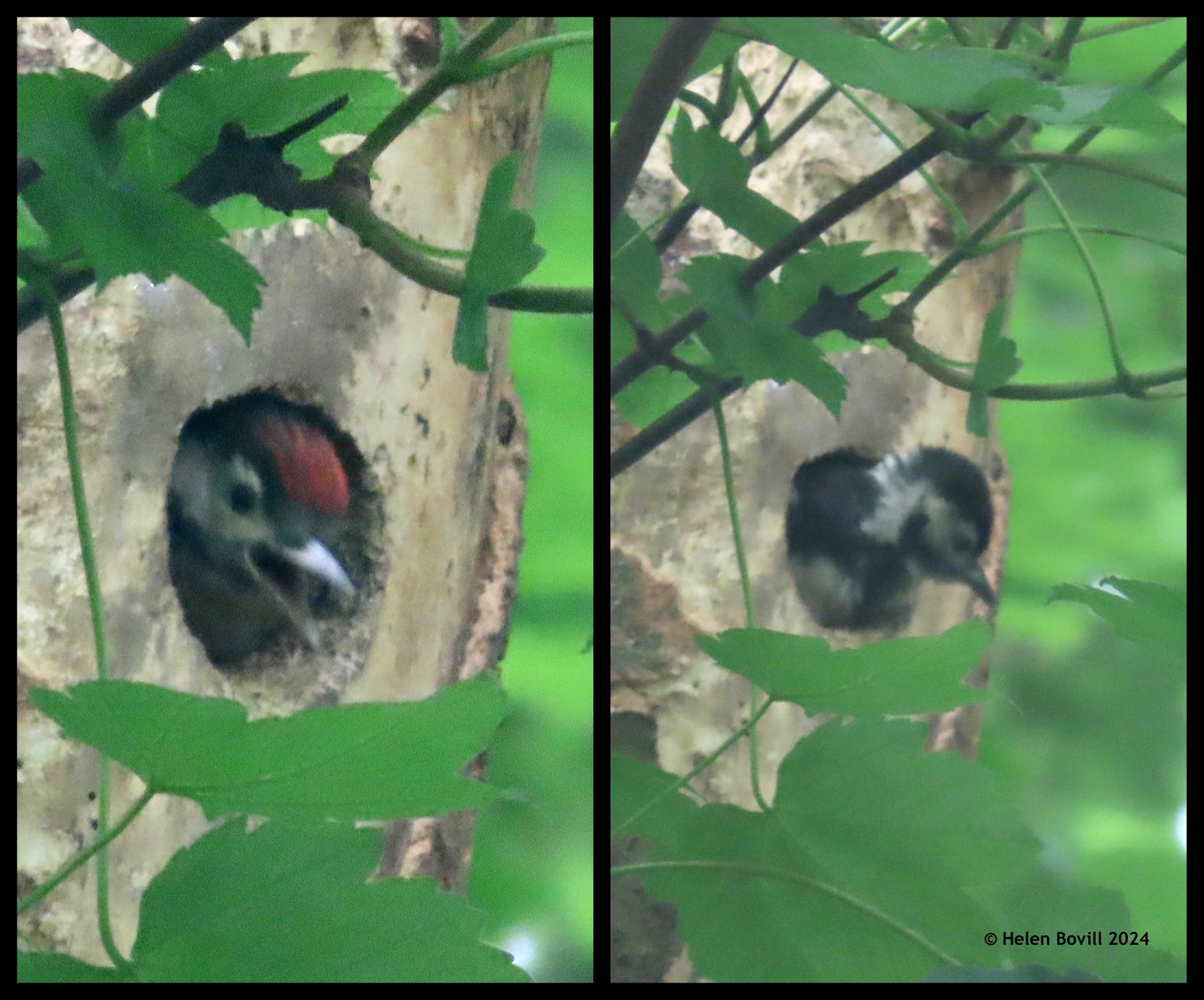
I also saw a young Robin. The red breast feathers are yet to grow – this is so that he or she can stay in the area until fully fledged. Once the red feathers appear, the other adults will chase the youngster away.
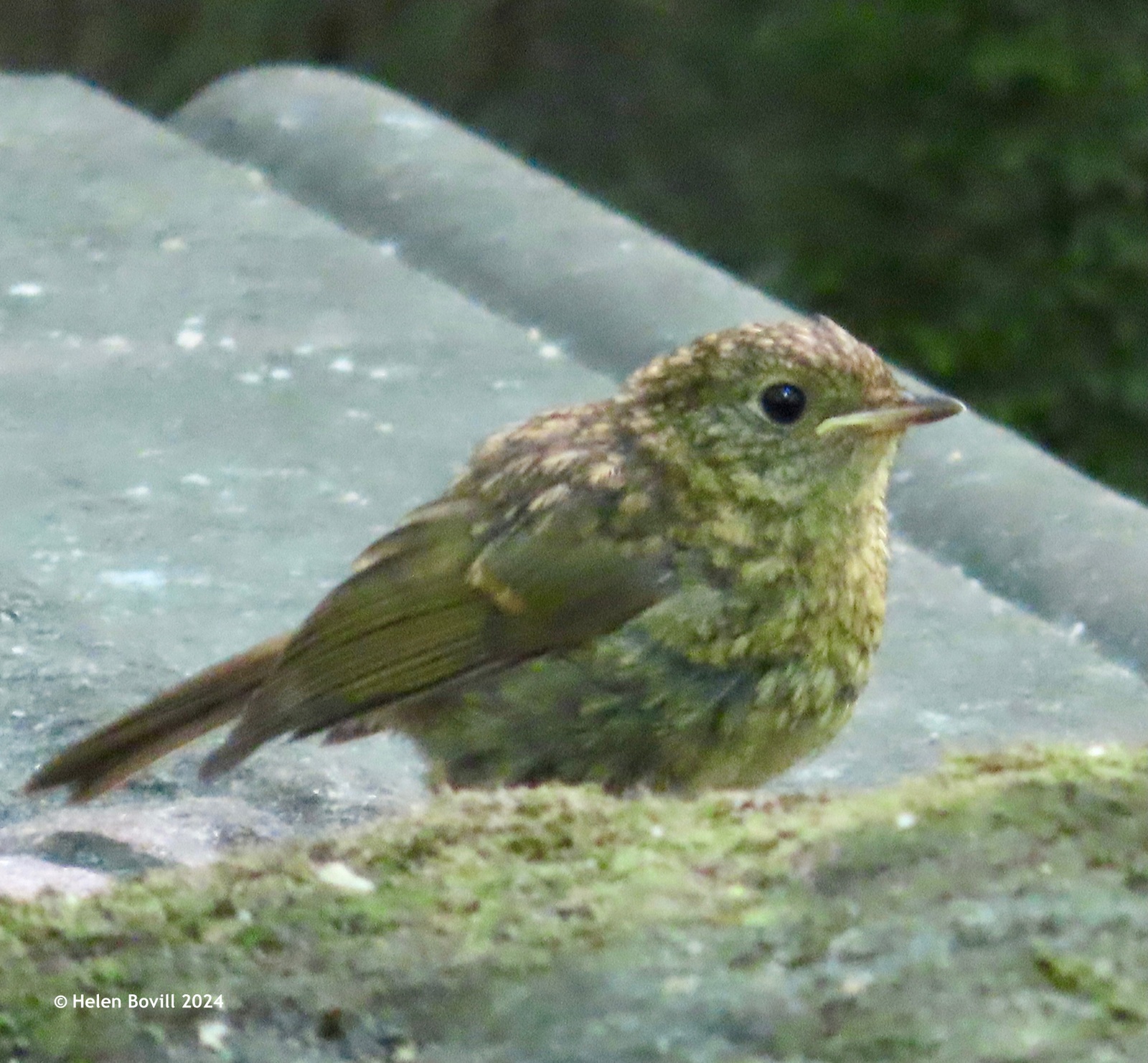
I still regularly see a couple of Bullfinches in the cemetery.
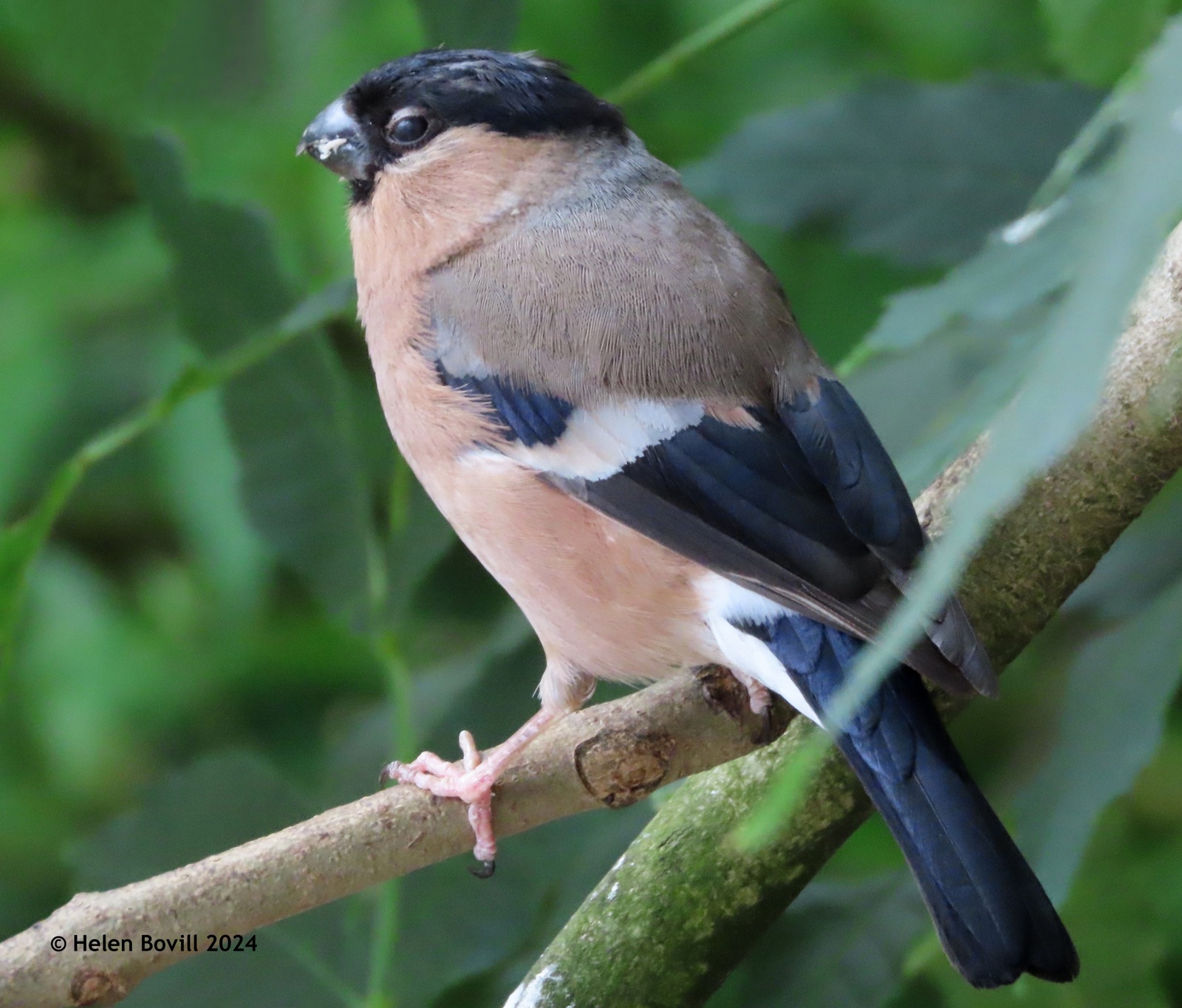
This is the female. I didn’t see her as often as usual this month – this could have been because she was incubating eggs in the nest. June is in the middle of the Bullfinch breeding season, and a few years ago I saw a young fledgling in the cemetery. That was in August.
Blue Tits are normally the most abundant species but I didn’t see as many of them as usual this month.
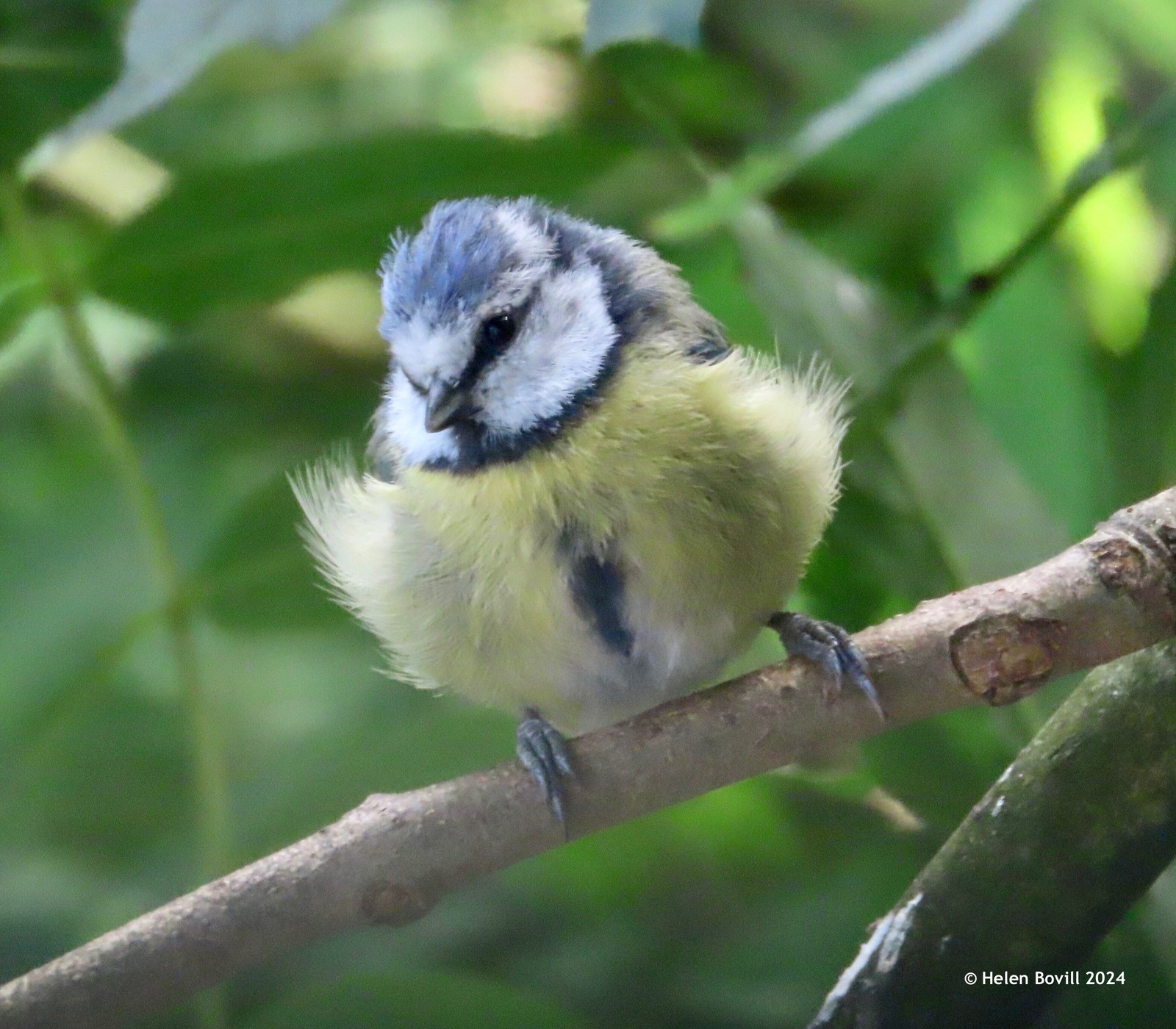
I did see plenty of Chaffinches and Great Tits, including some younger ones. In addition I also saw a couple of Coal Tits, a Treecreeper, Blackbirds, Goldfinches and wrens. The usual larger birds – Wood Pigeons, Crows, Magpies and Stock Doves – were around in good numbers. I regularly heard Chiffchaffs in the cemetery, but couldn’t see them. They’re usually high up in the trees, and difficult to see when the trees are in full leaf. A regular visitor to the cemetery also saw one of the adult Tawny Owls this month.
Fungi
Not much to report, other than this interesting (and tiny) specimen I found on a fallen log. I think it belongs to the Lycogala genus. My thumb is shown purely for the purposes of scale.
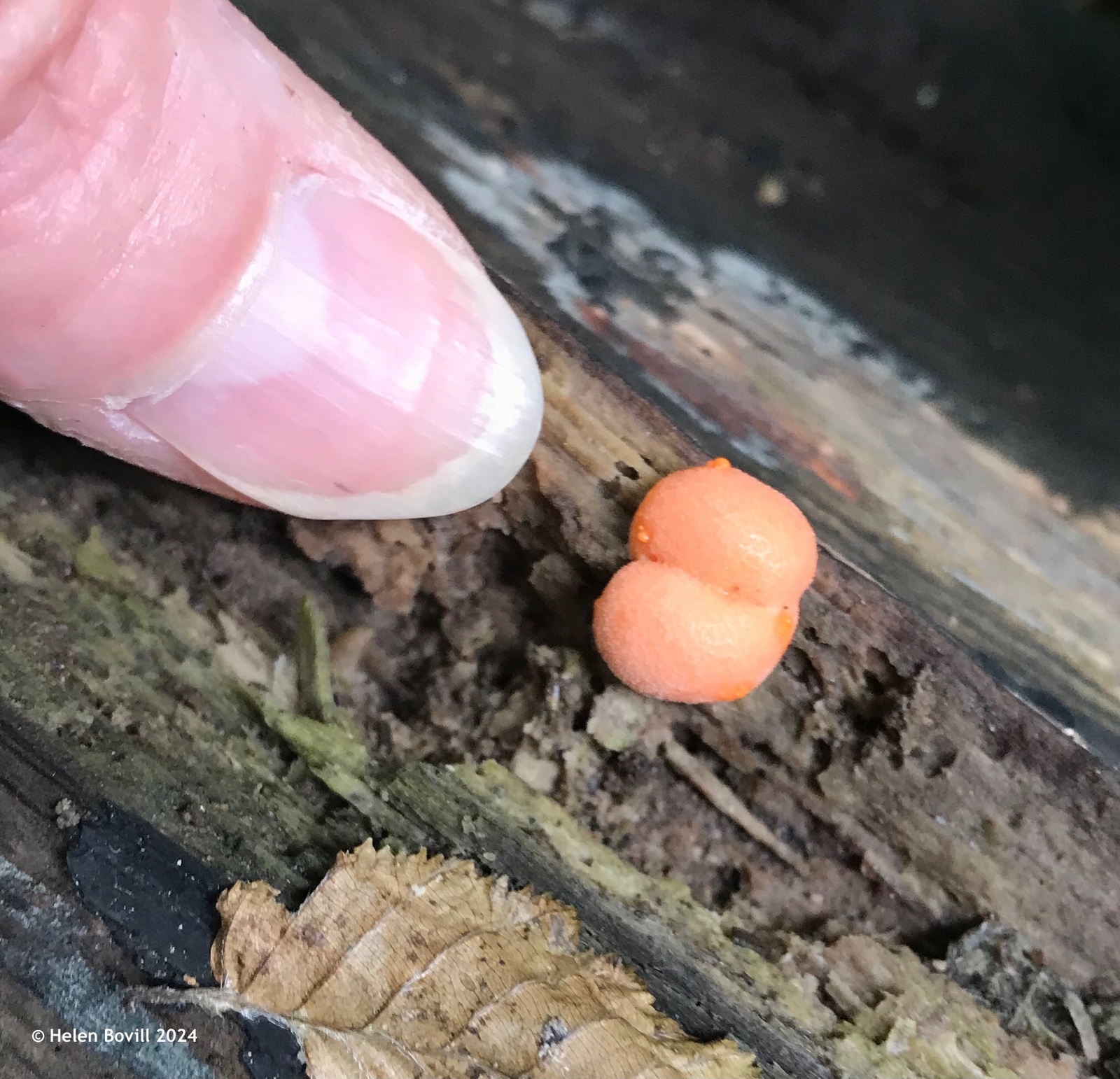
Conclusion
June has been a month of transition, with the spring flowers dying back to make way for the summer ones. The weather could have been better too, being colder than normal for much of the month.
I mentioned the results of the iNaturalist City Nature Challenge 2024 in my April report but these figures were just interim ones. Although the recording period was from 26 to 29 April, the participants had until 6 May to upload their observations and have them verified. I spent that weekend observing and recording a lot of the cemetery wildlife, so here’s a link to the results, from The Deep’s website.
Results of the Hull City Nature Challenge 2024 | The Deep
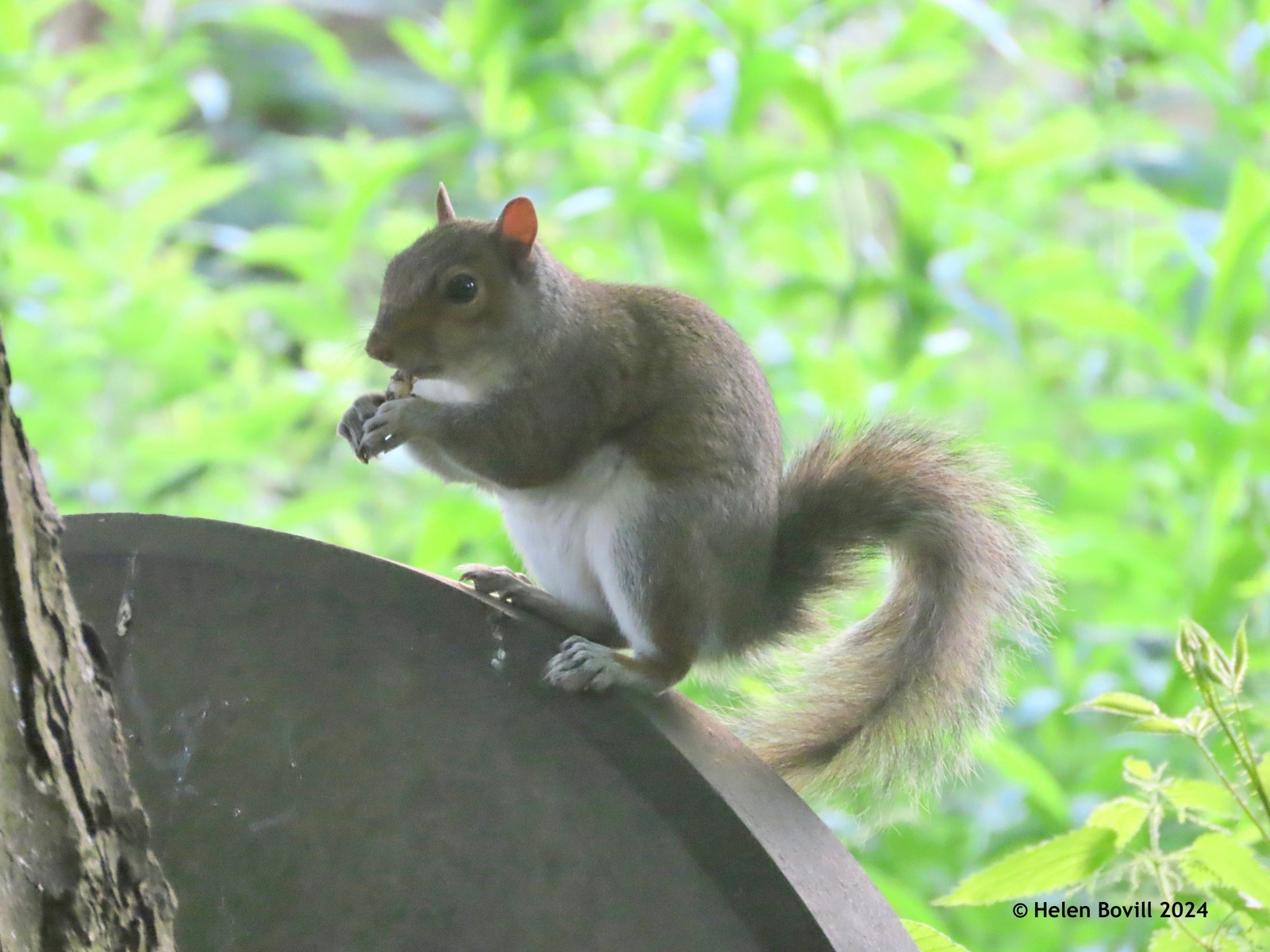


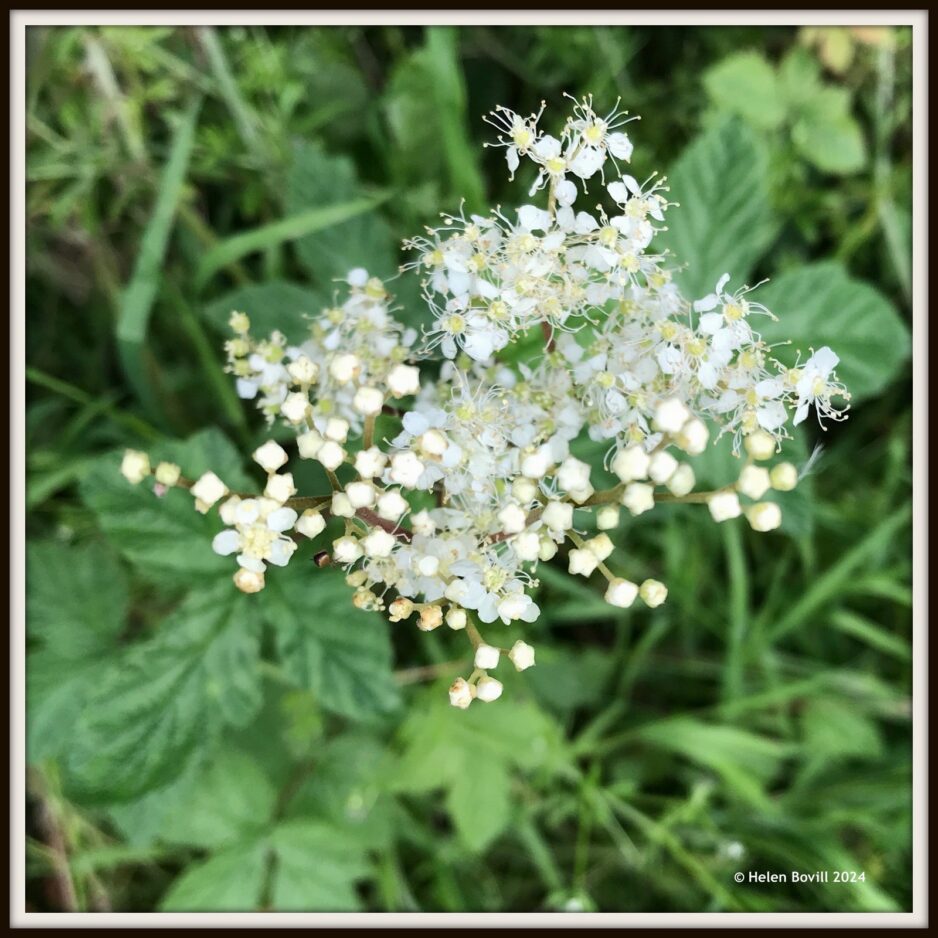


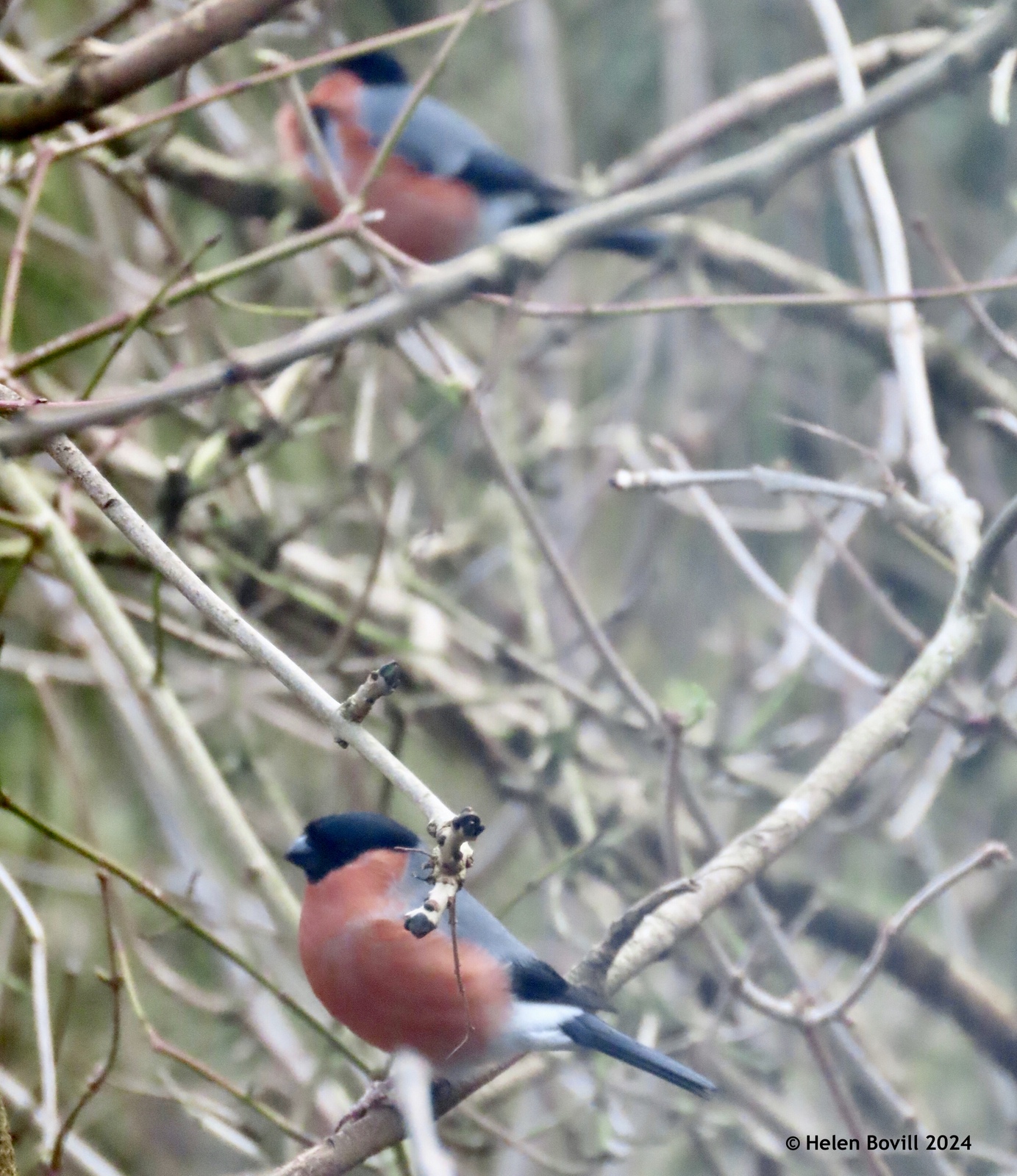
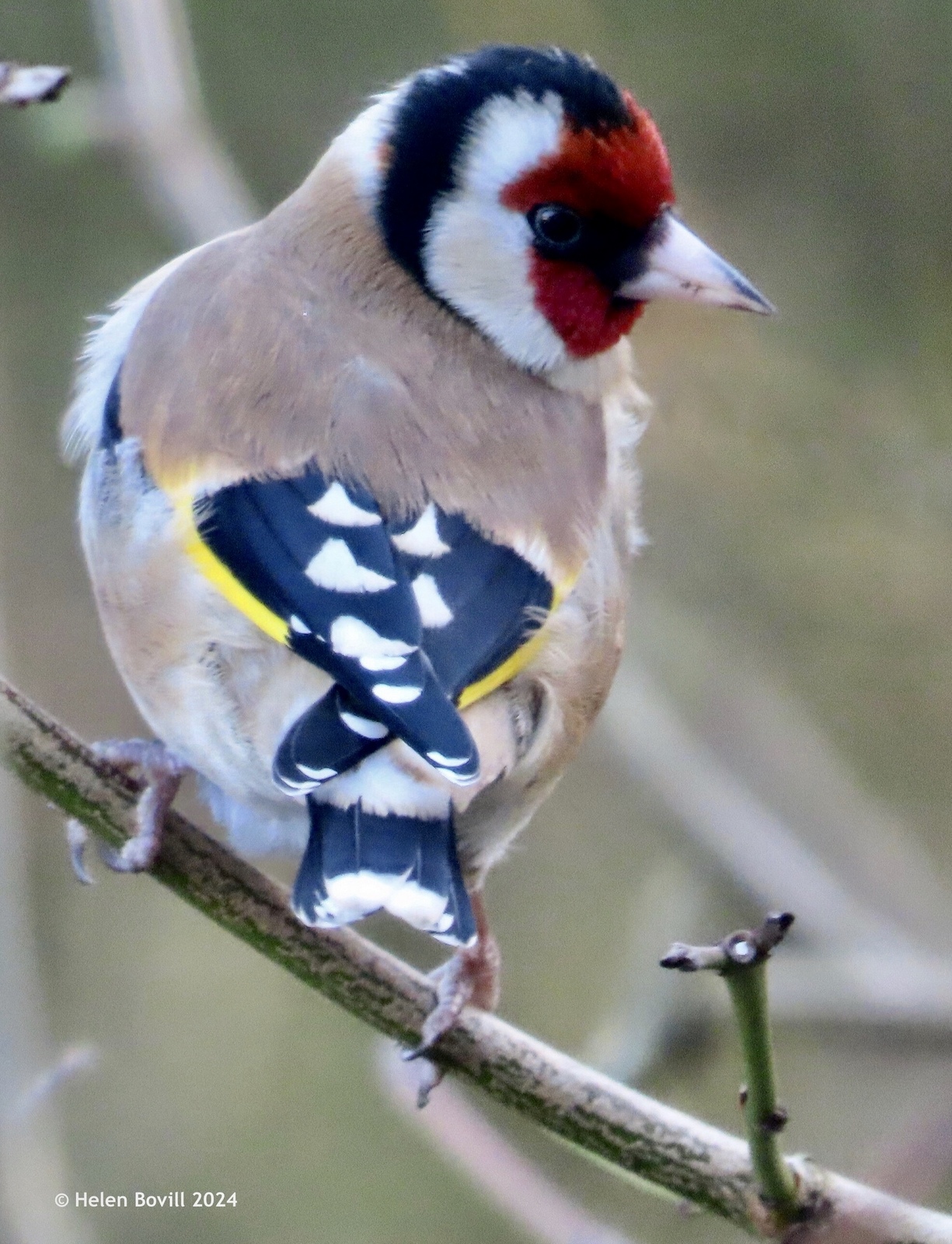

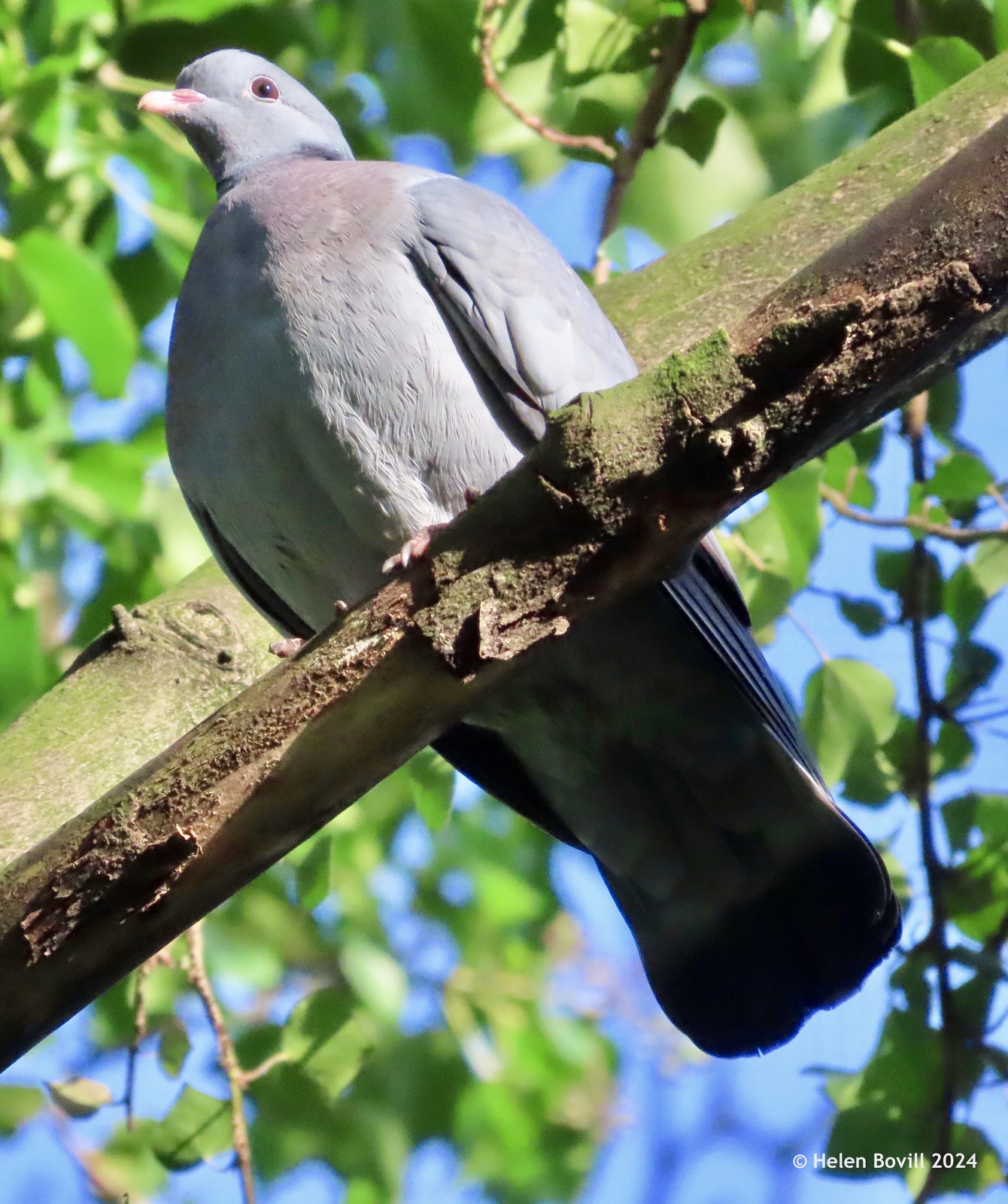
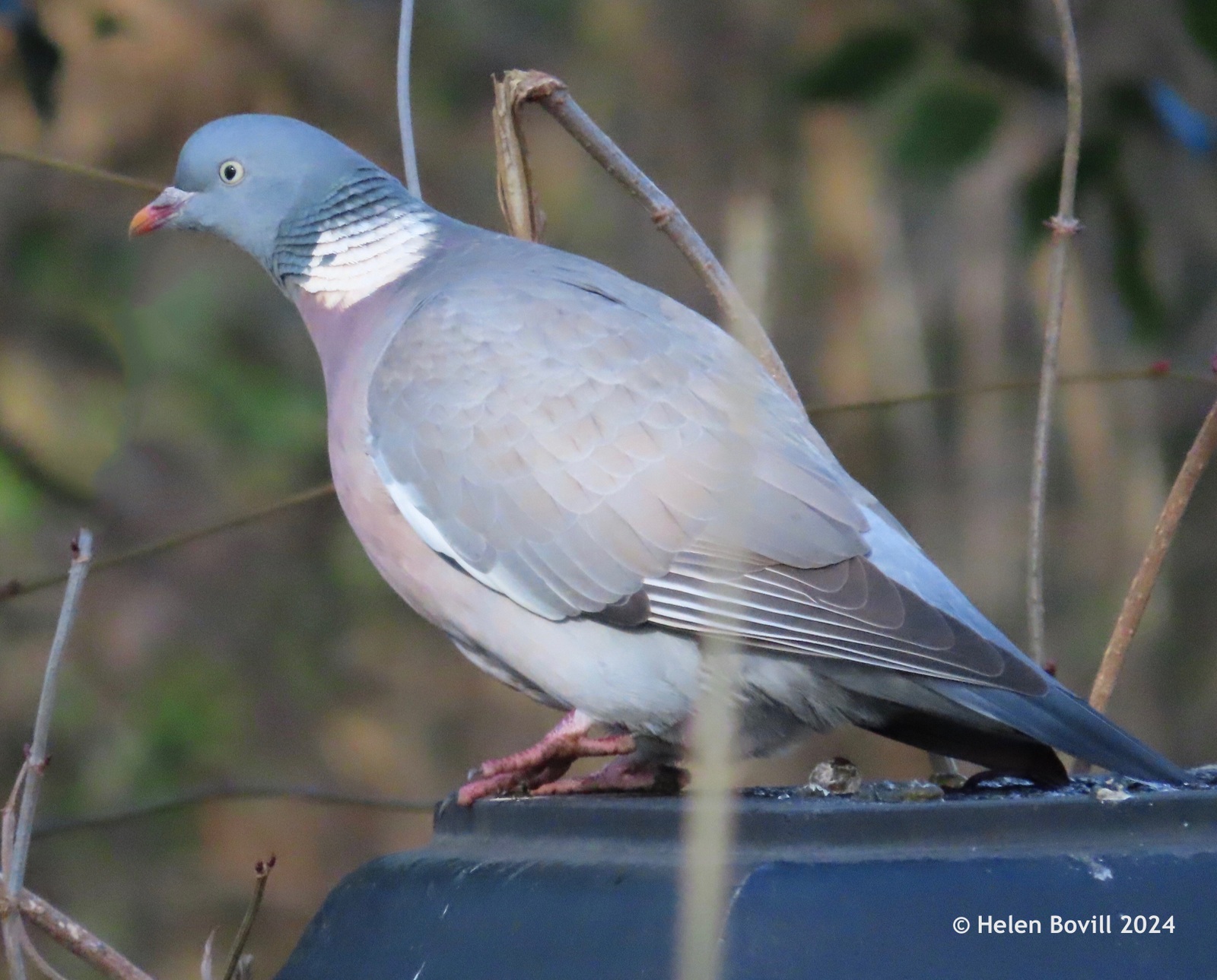
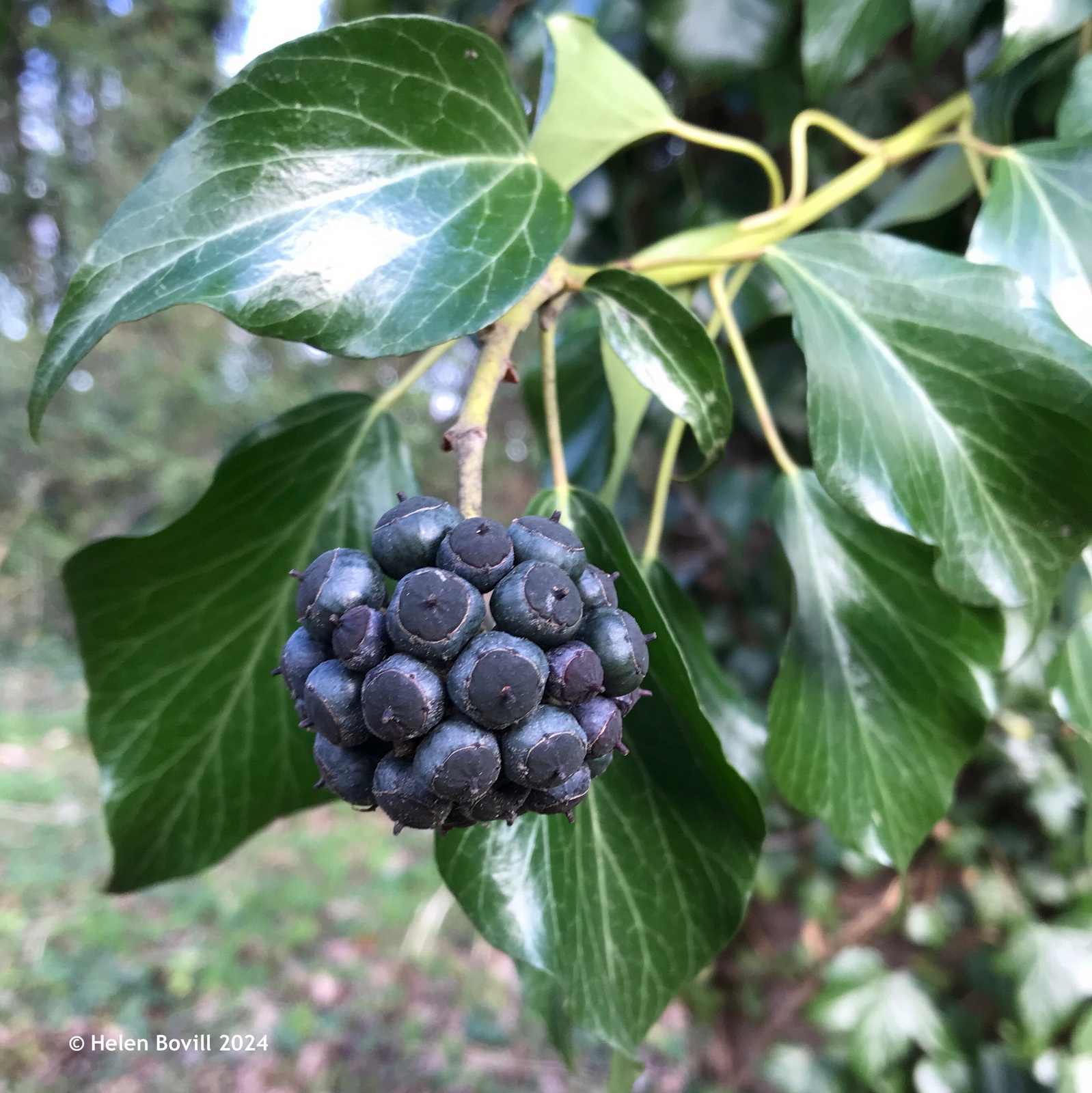
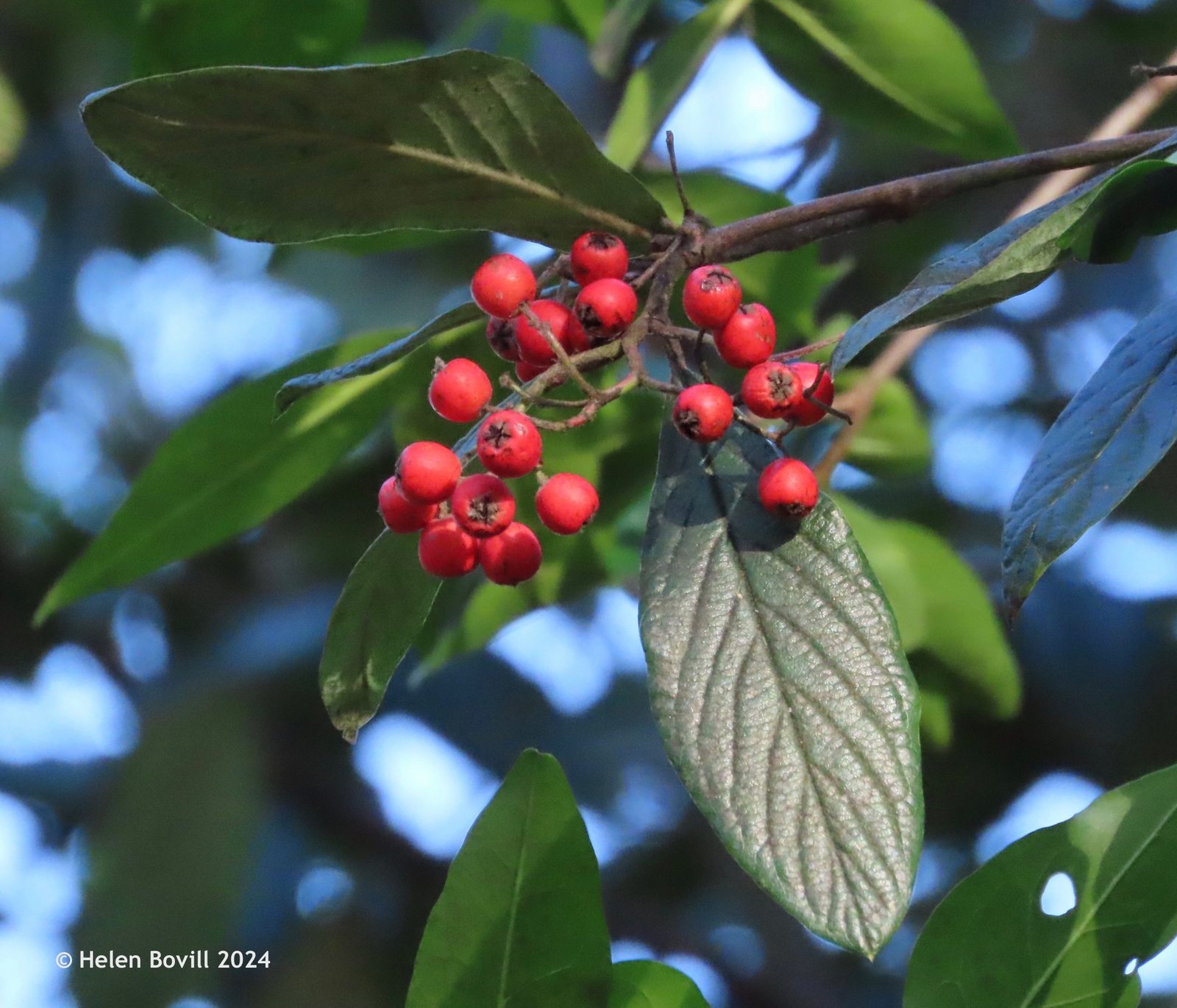
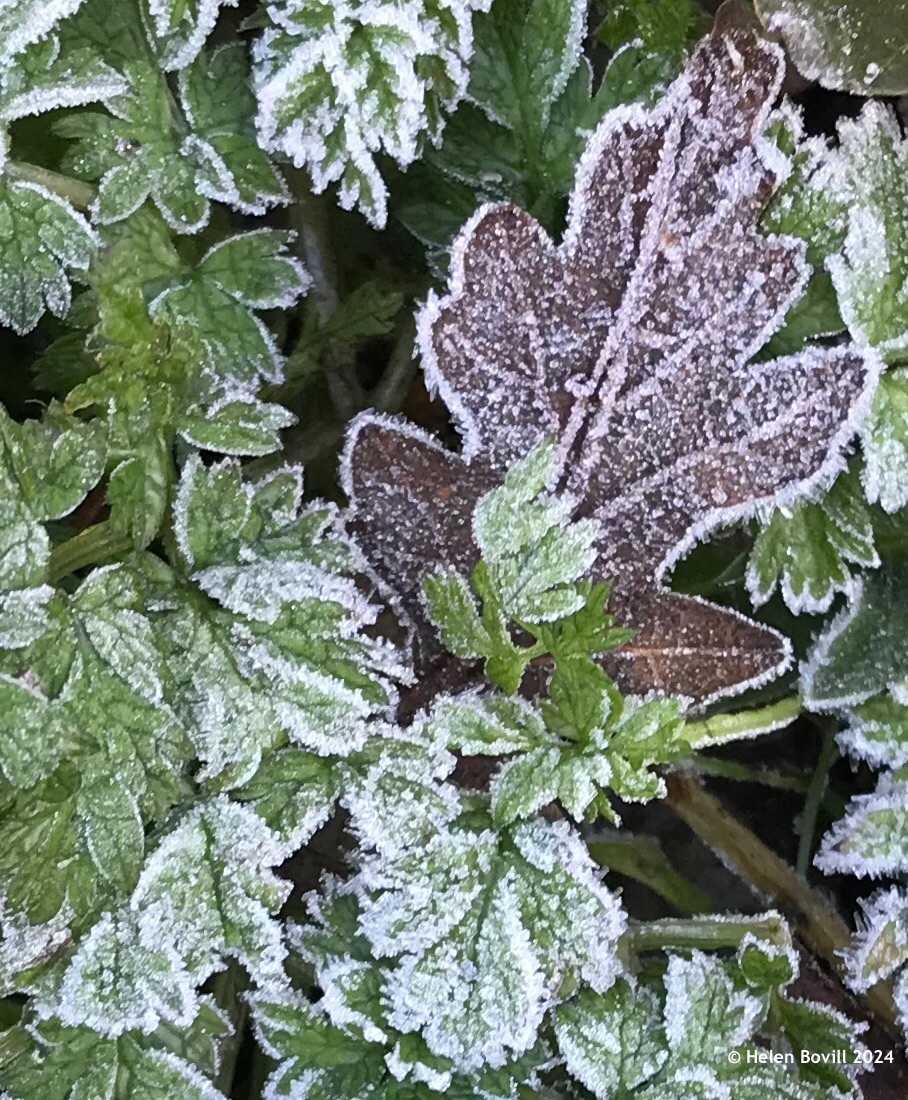
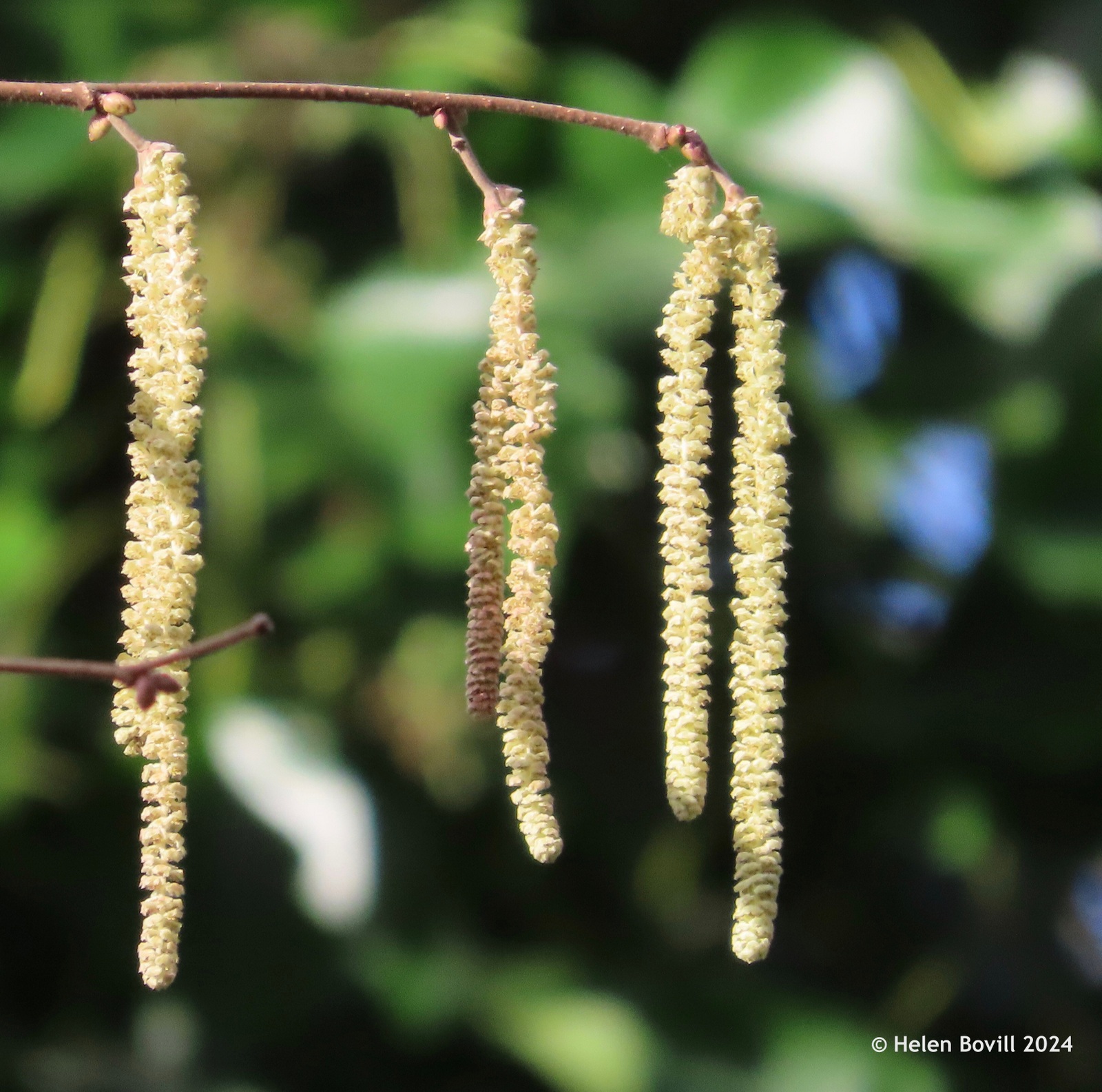
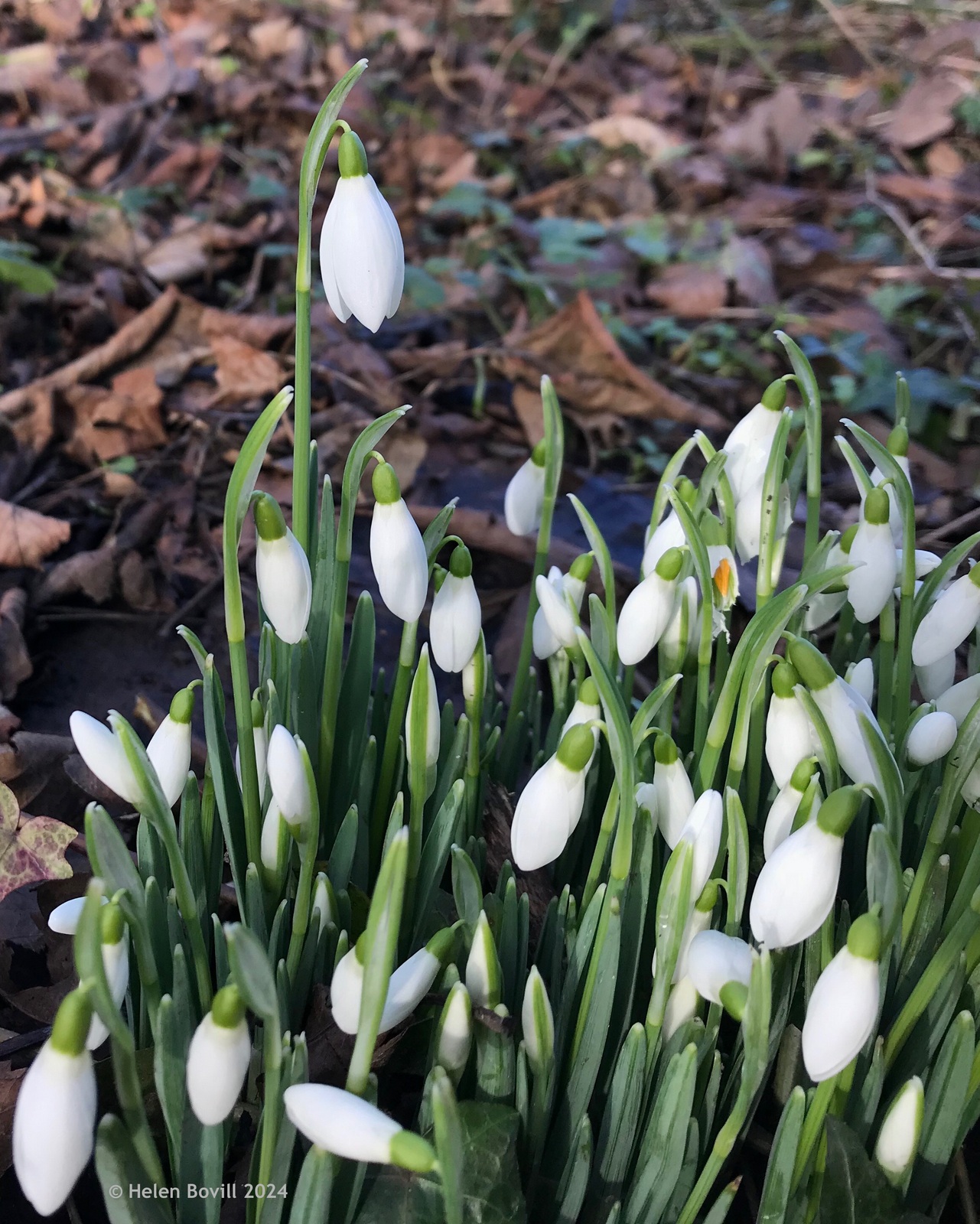
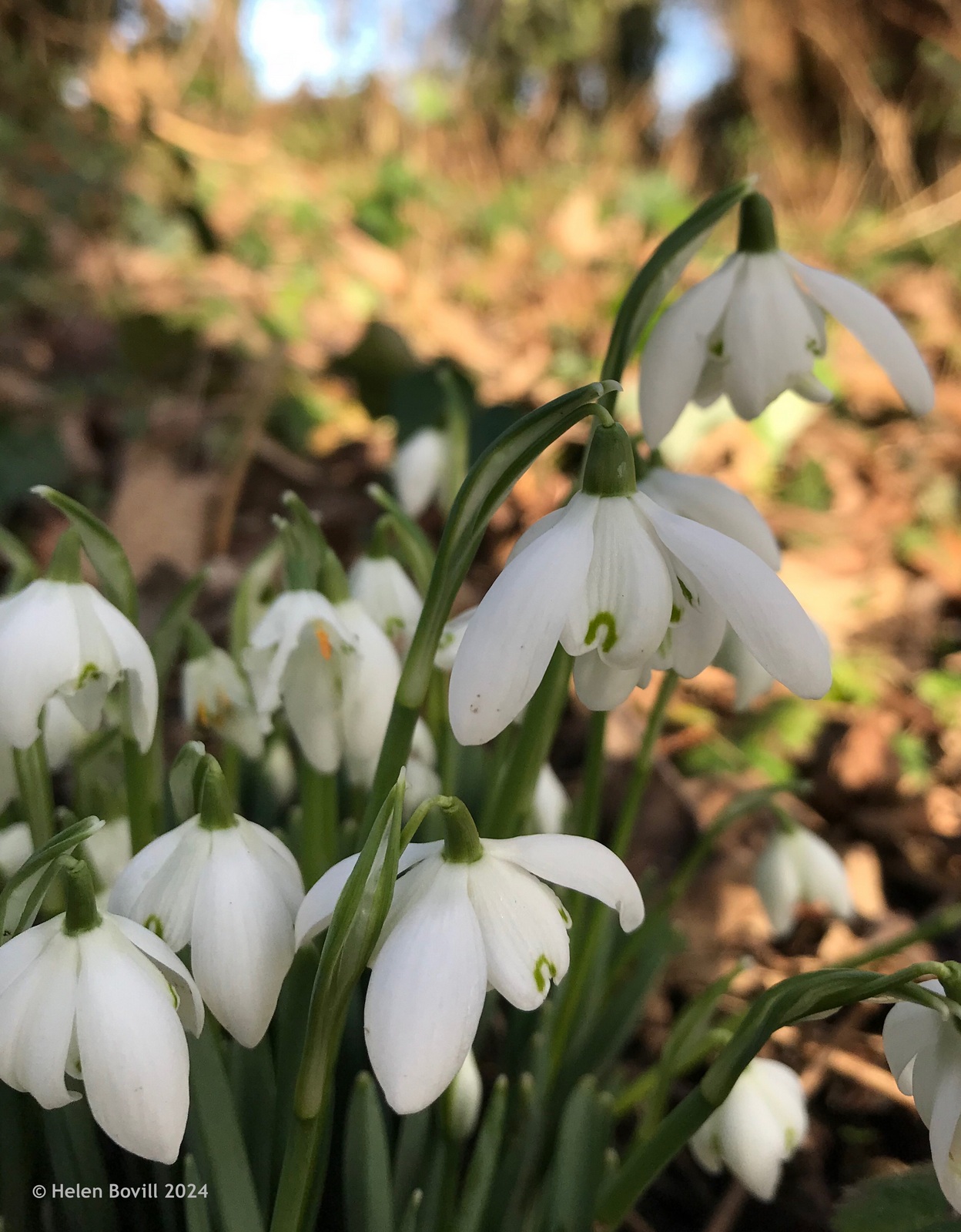
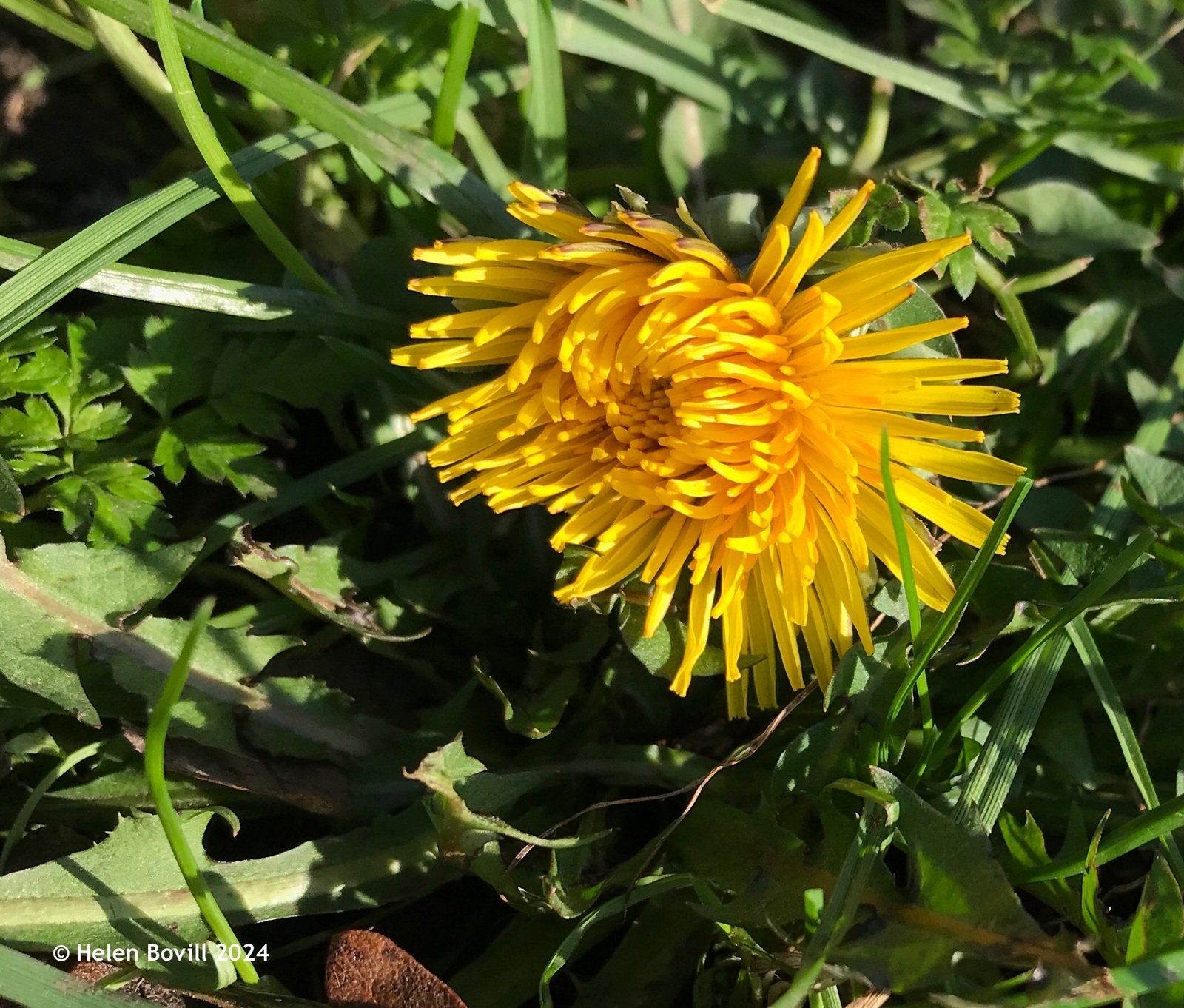
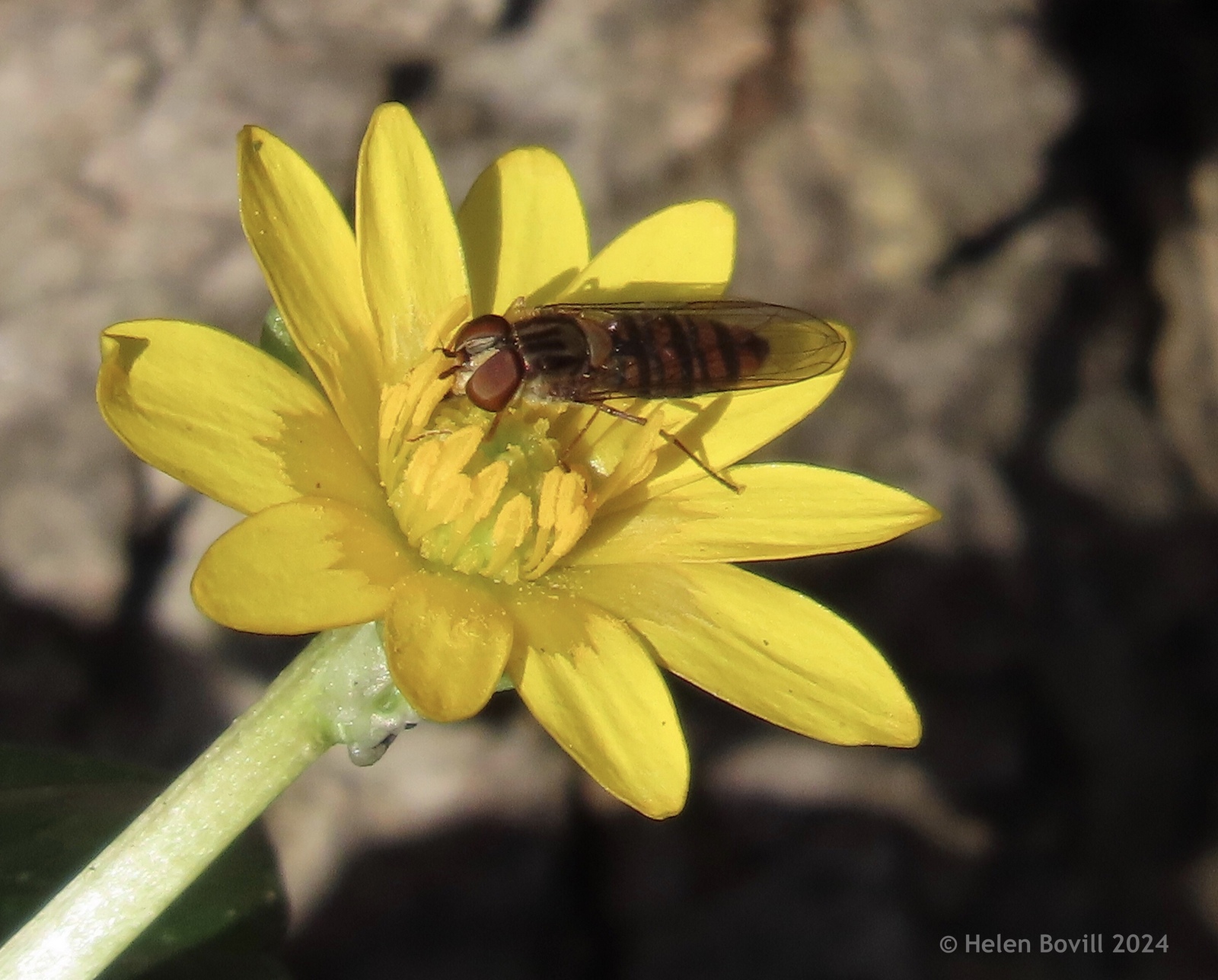
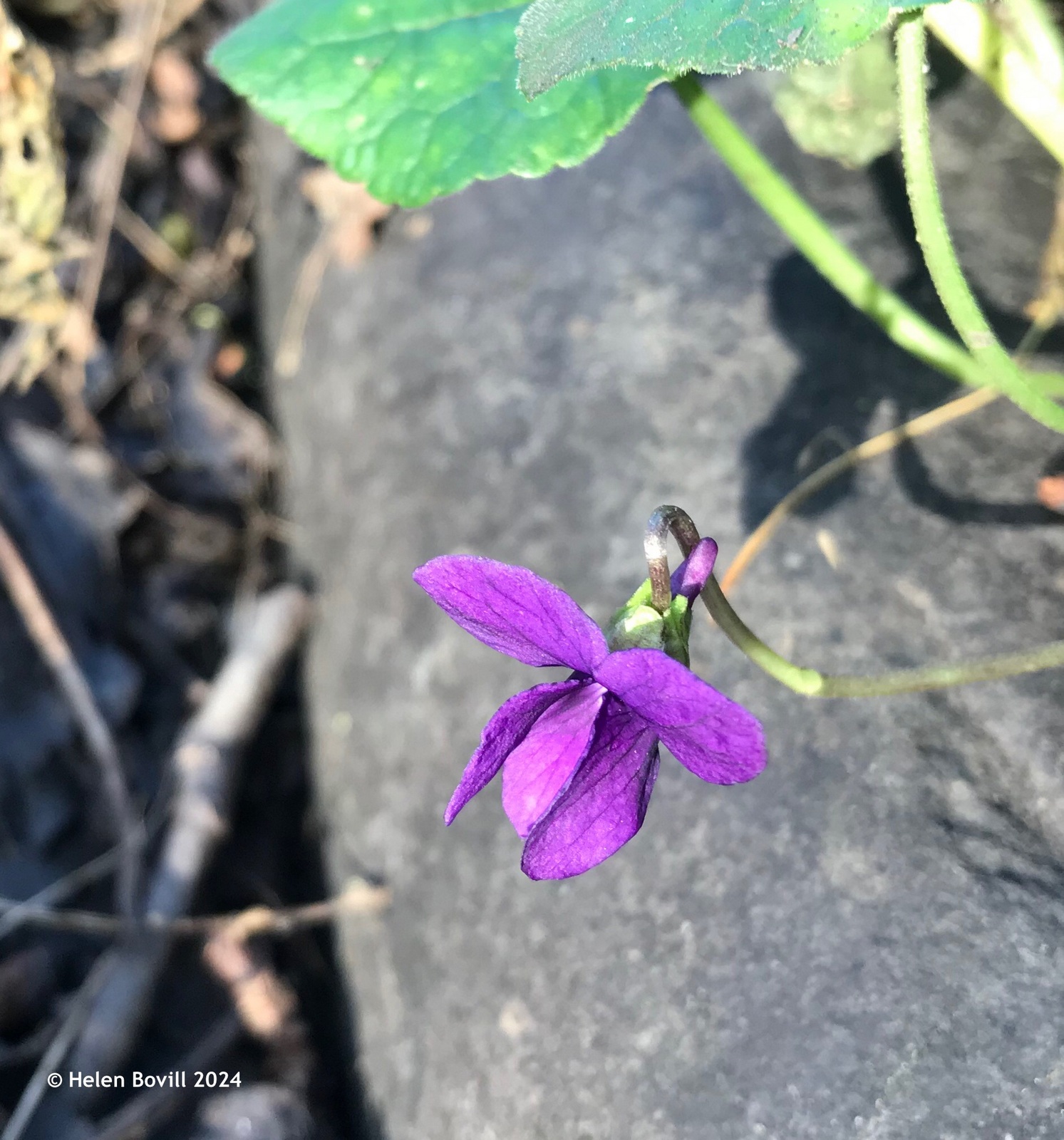
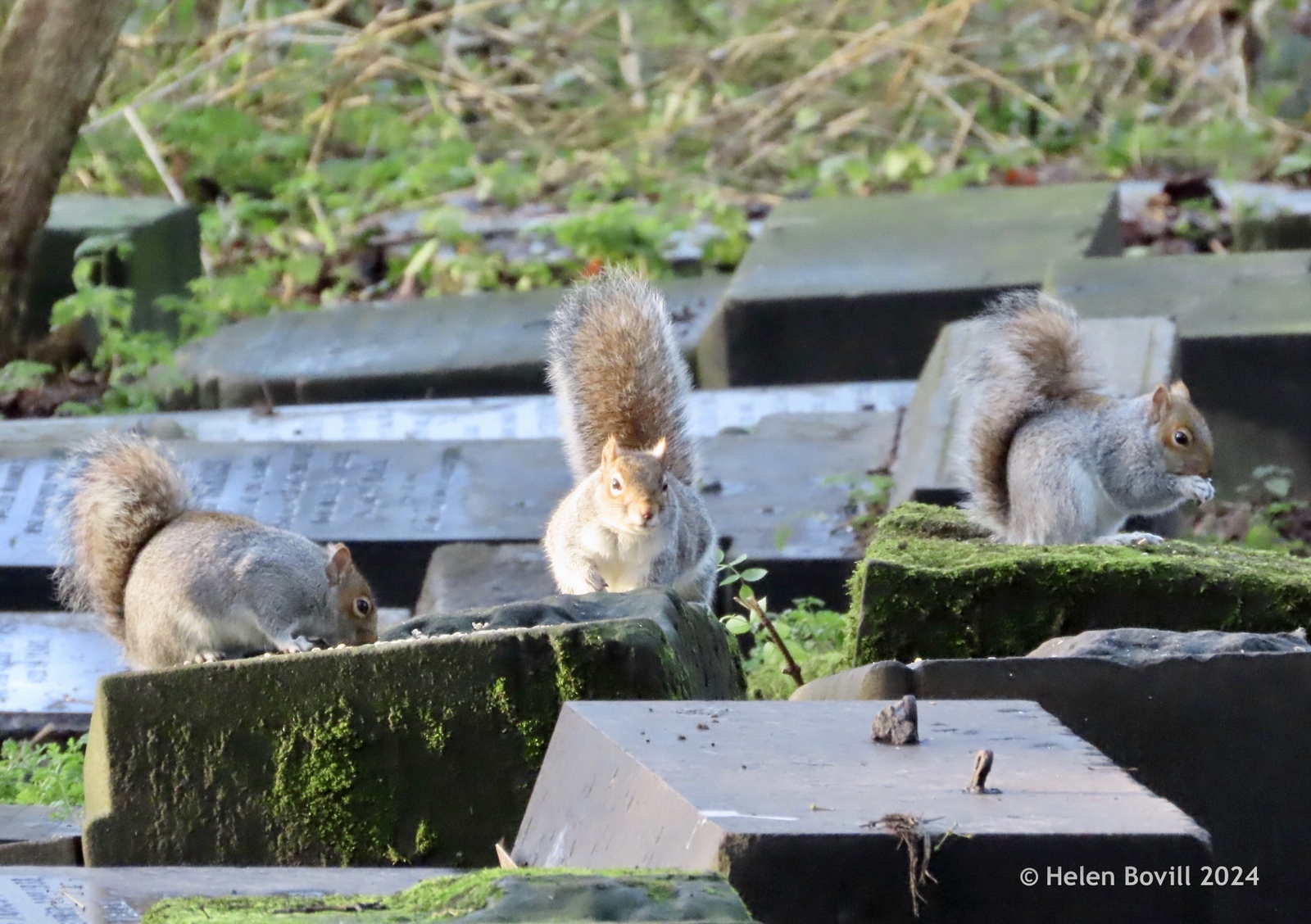
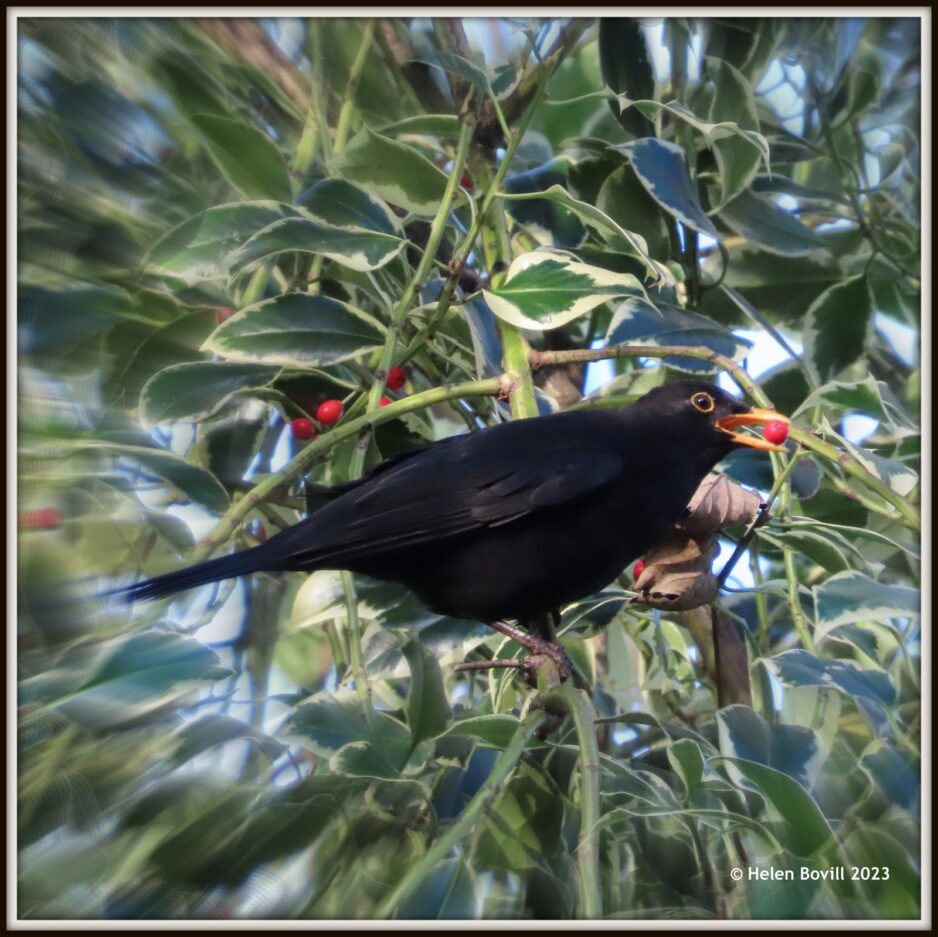
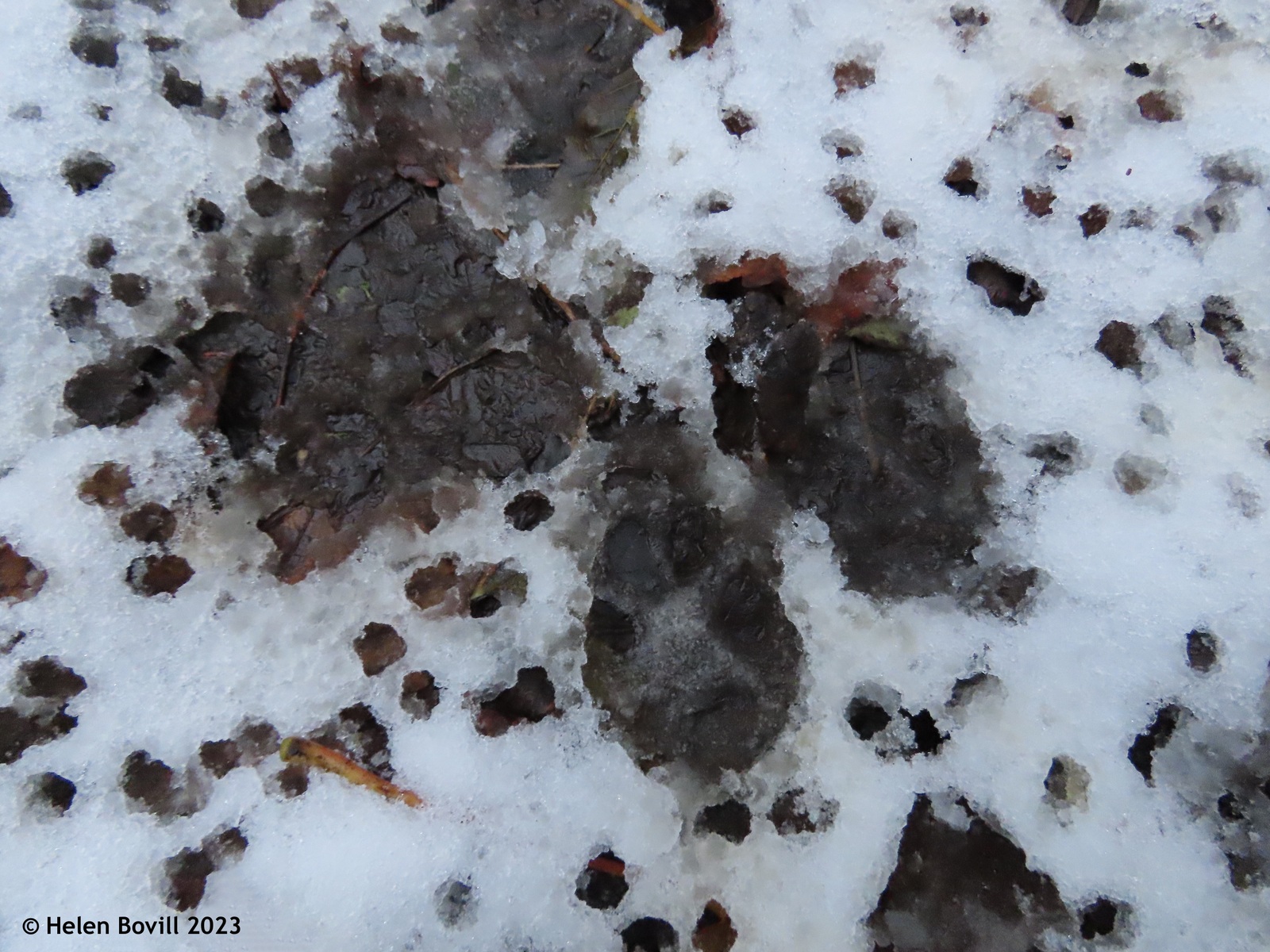
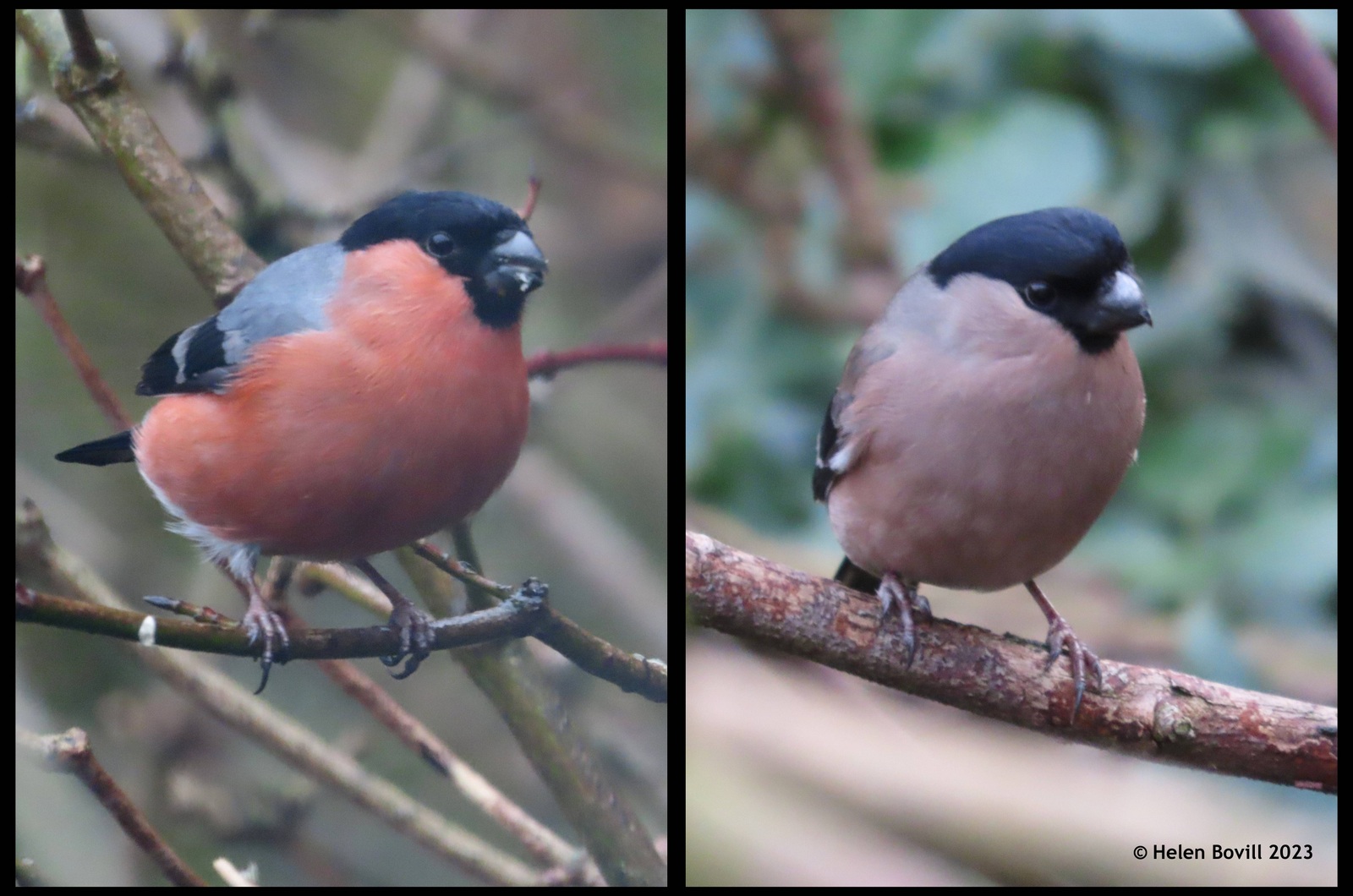
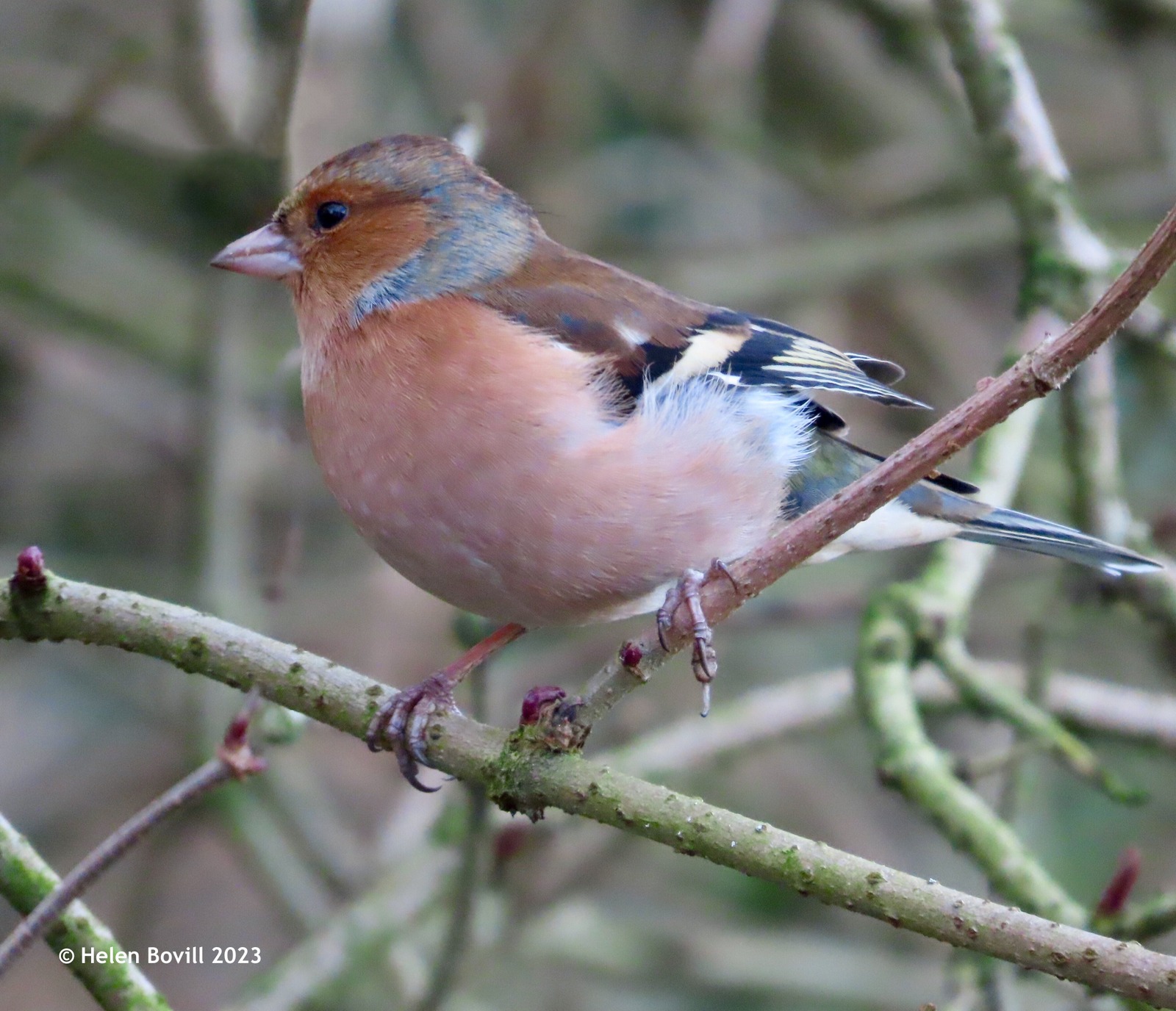
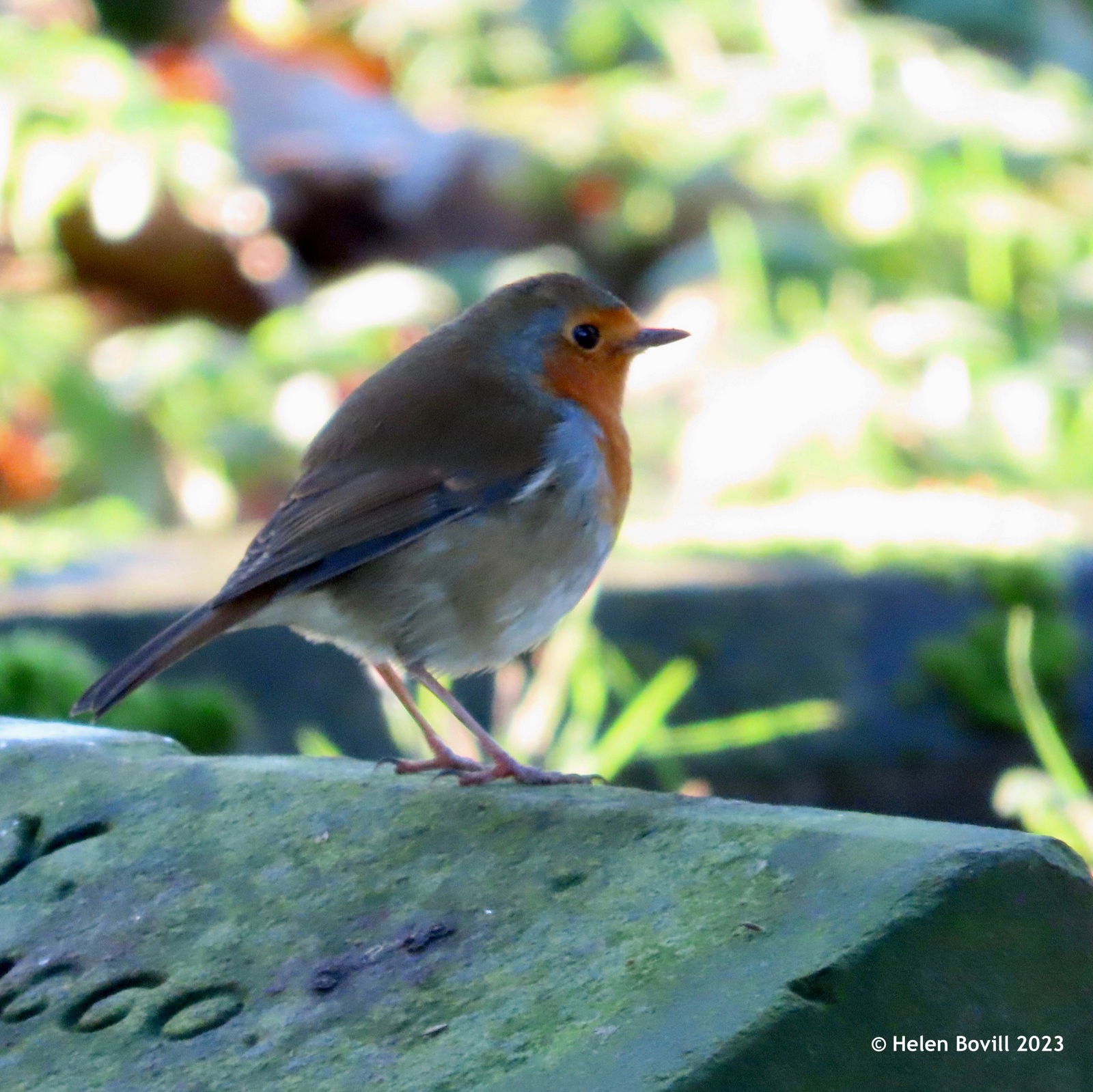
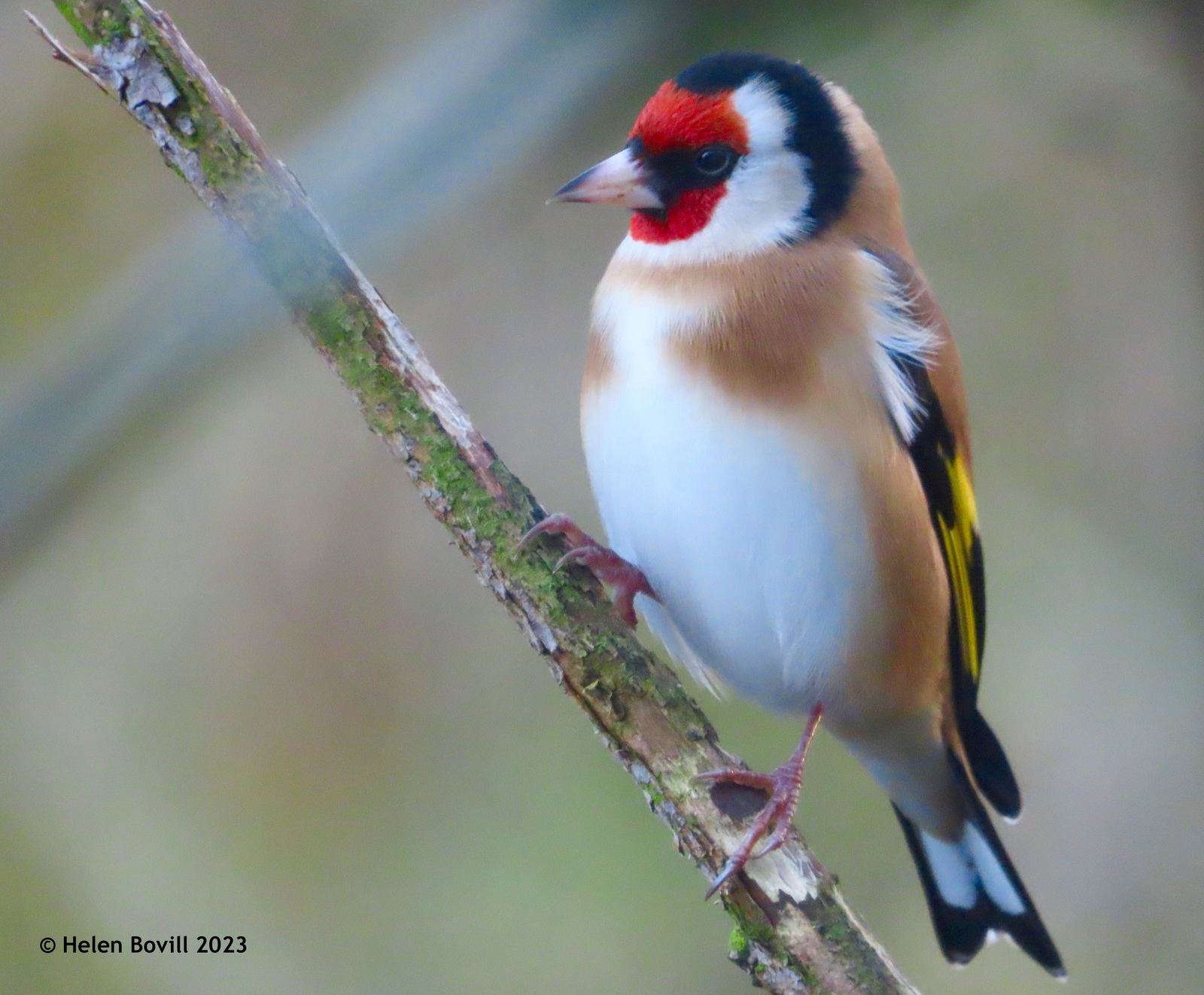

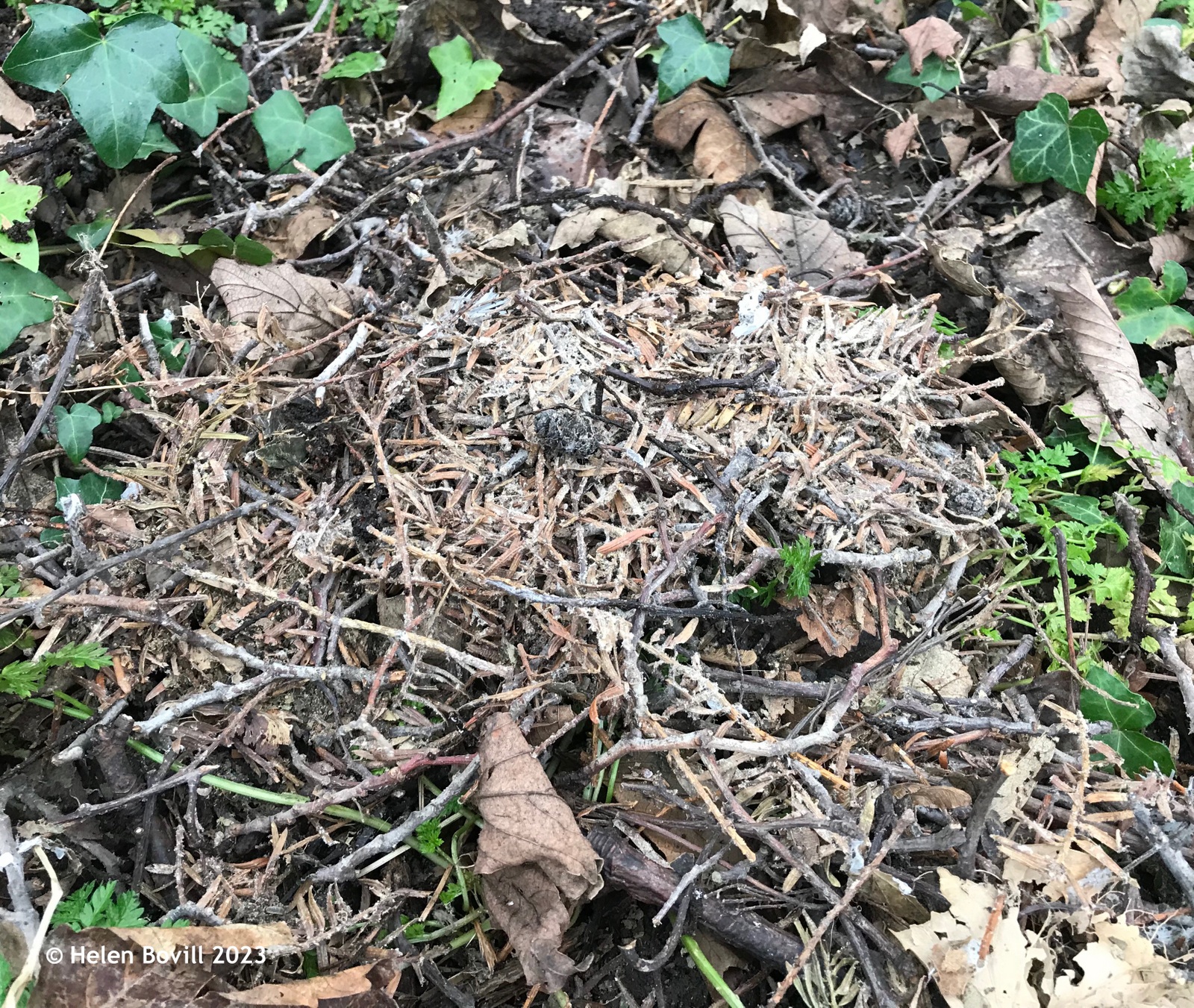
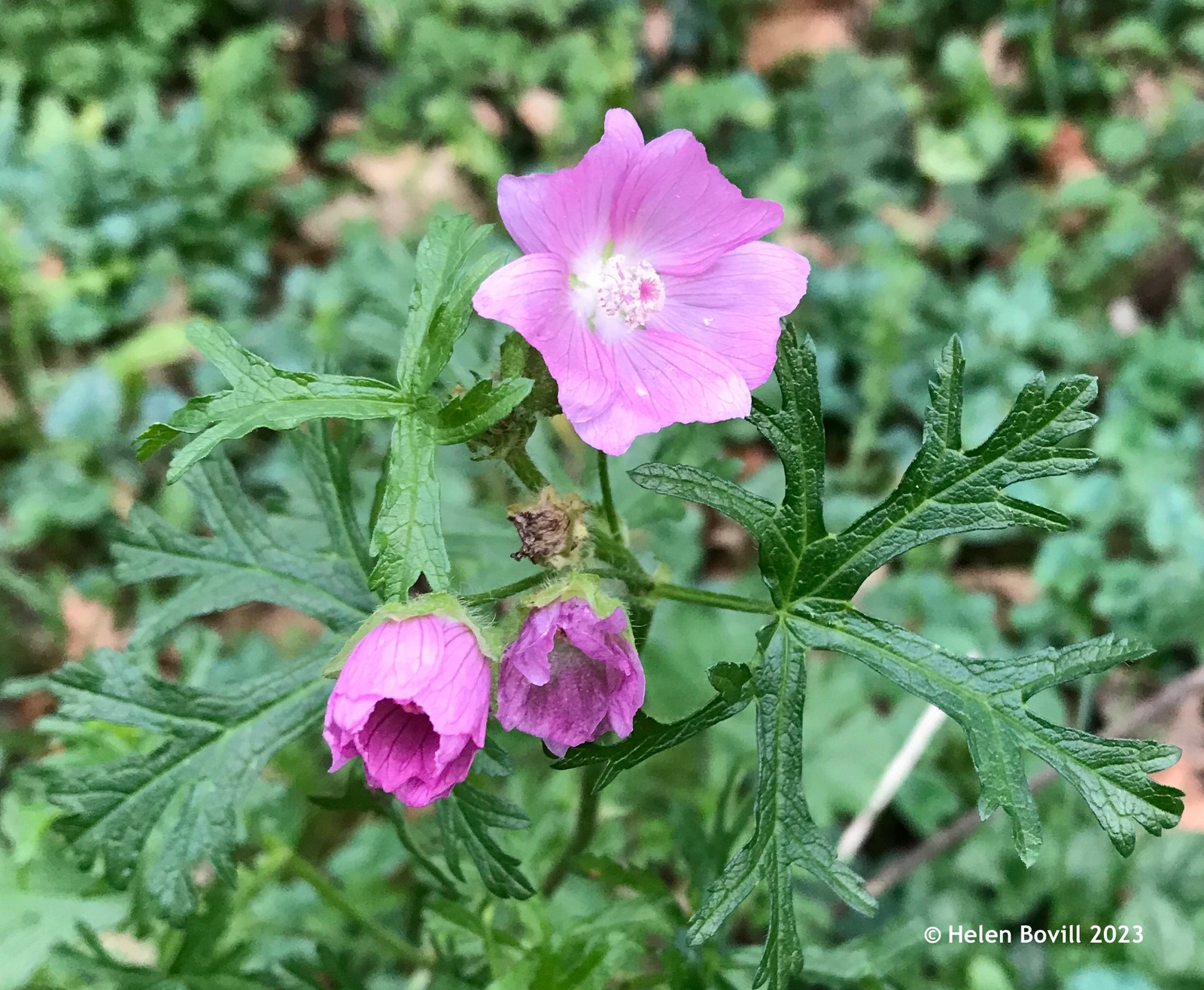
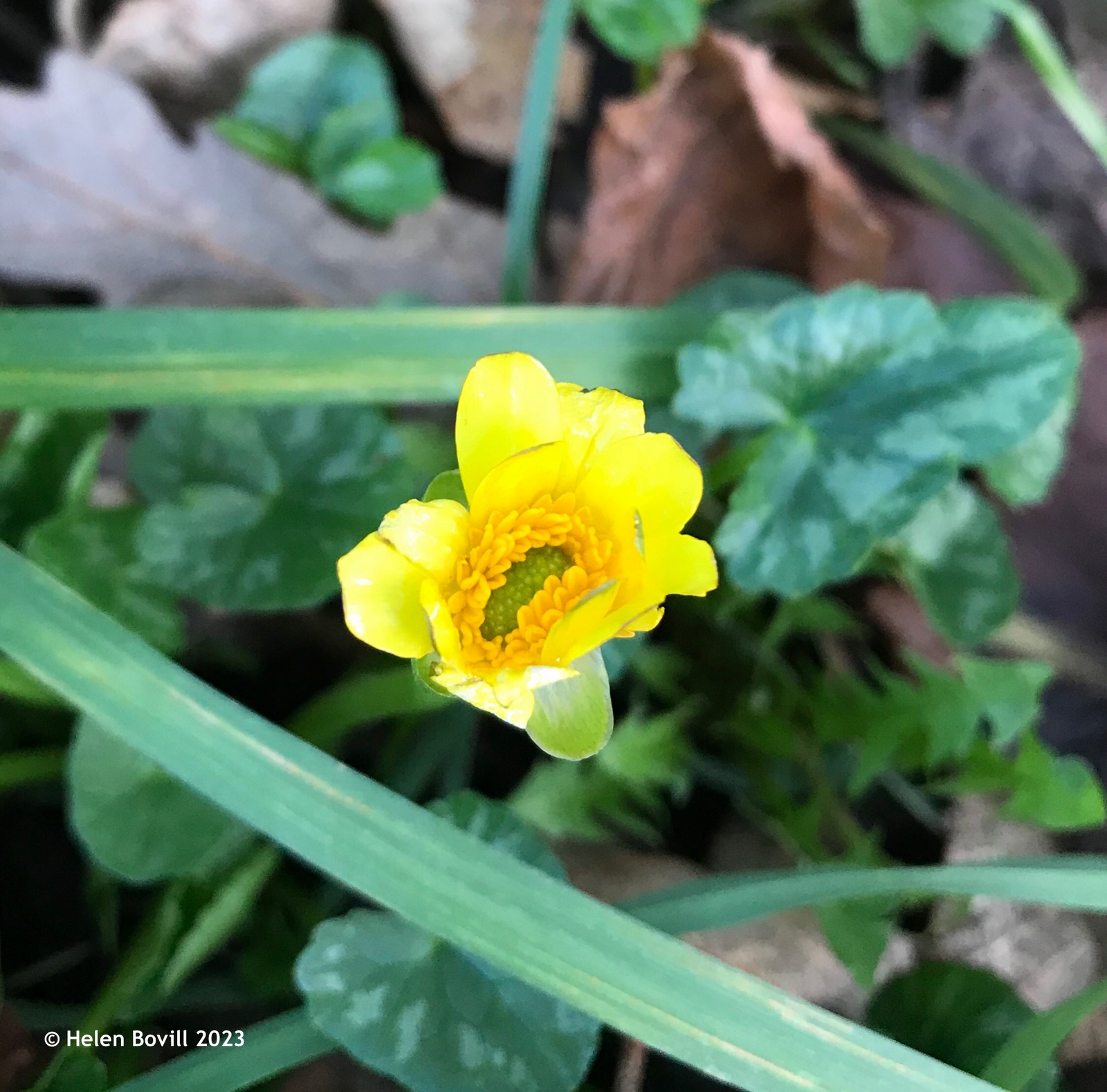
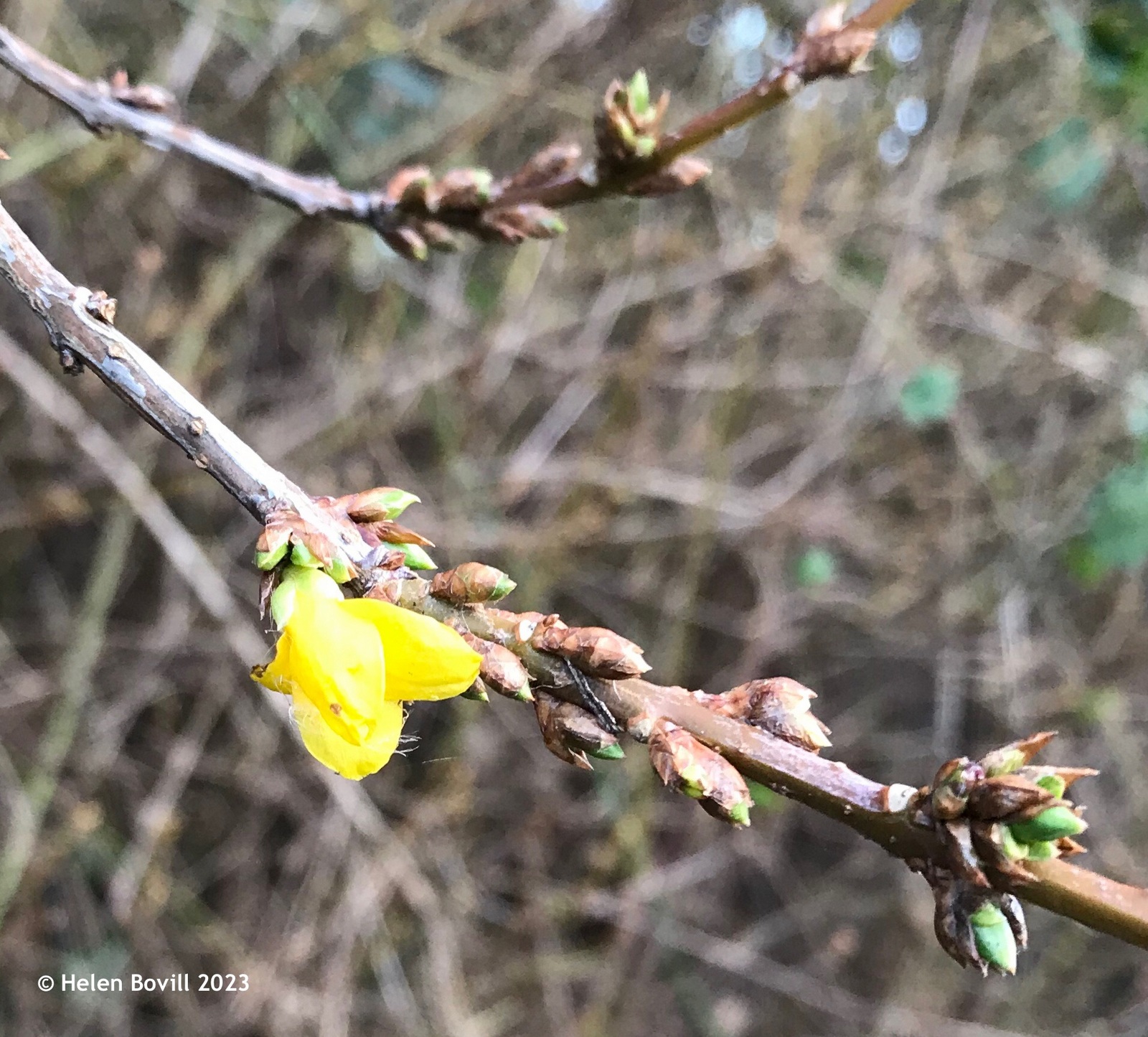
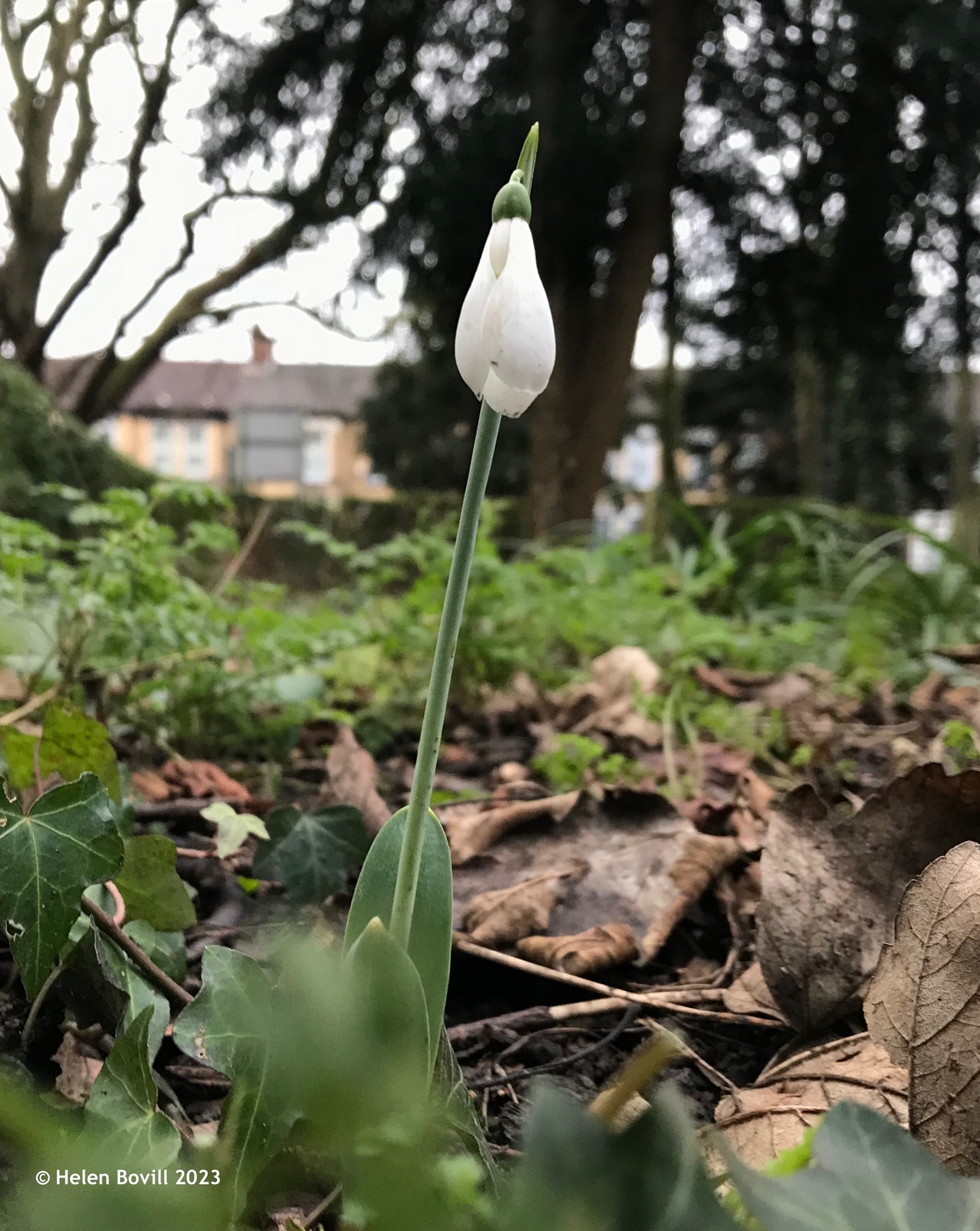
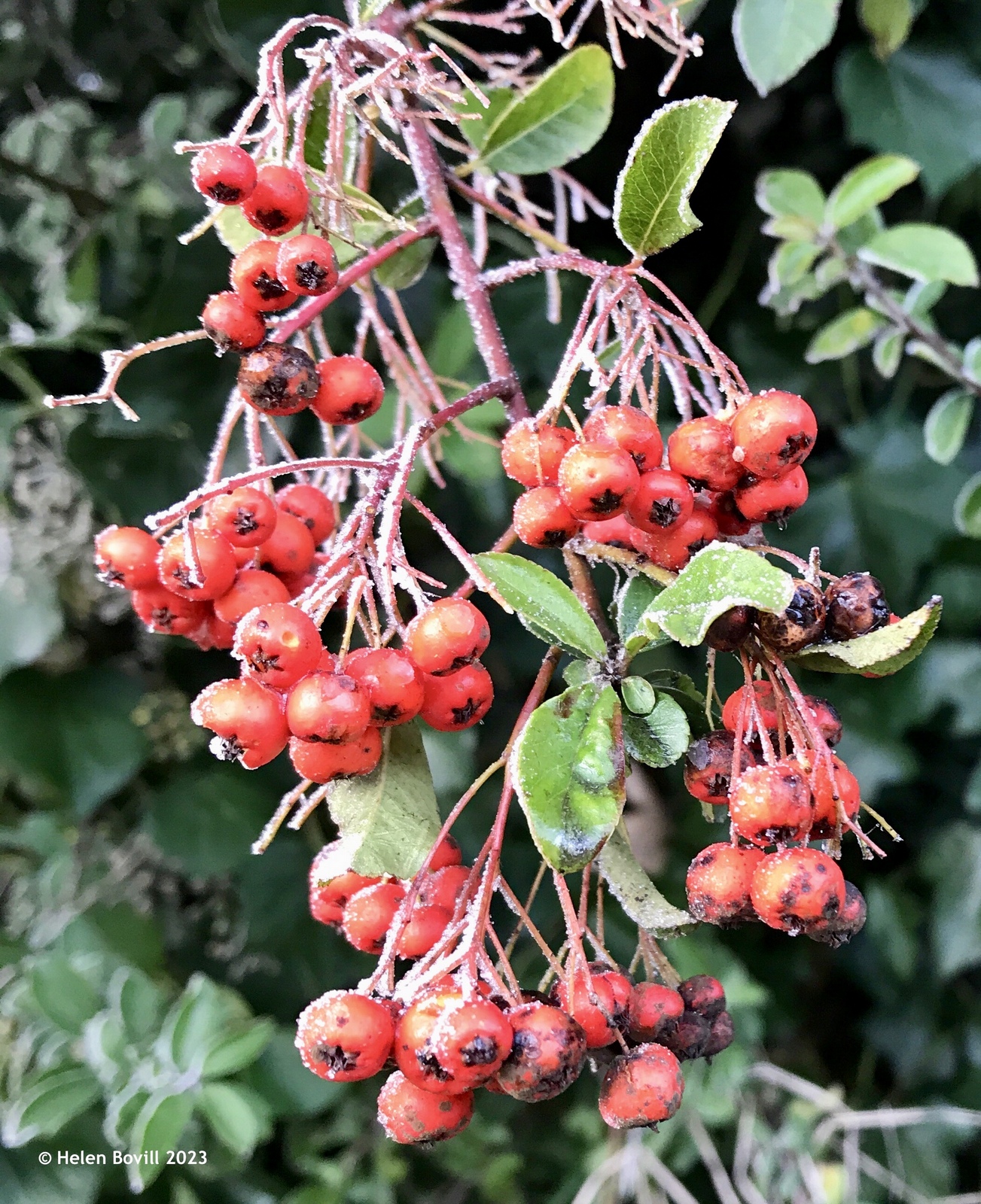

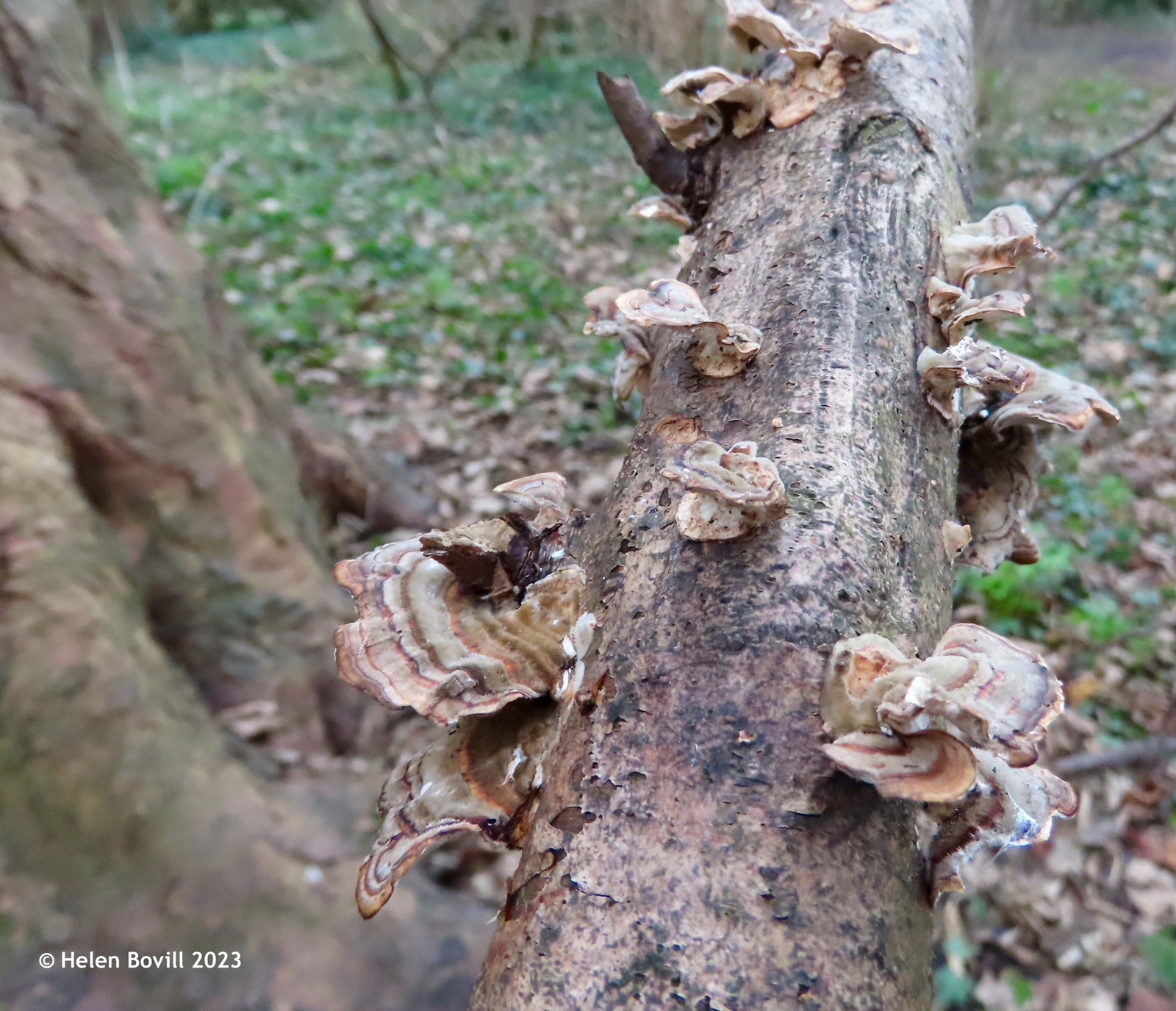
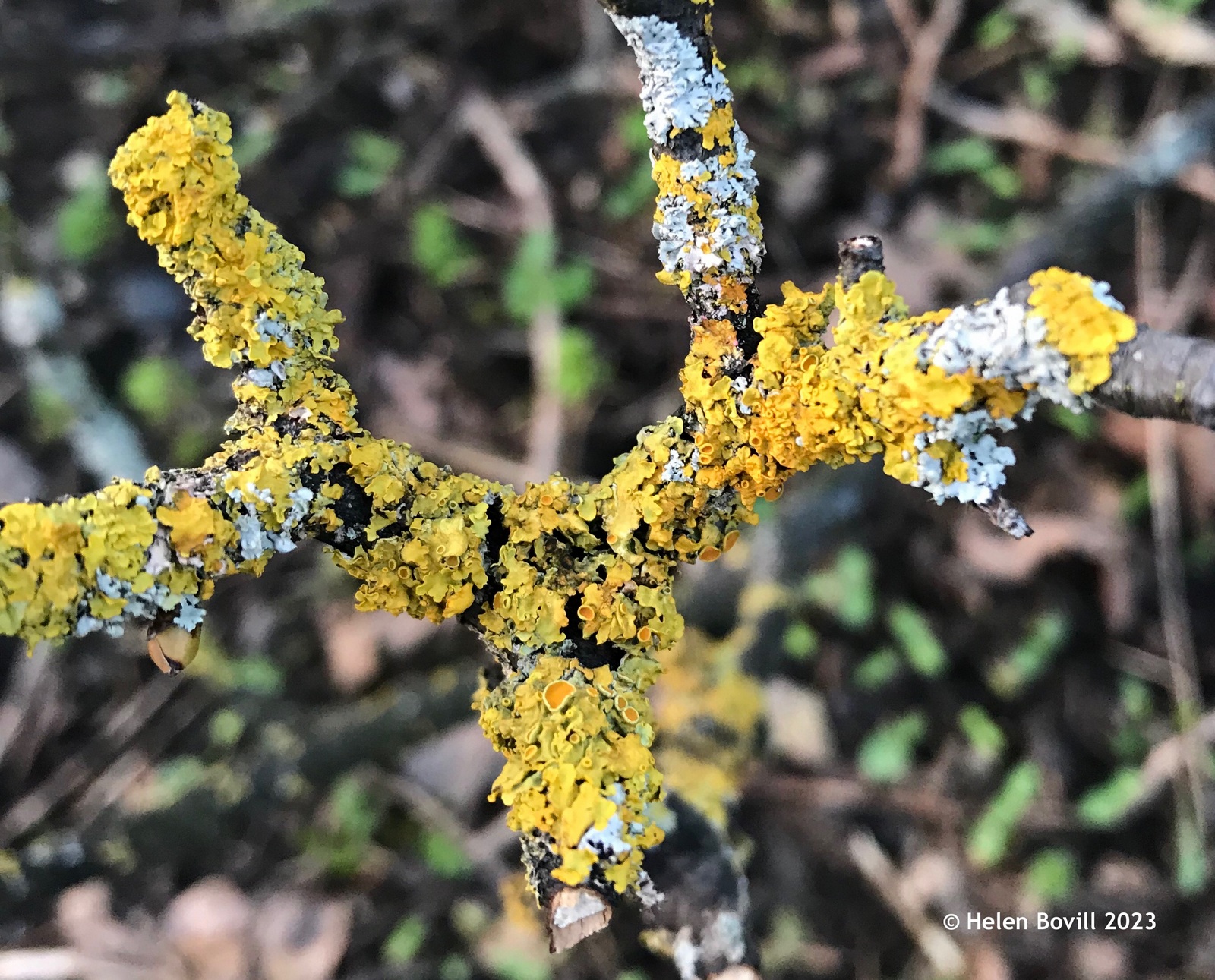
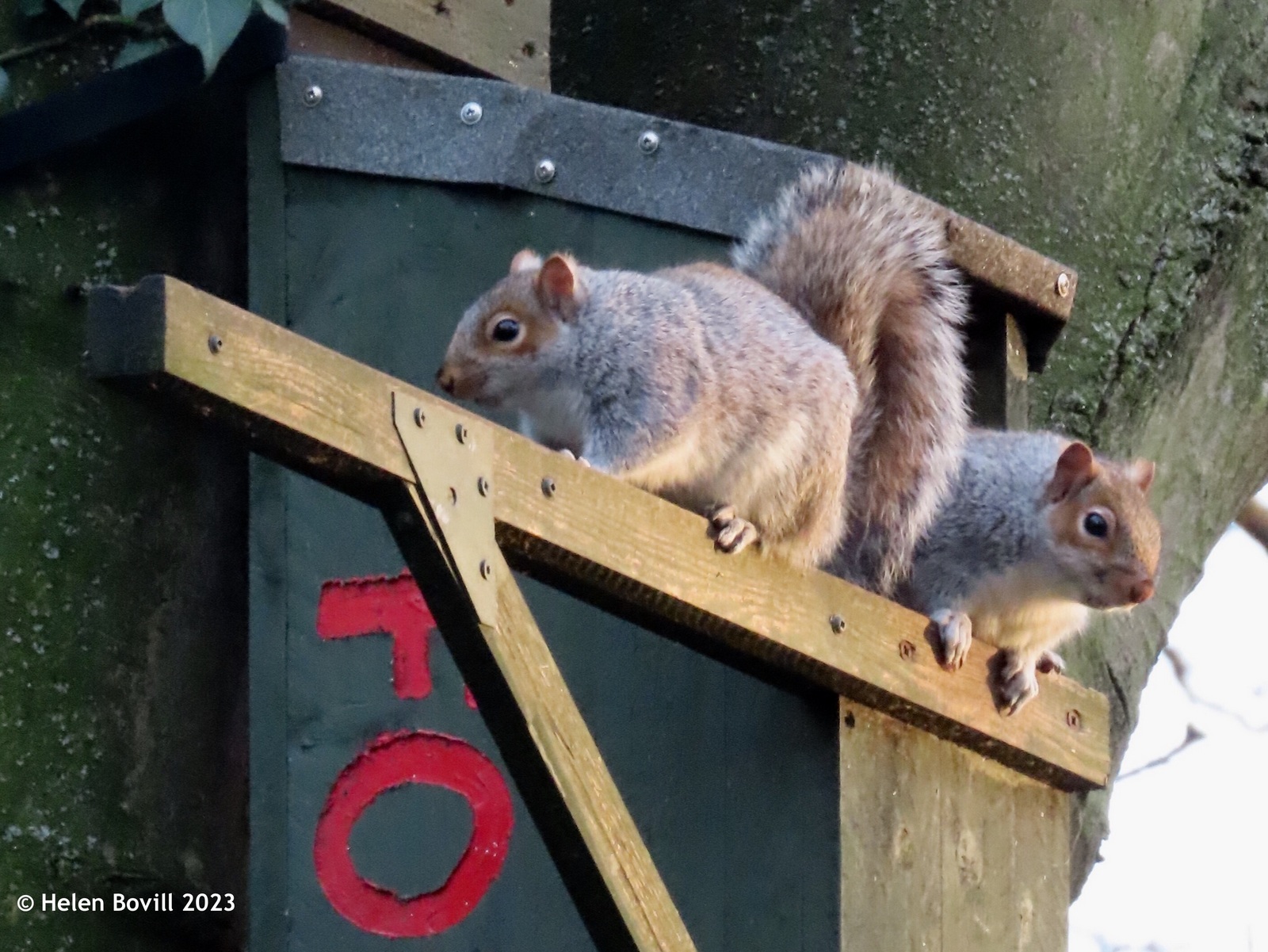

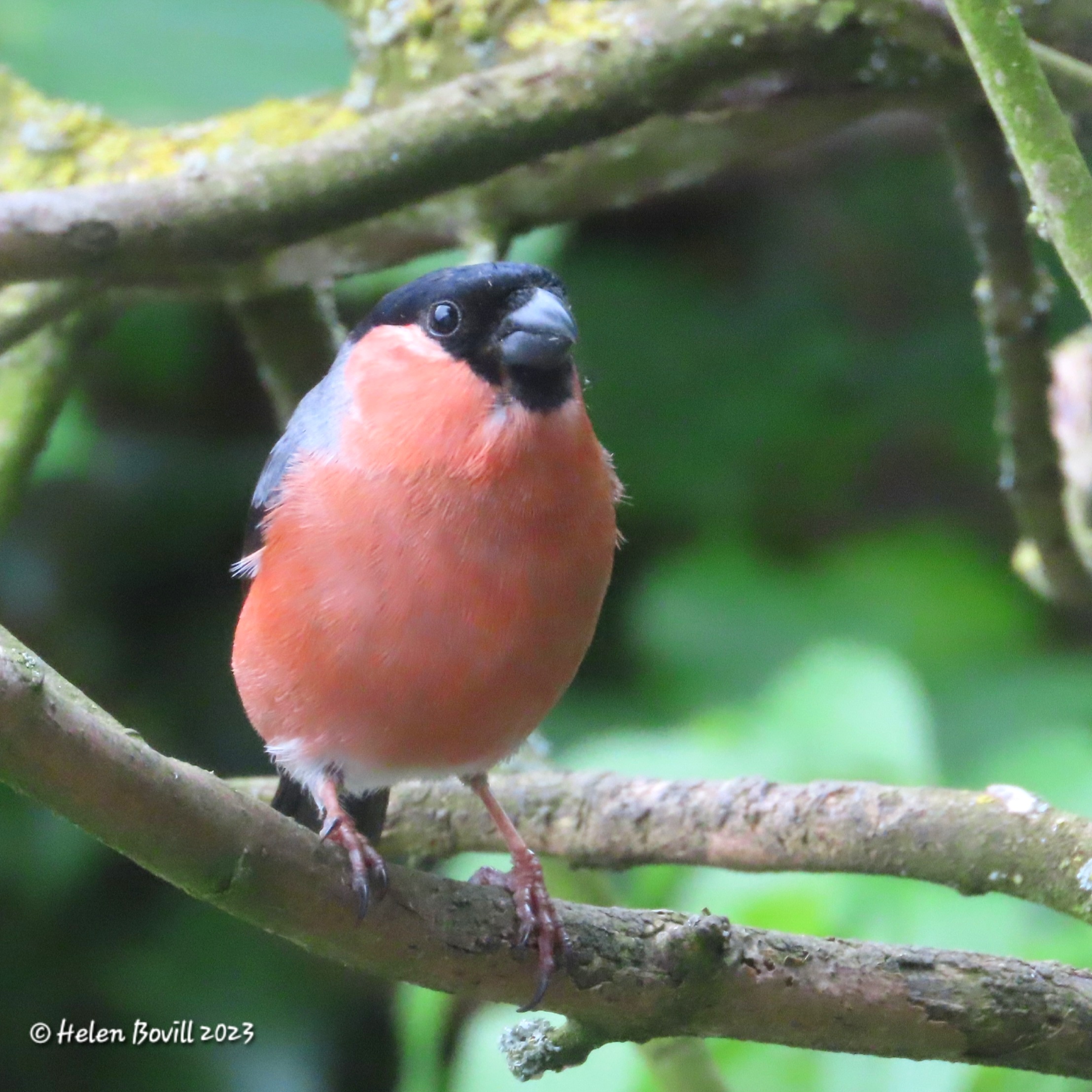
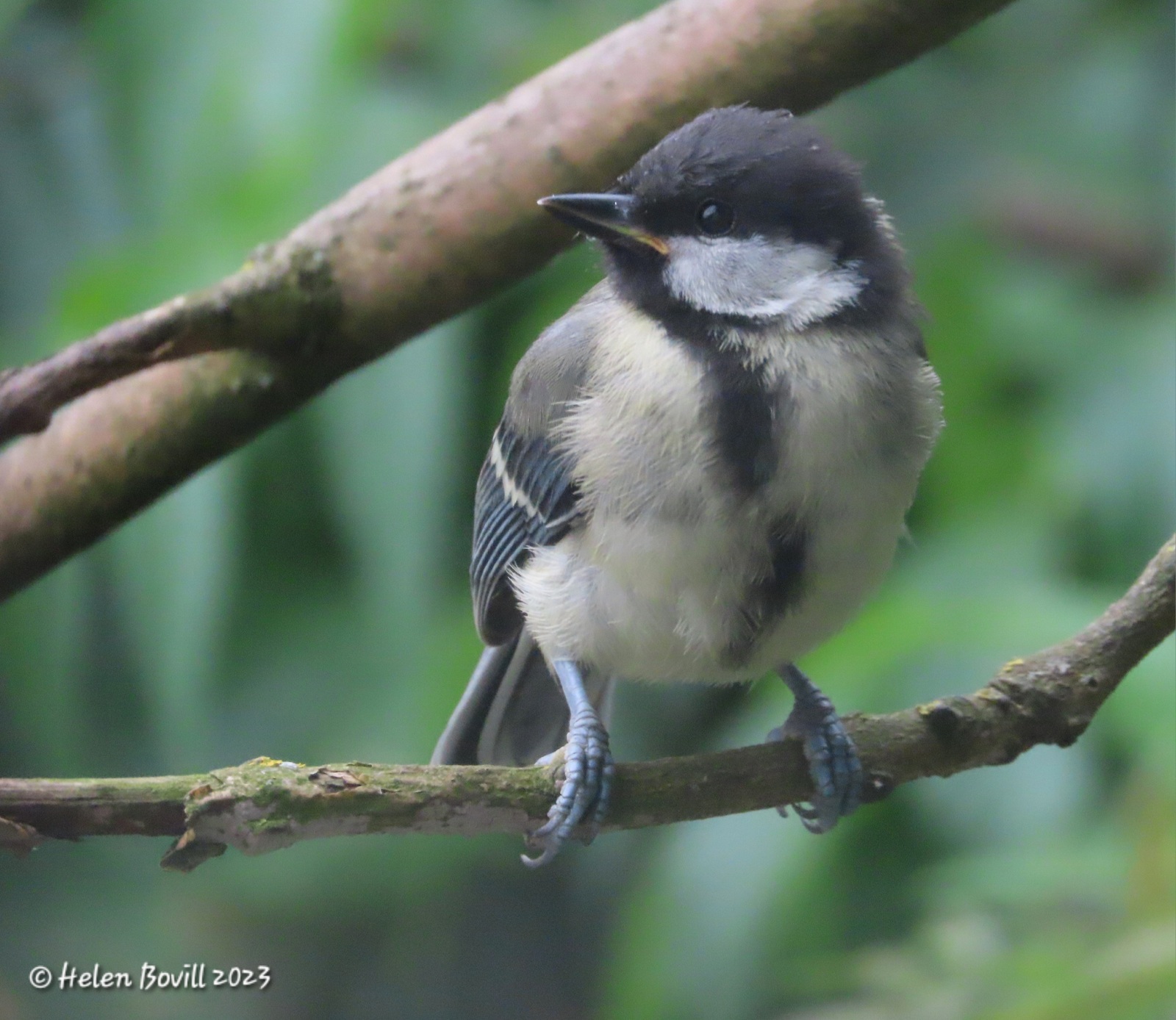
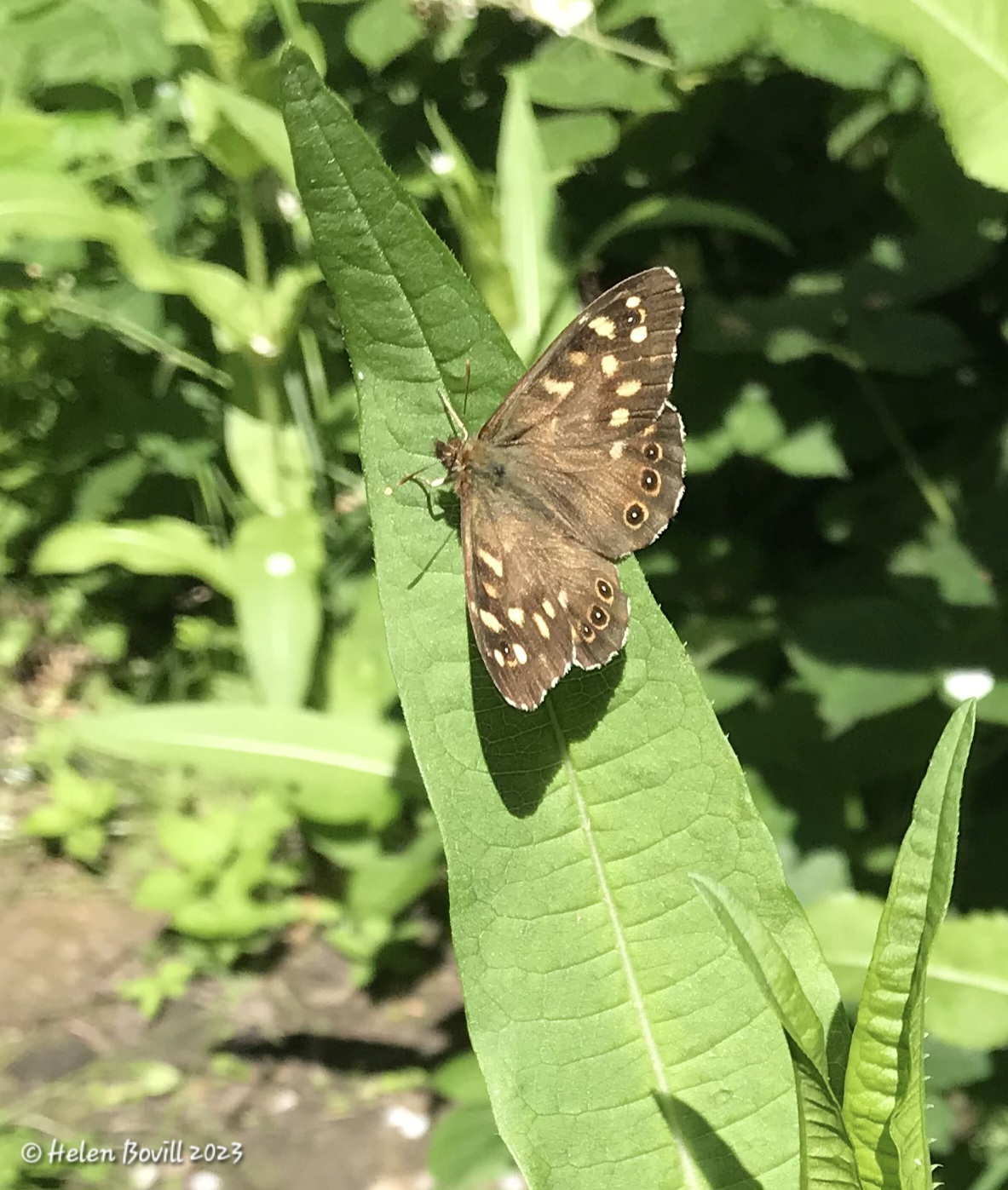
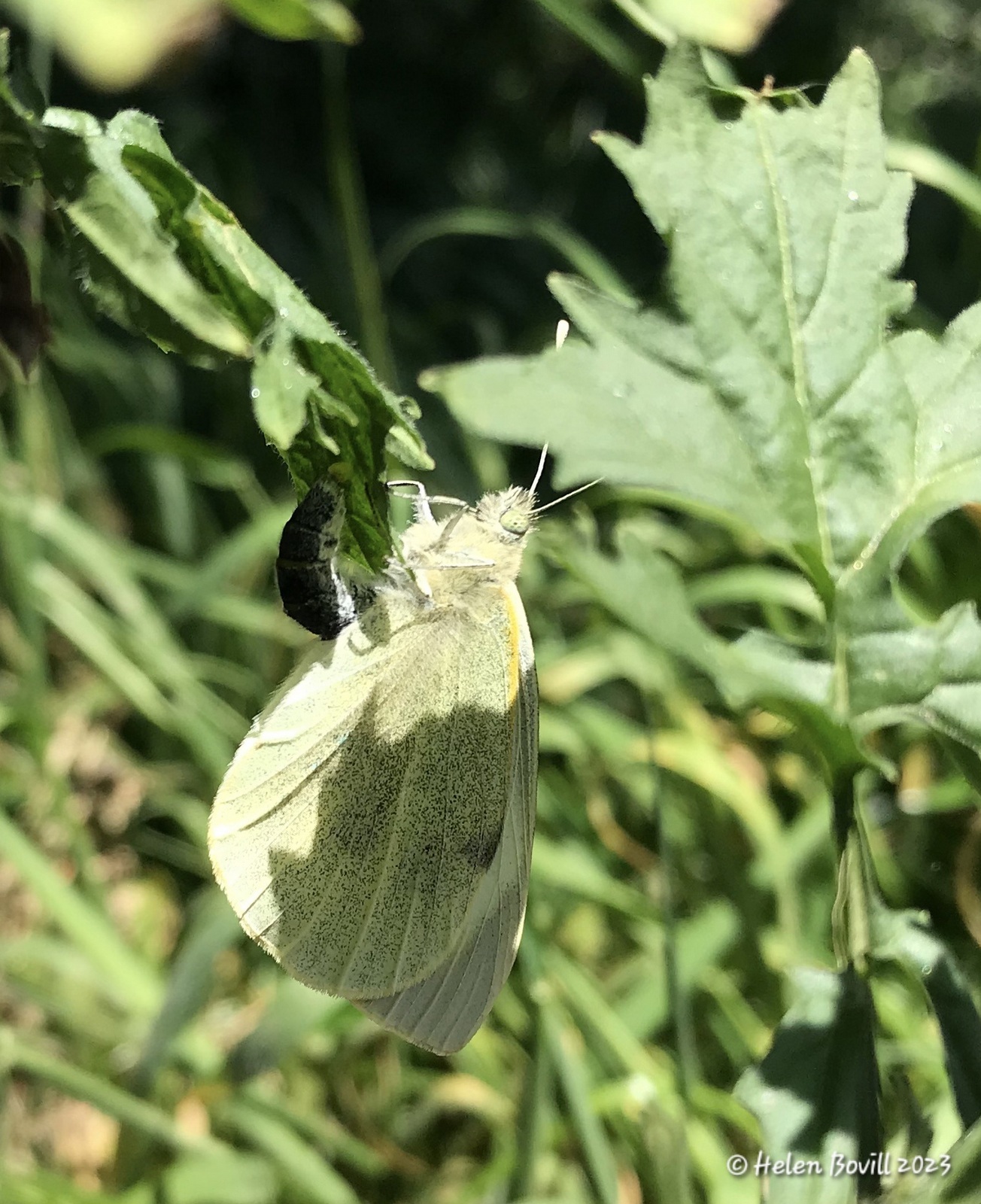
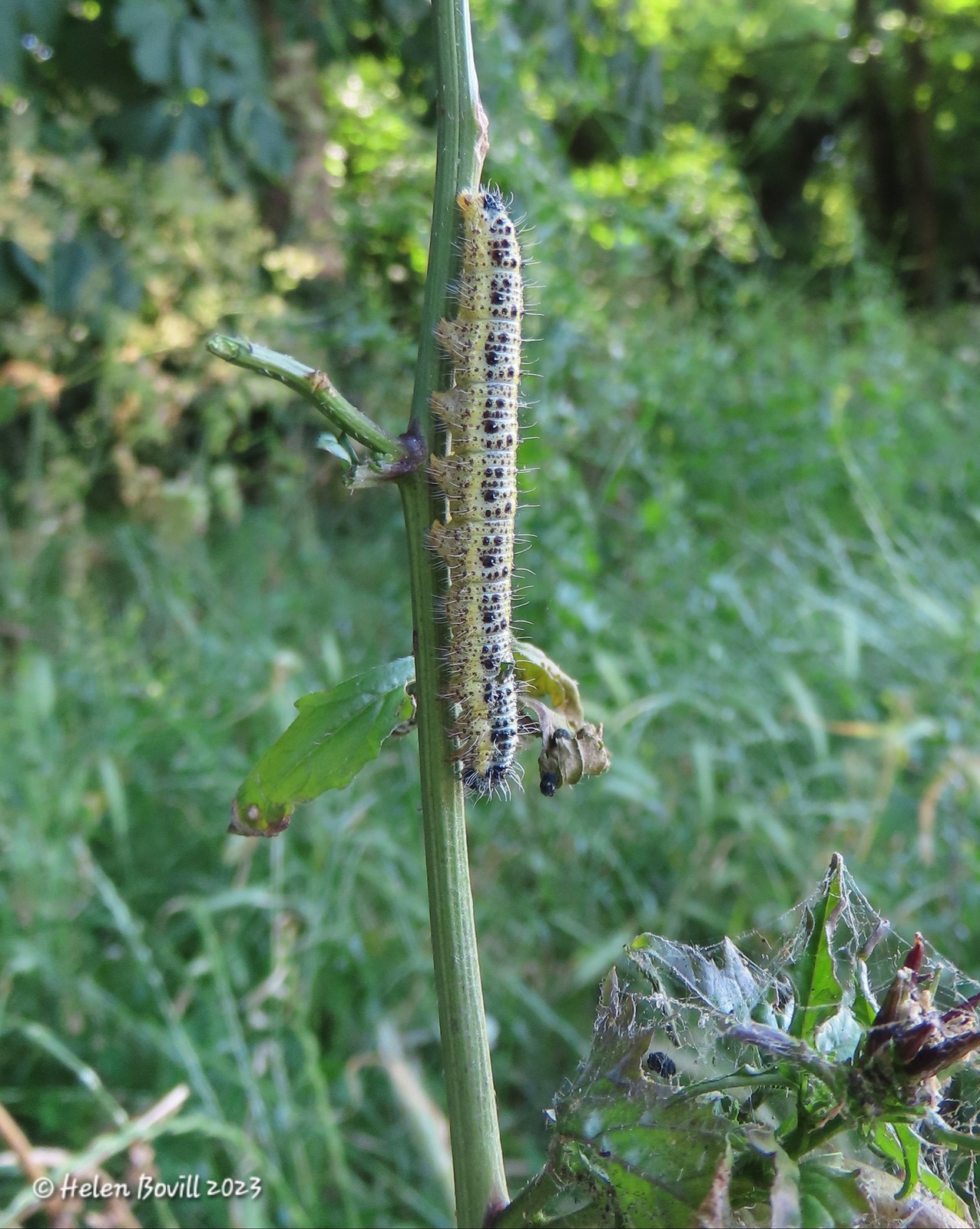
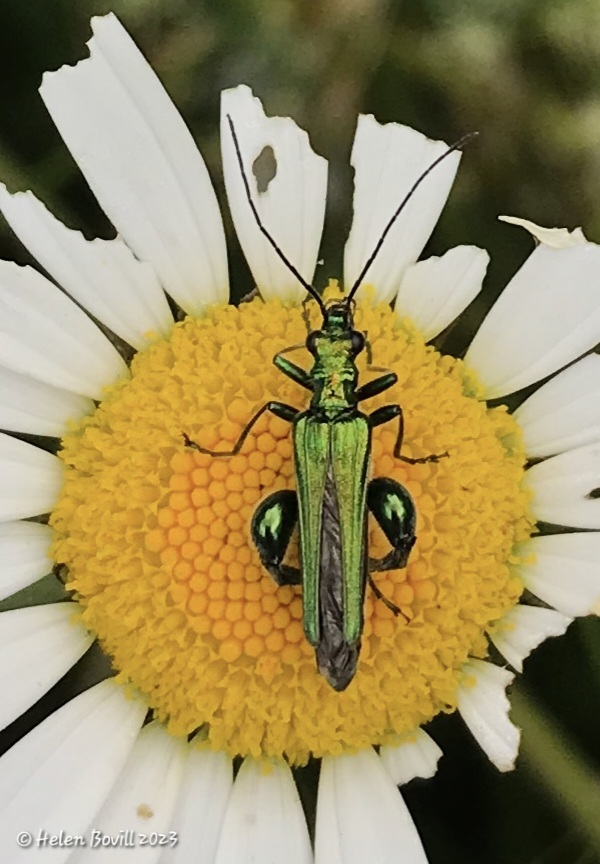
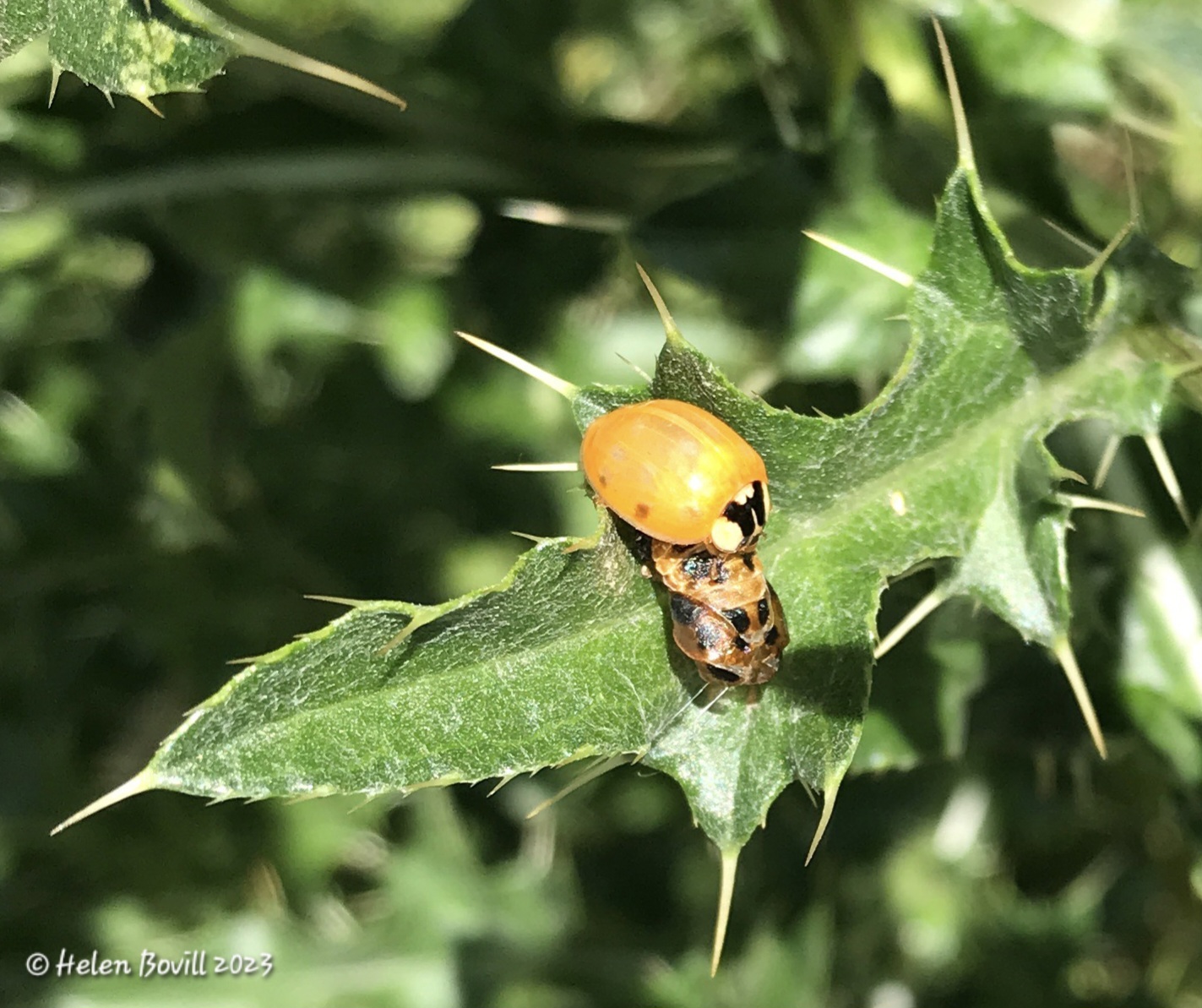
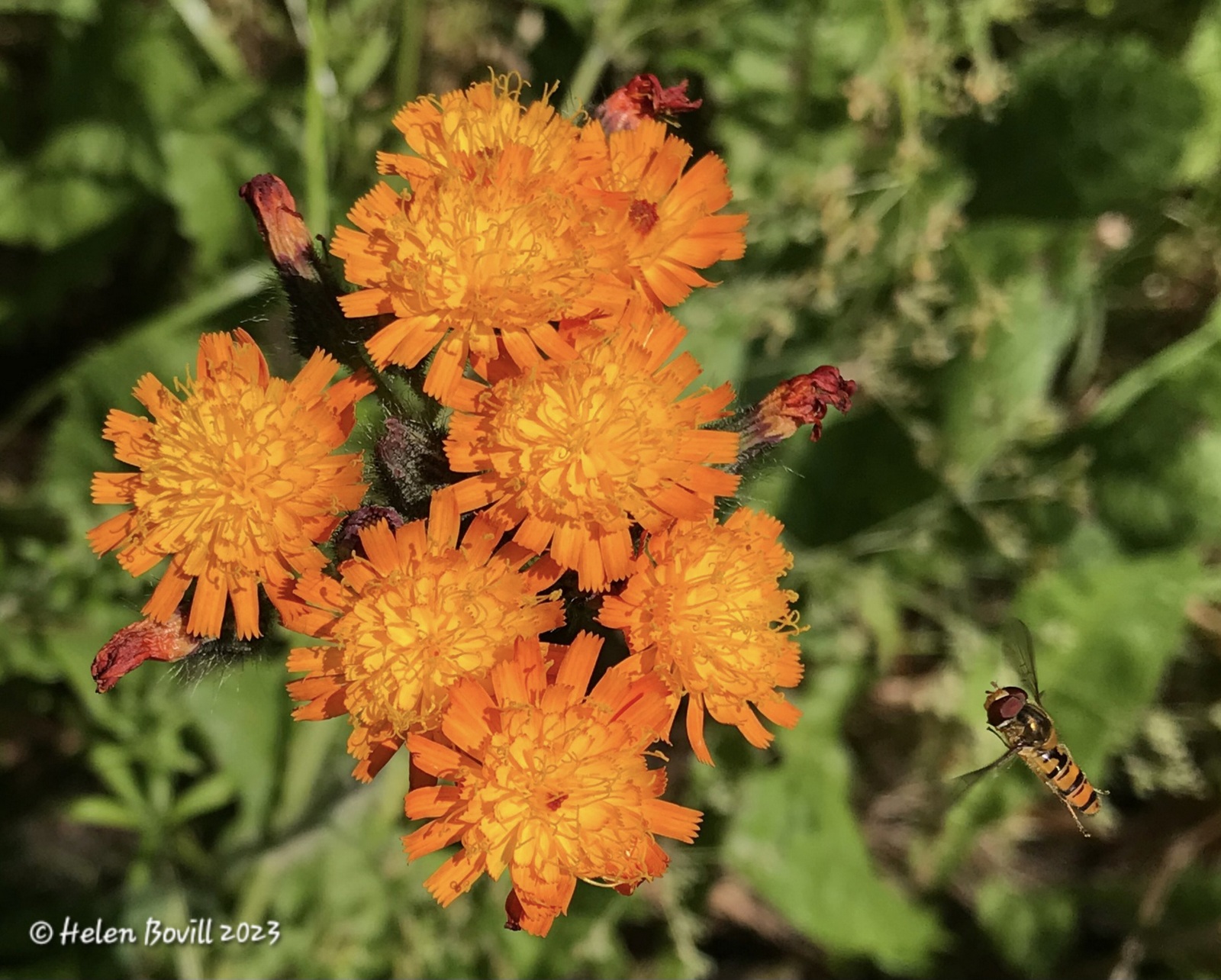
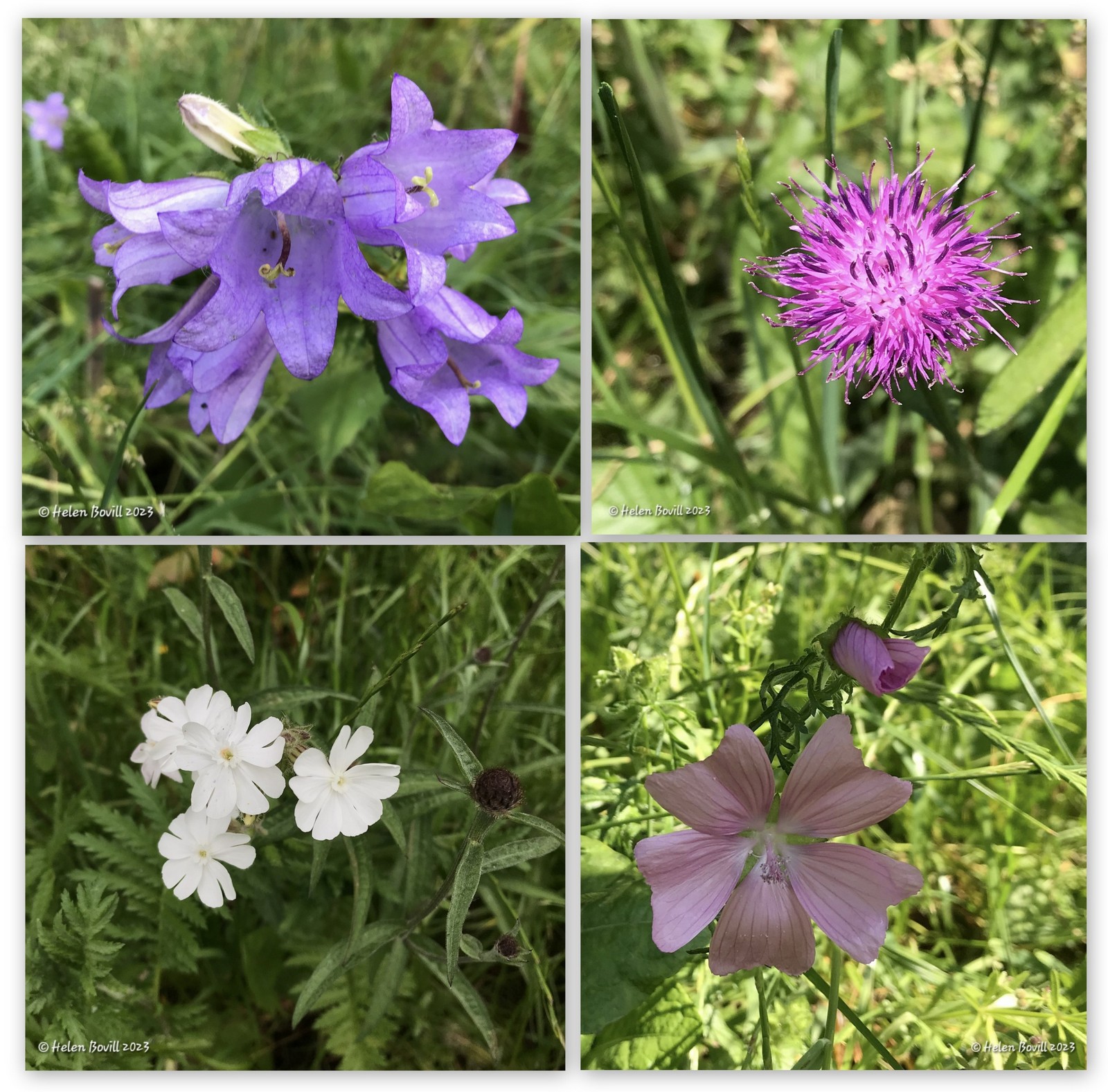
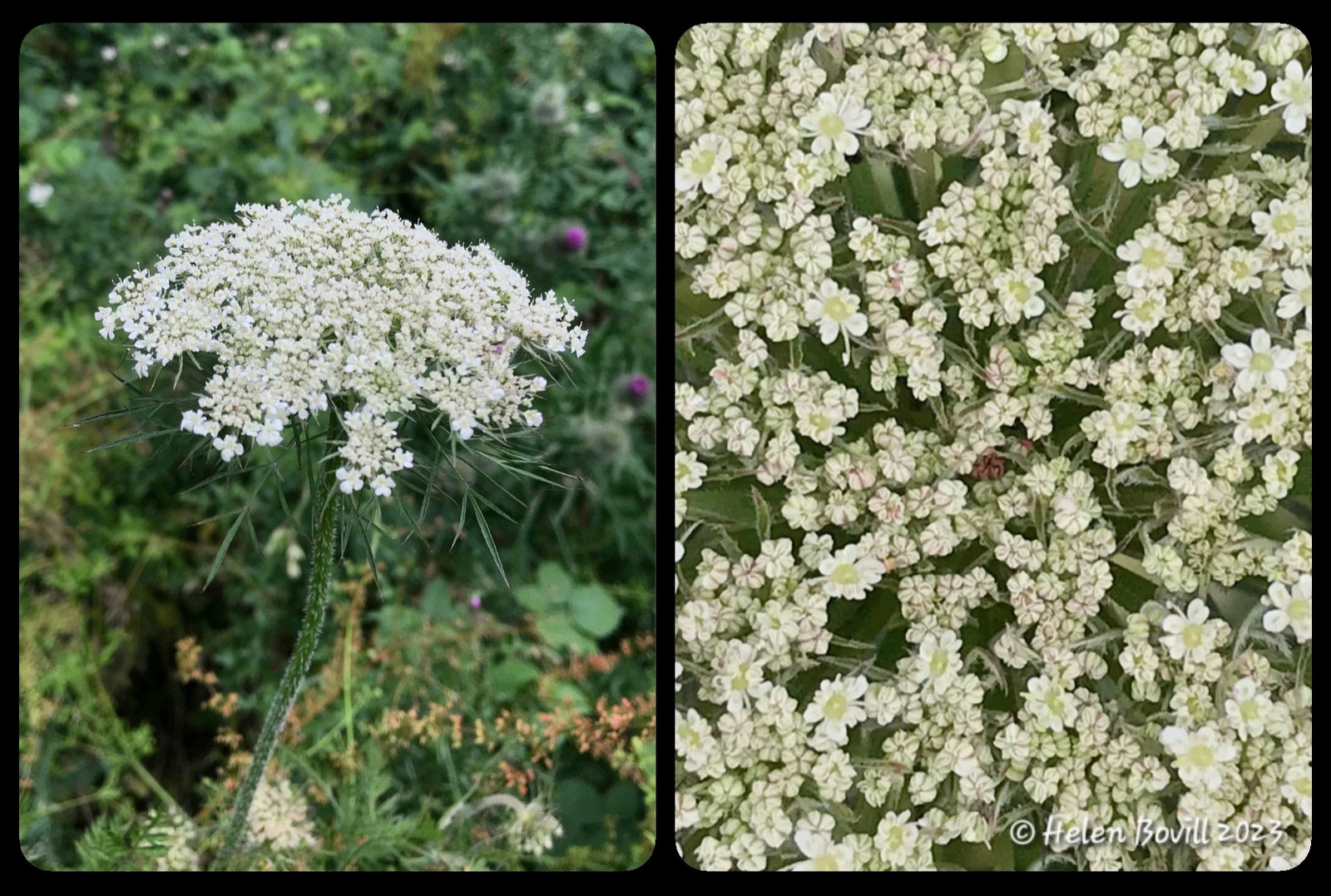
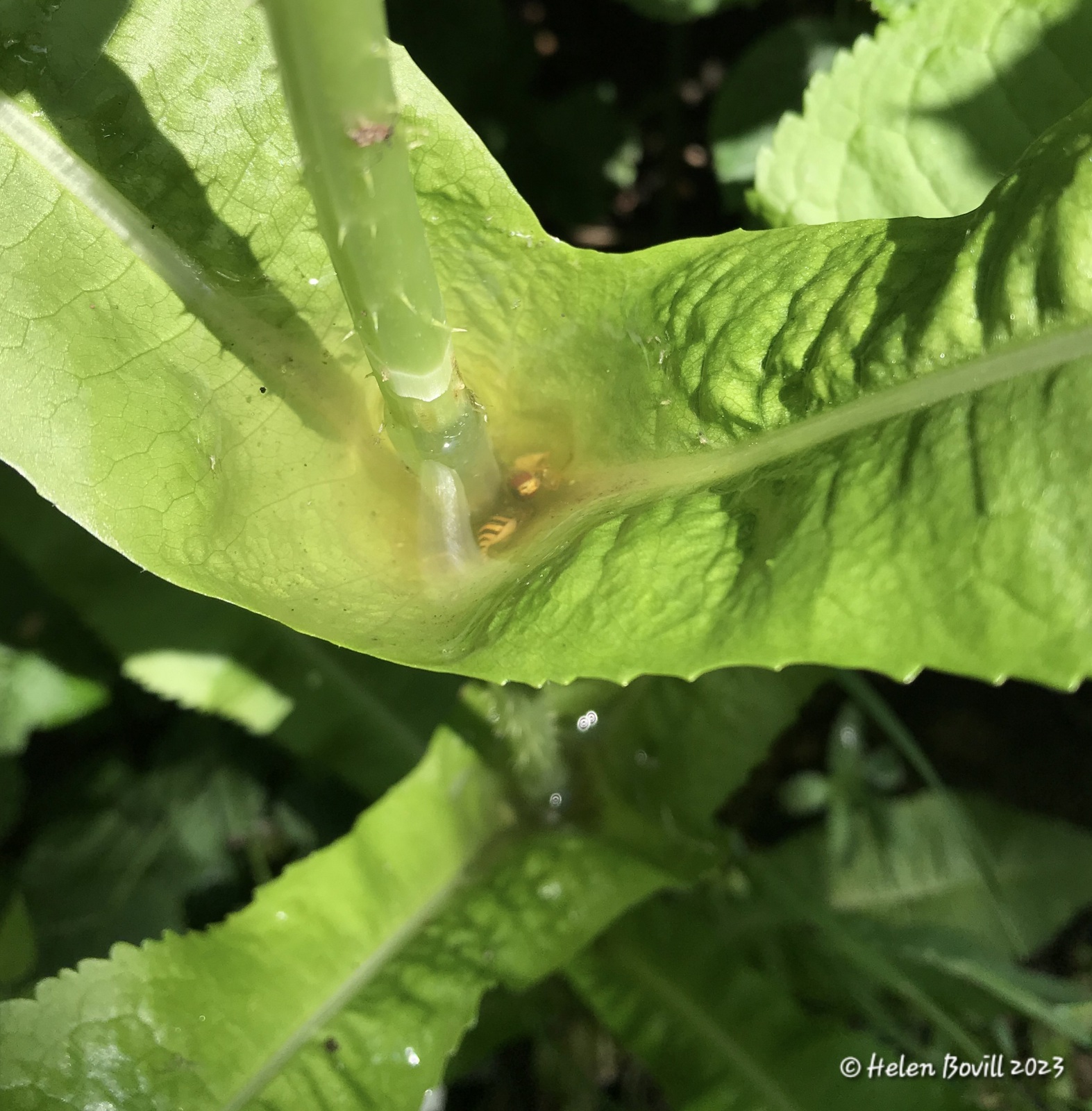
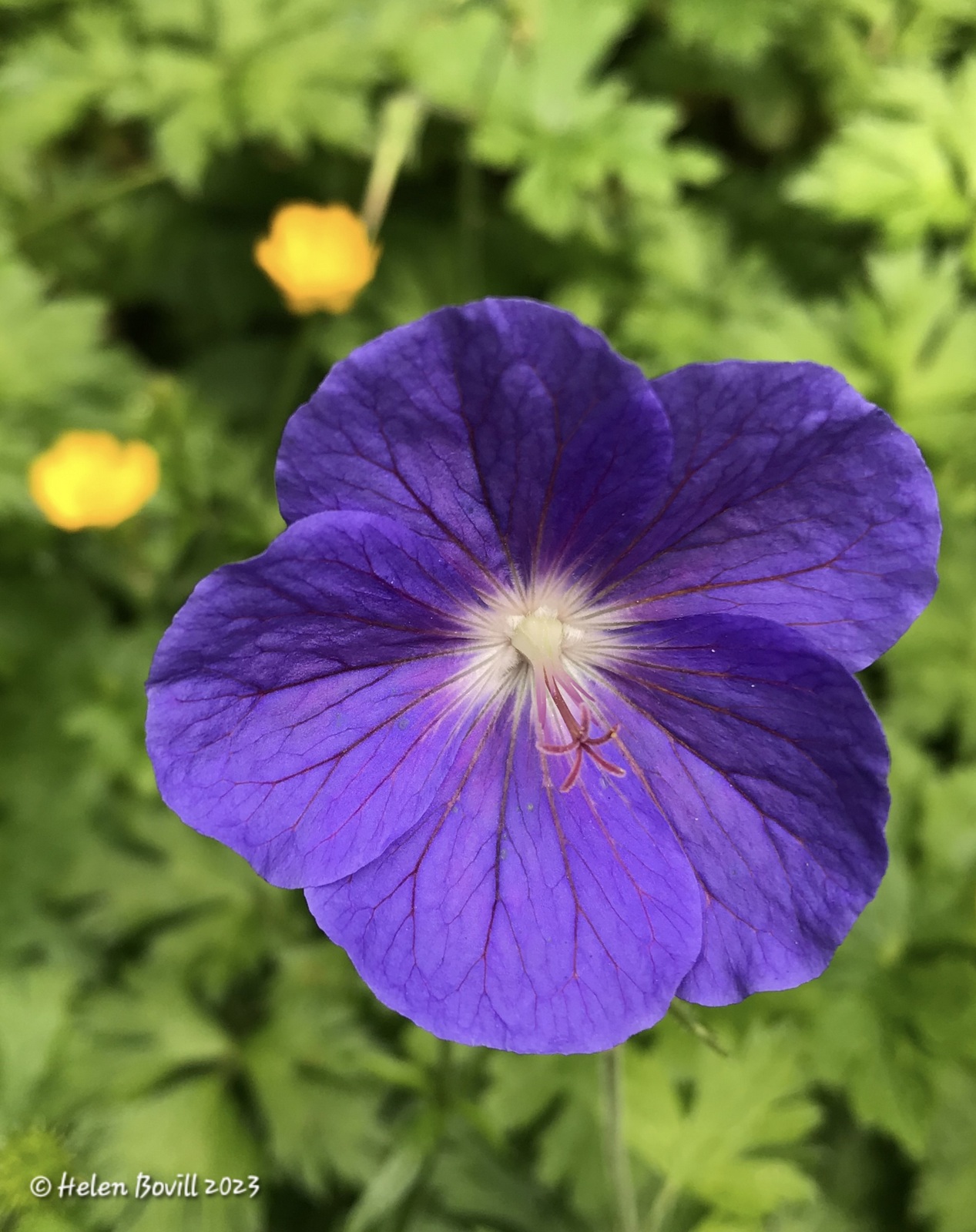
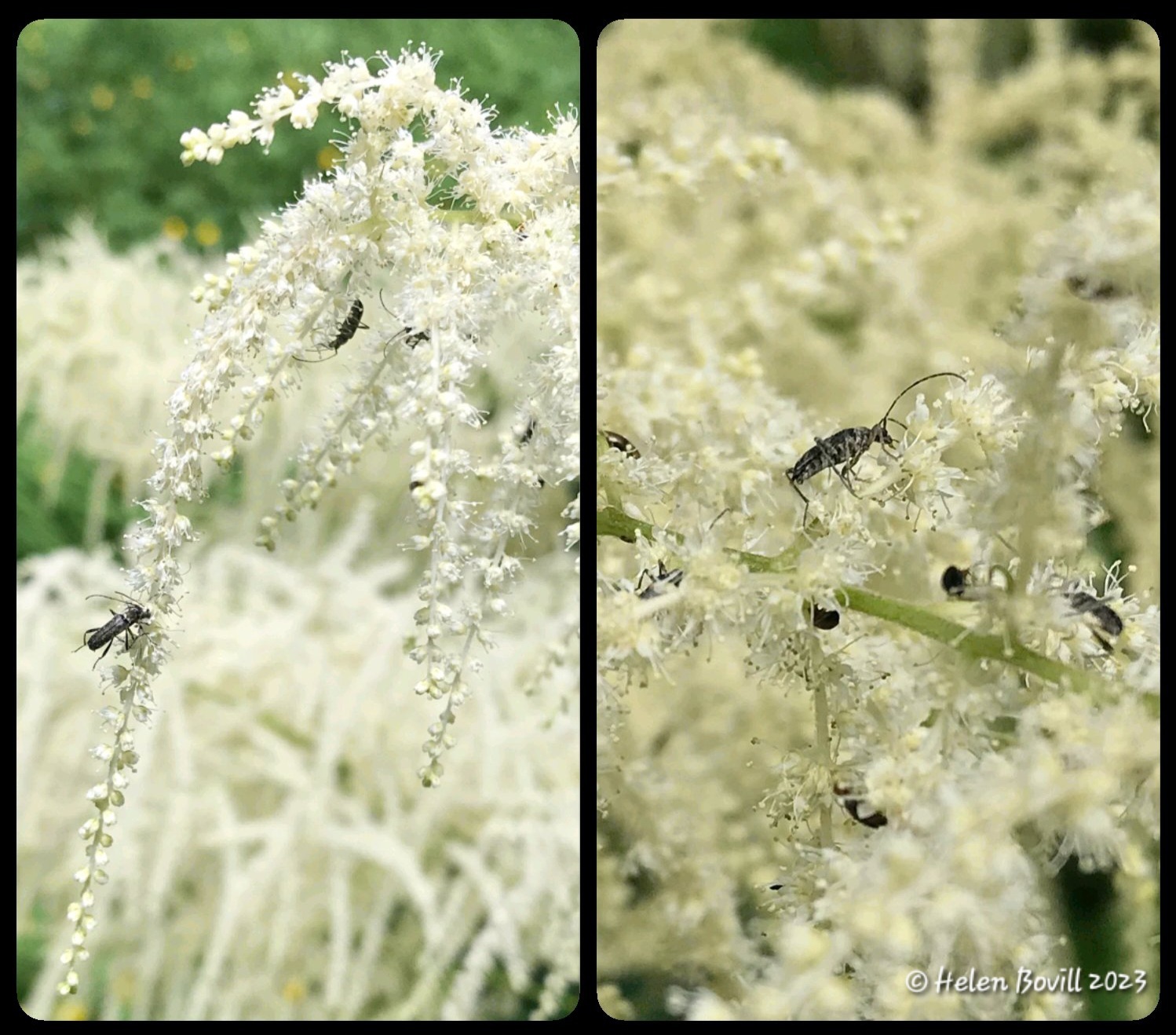 Astilbe
Astilbe